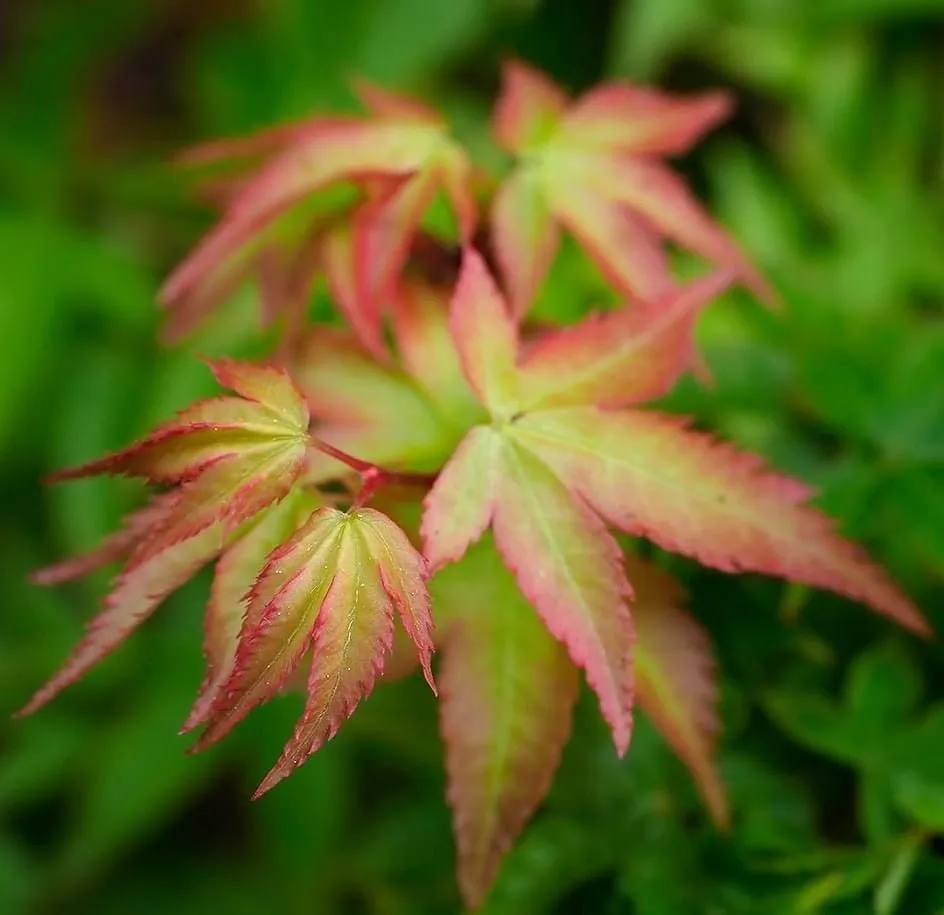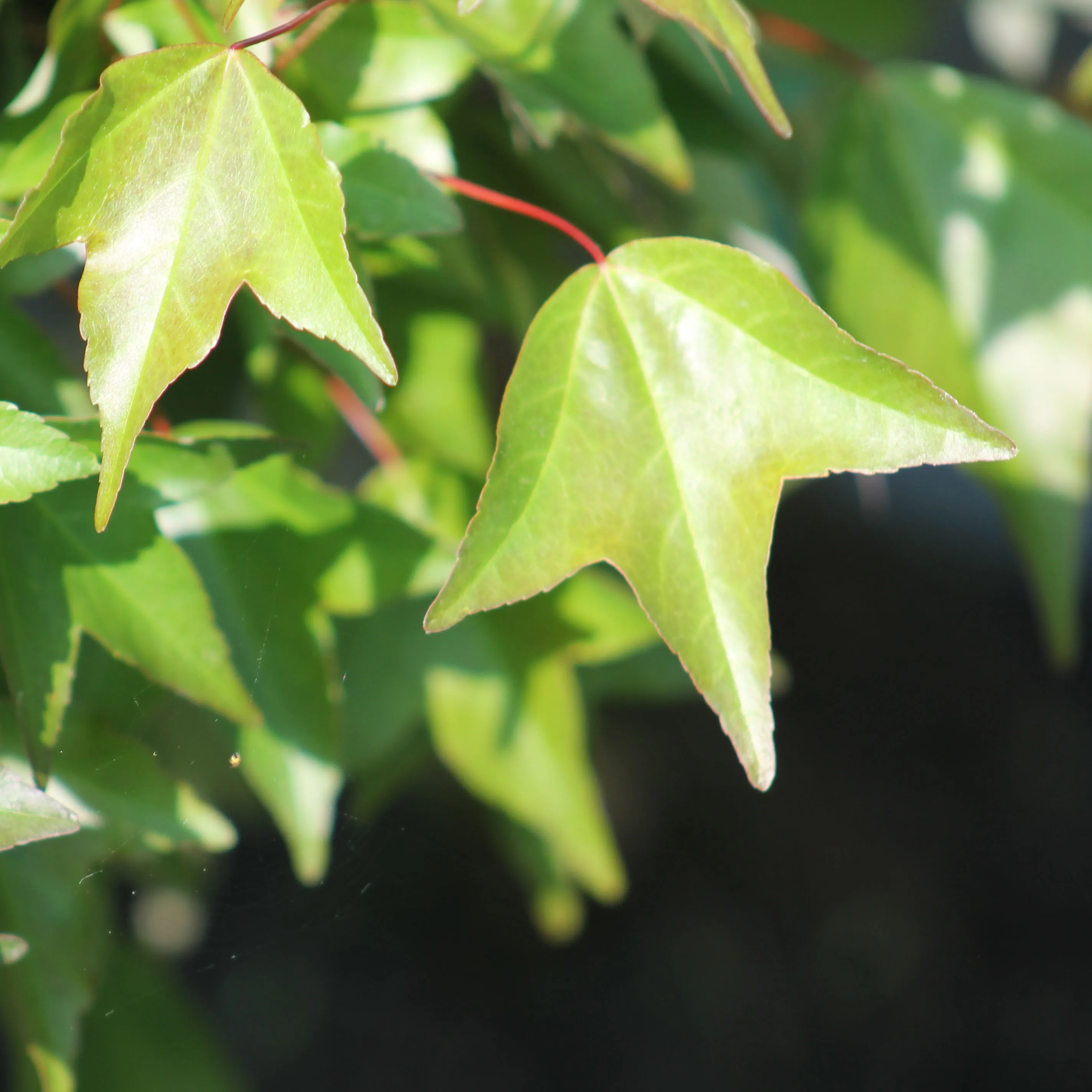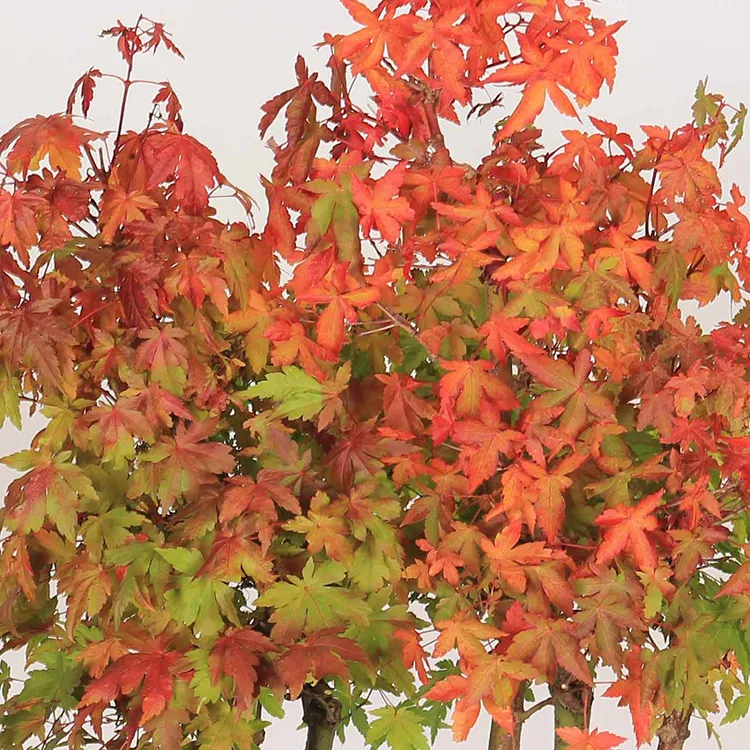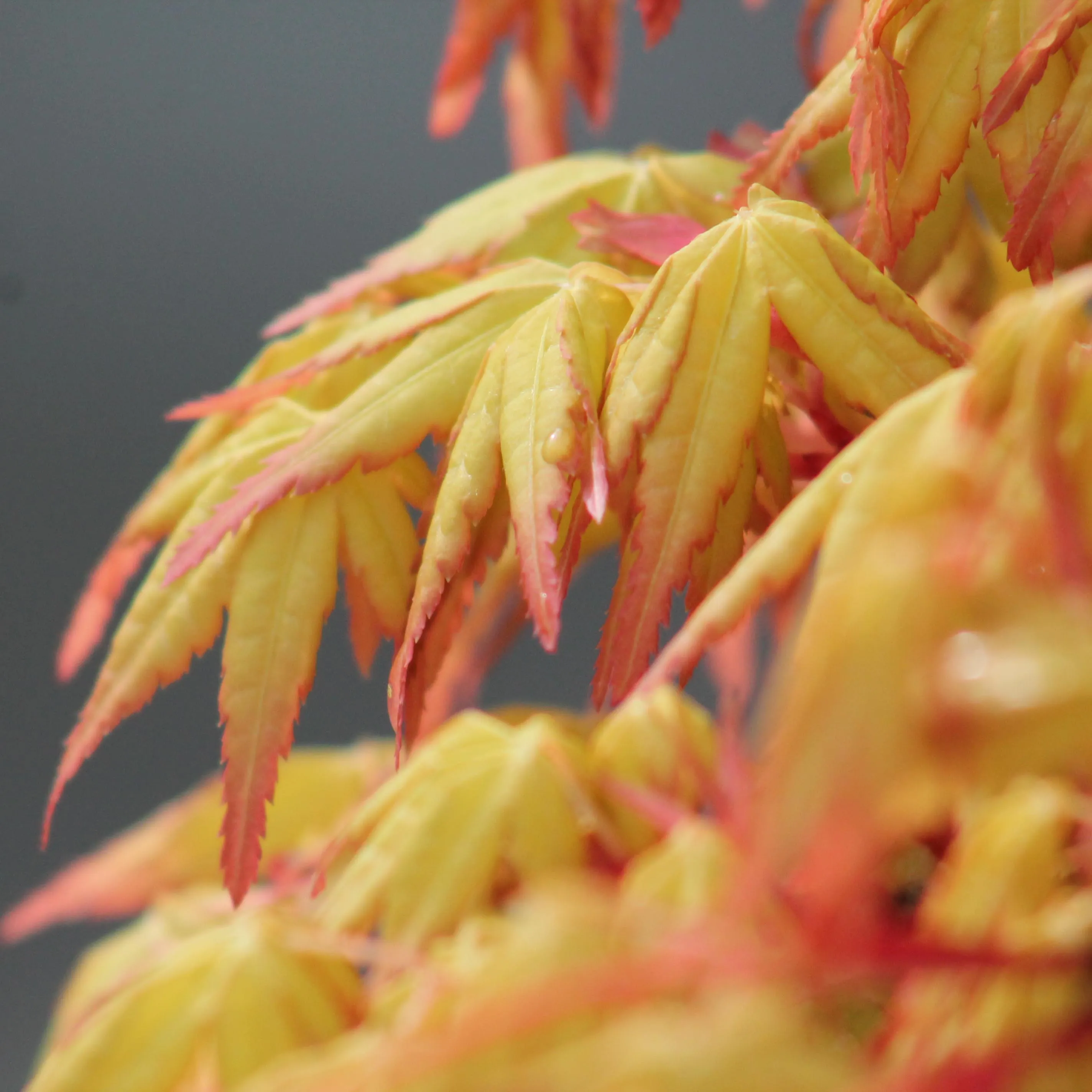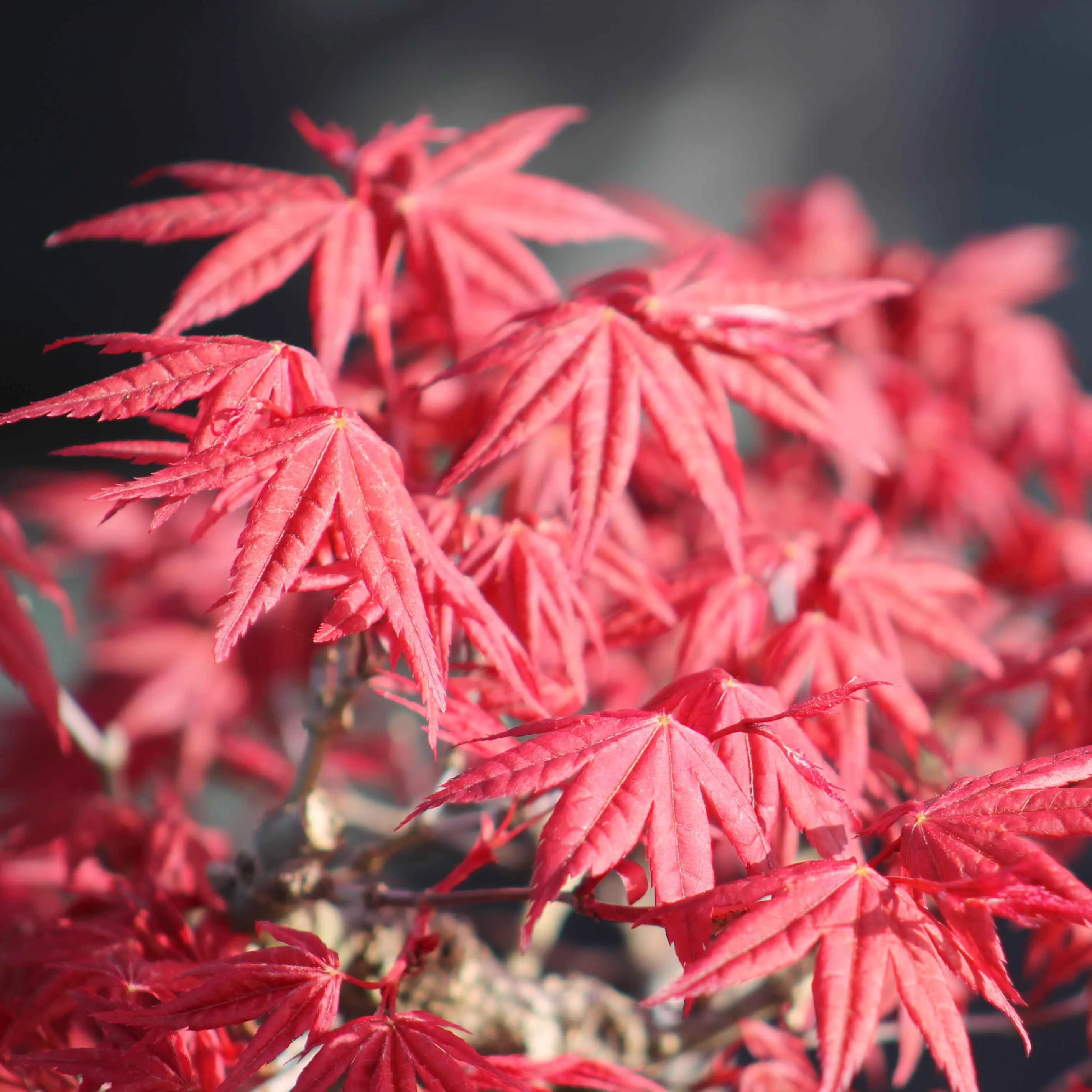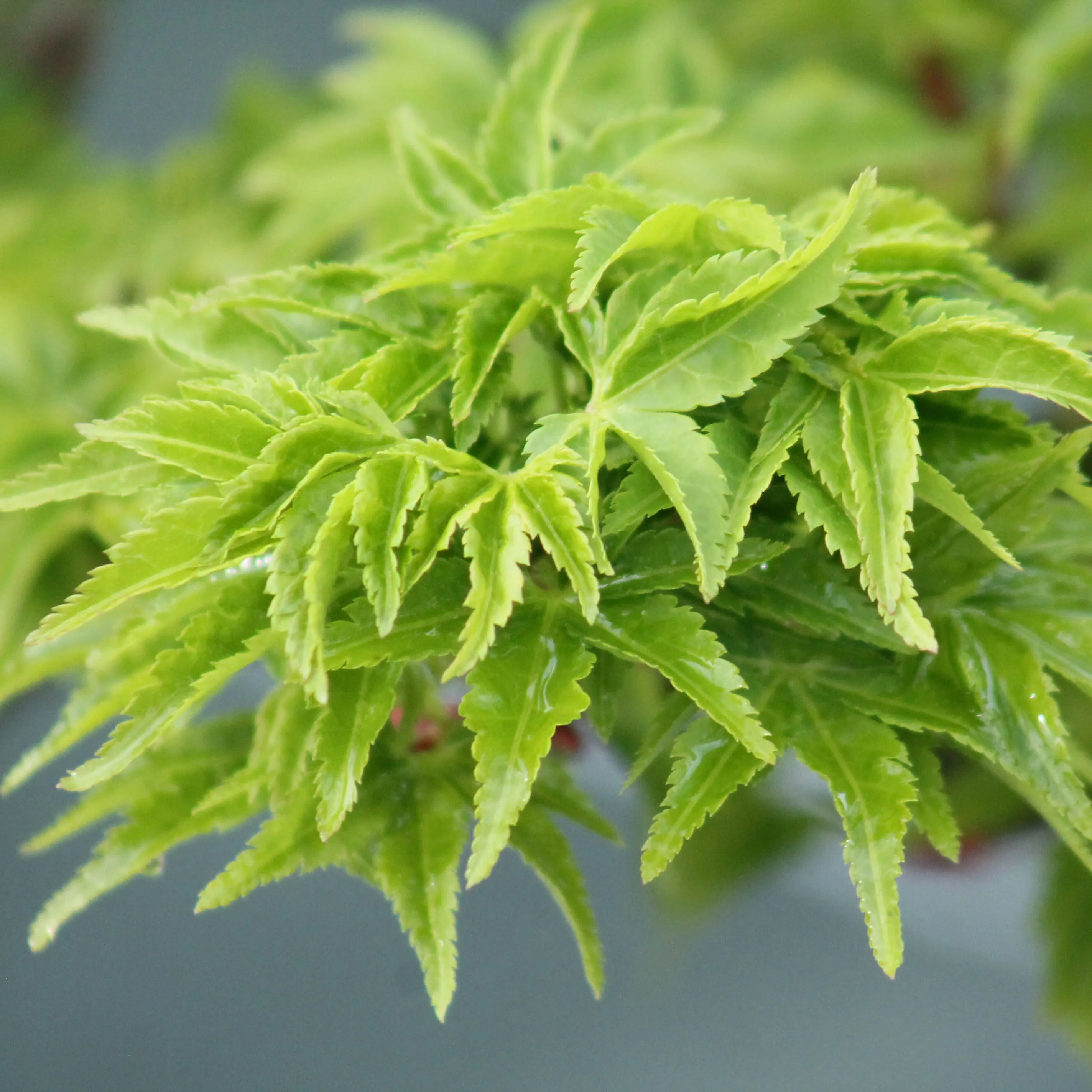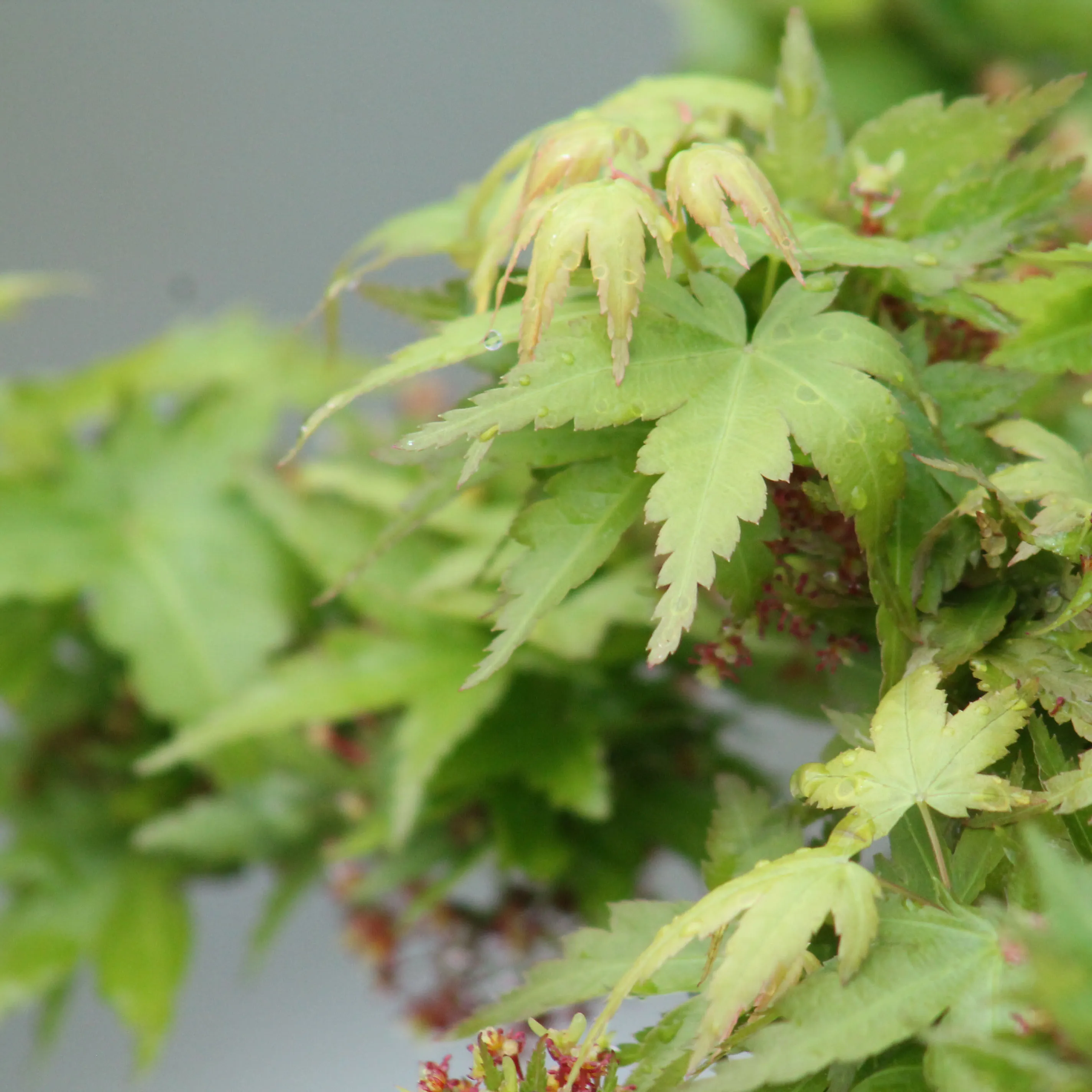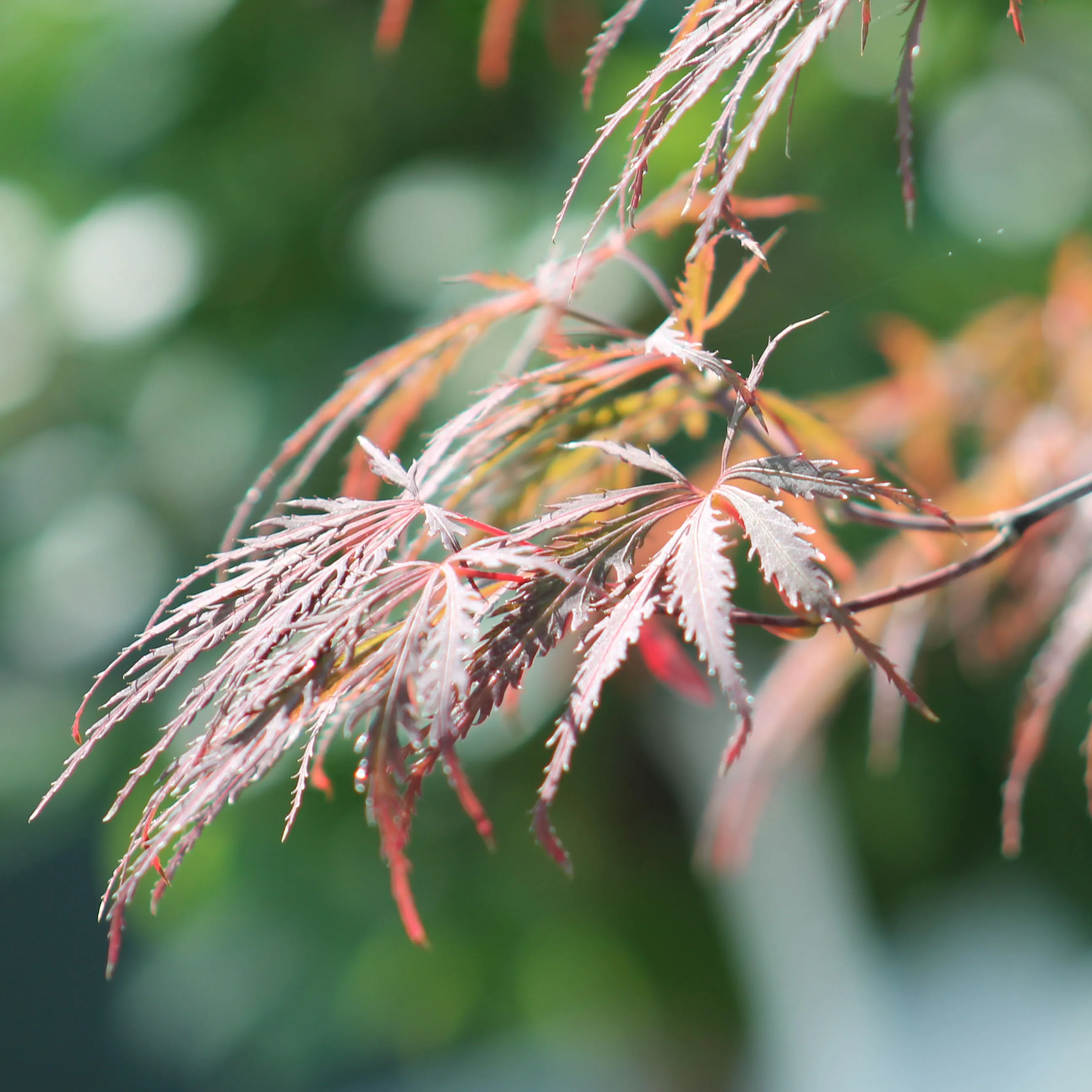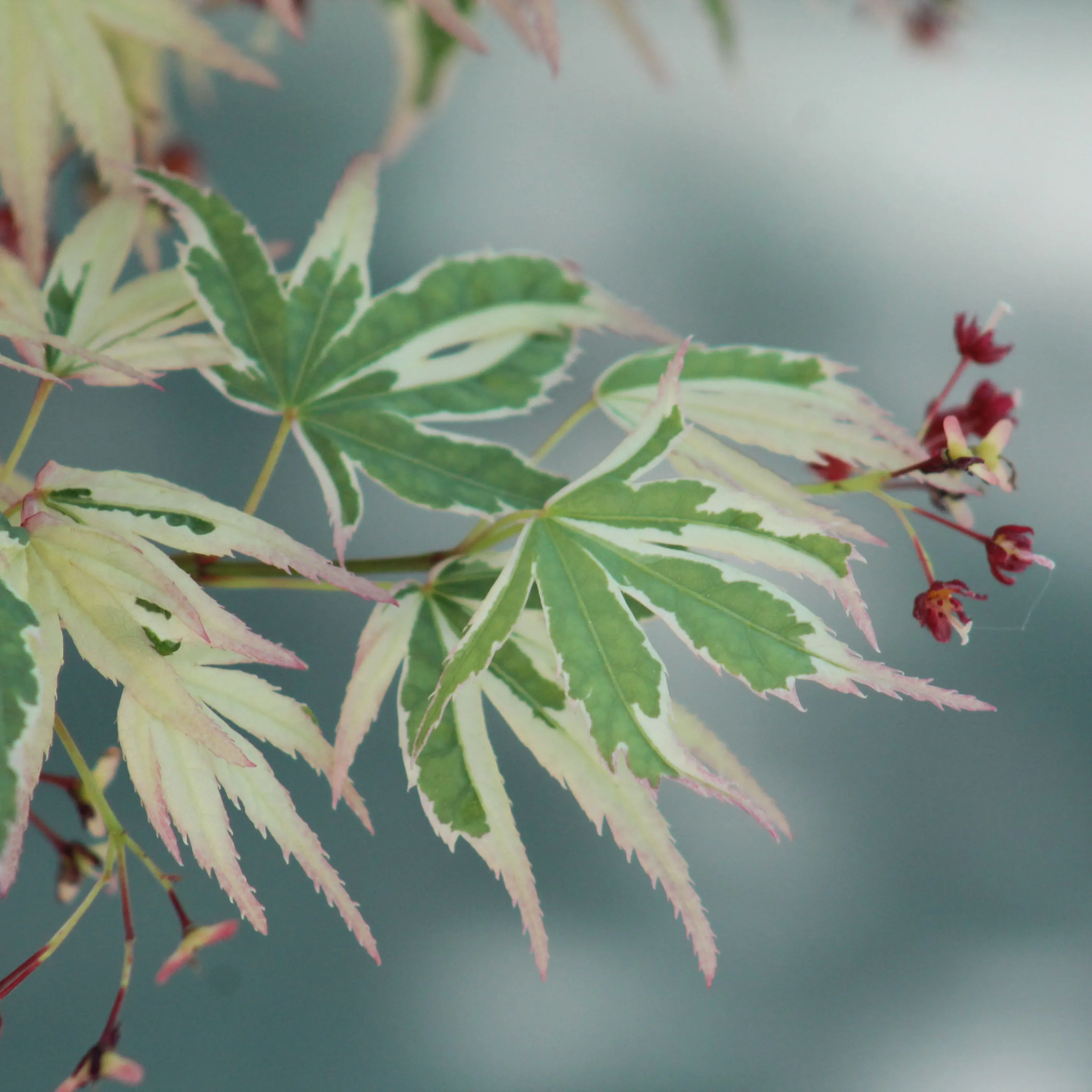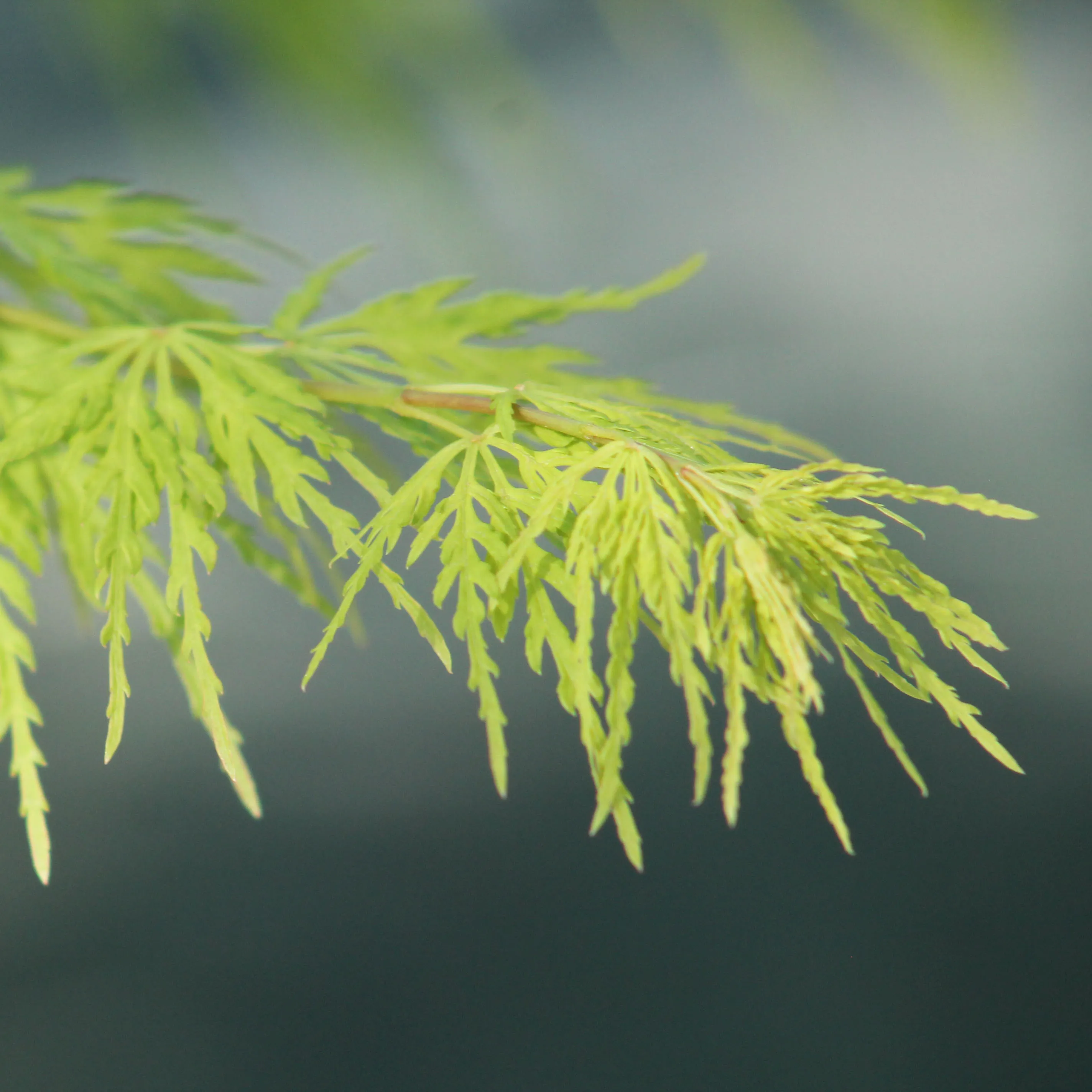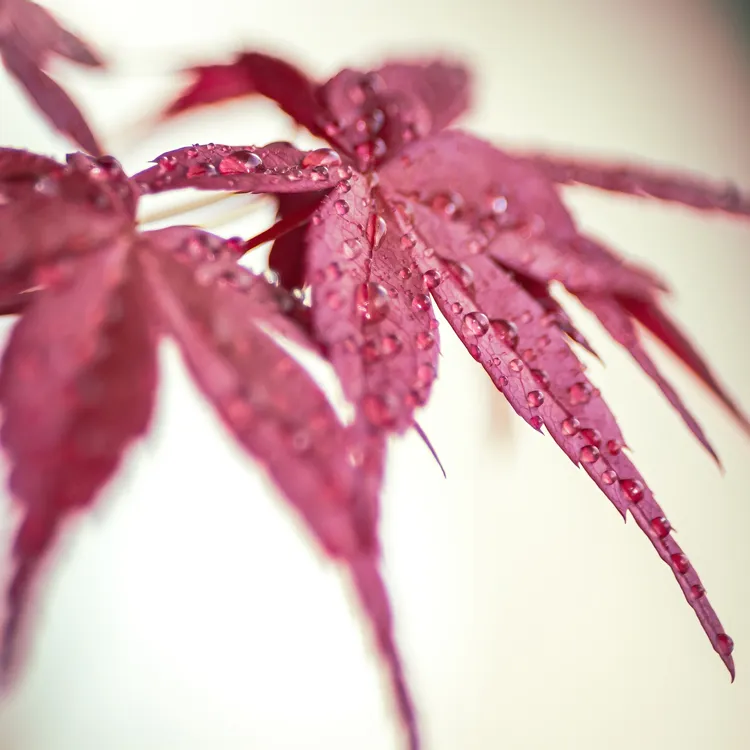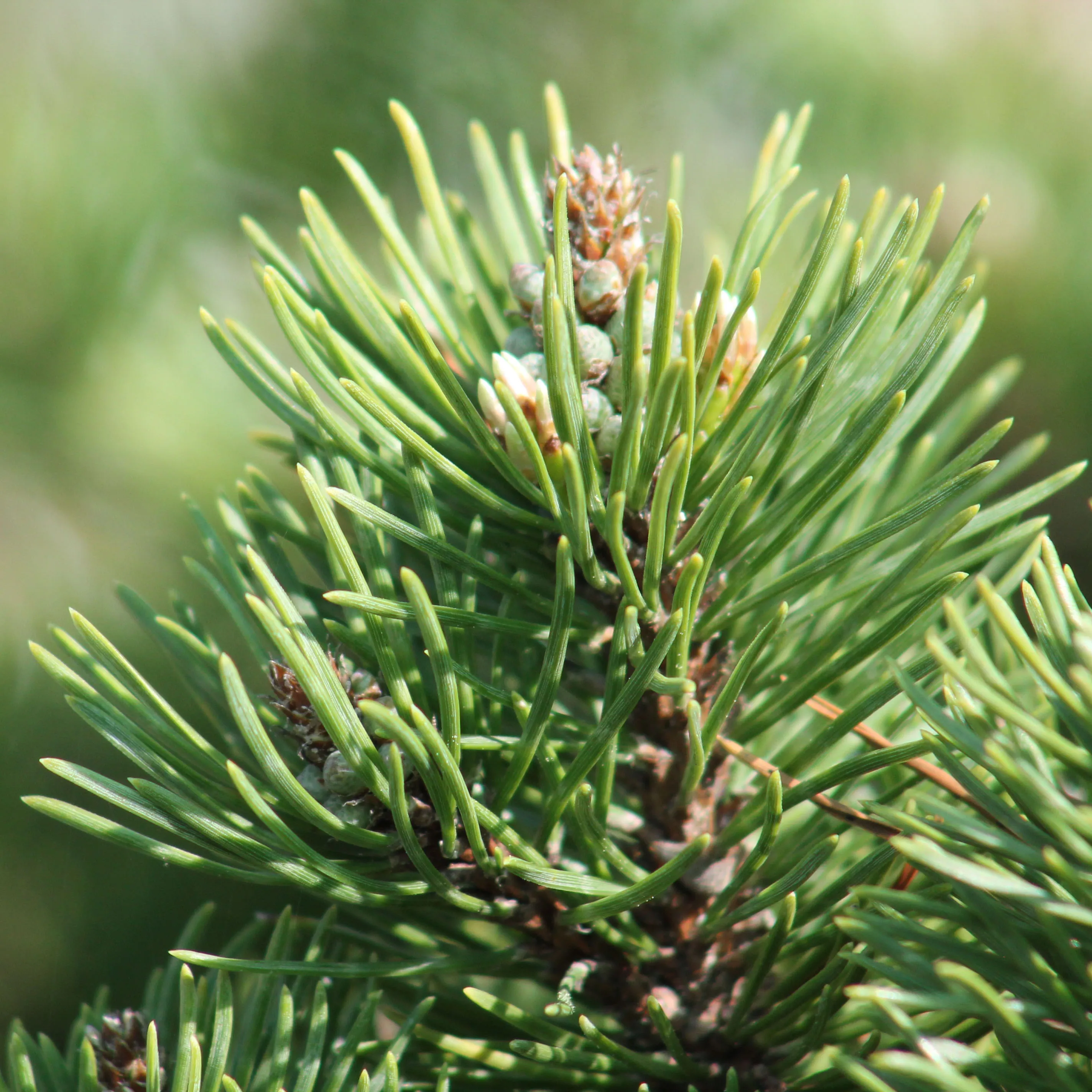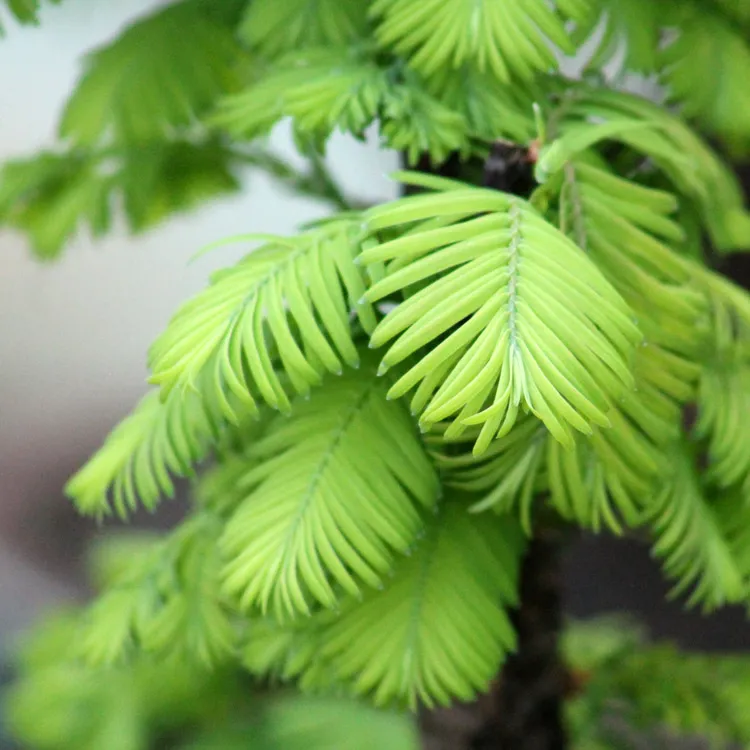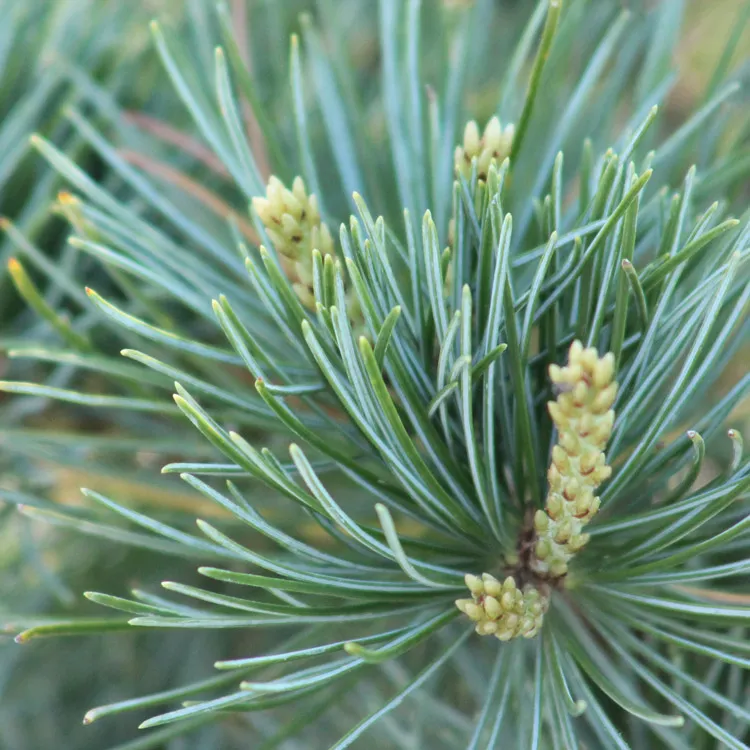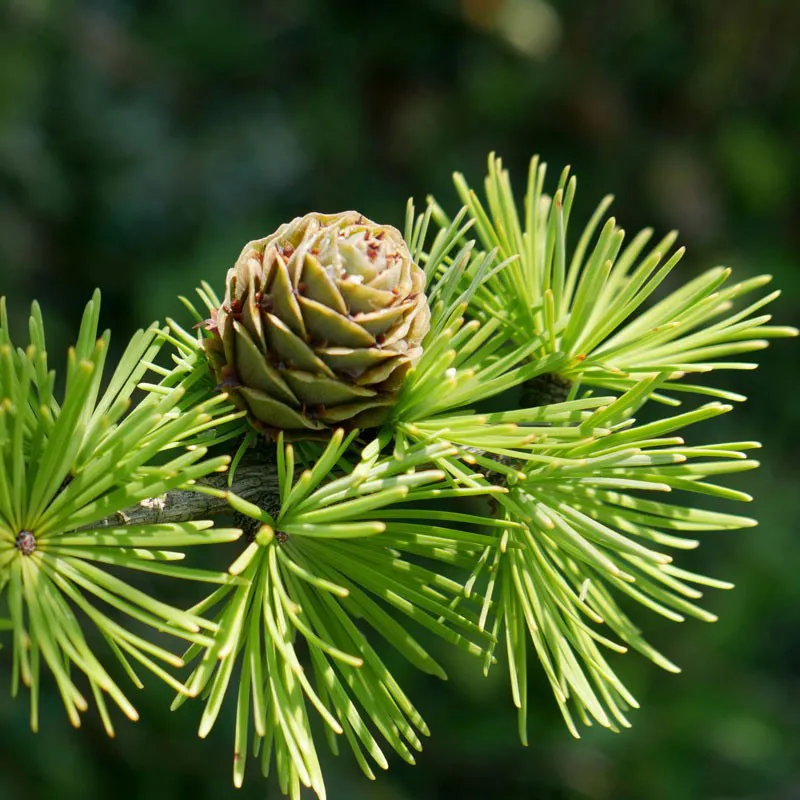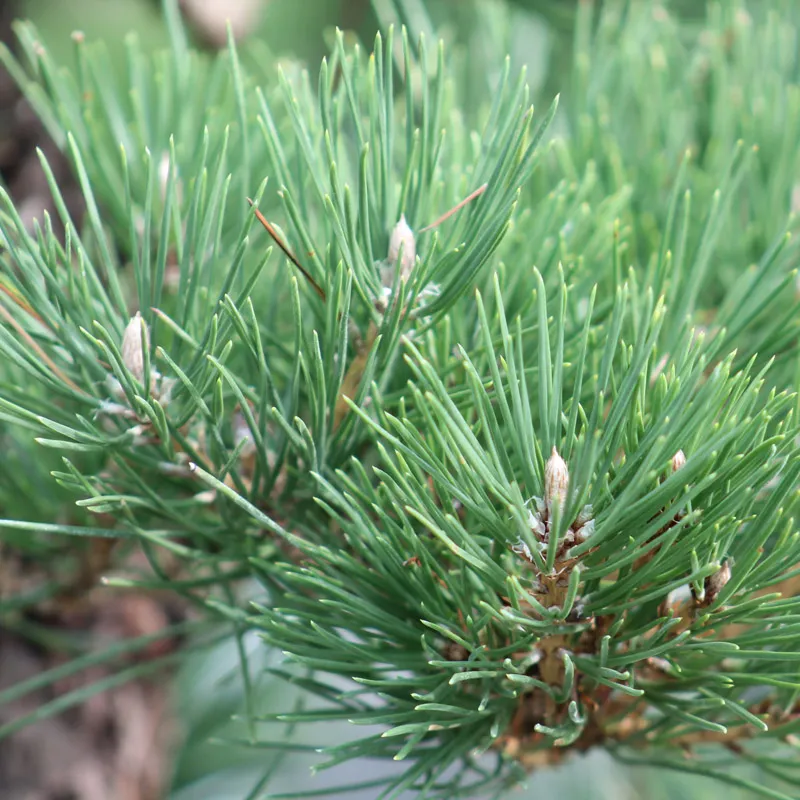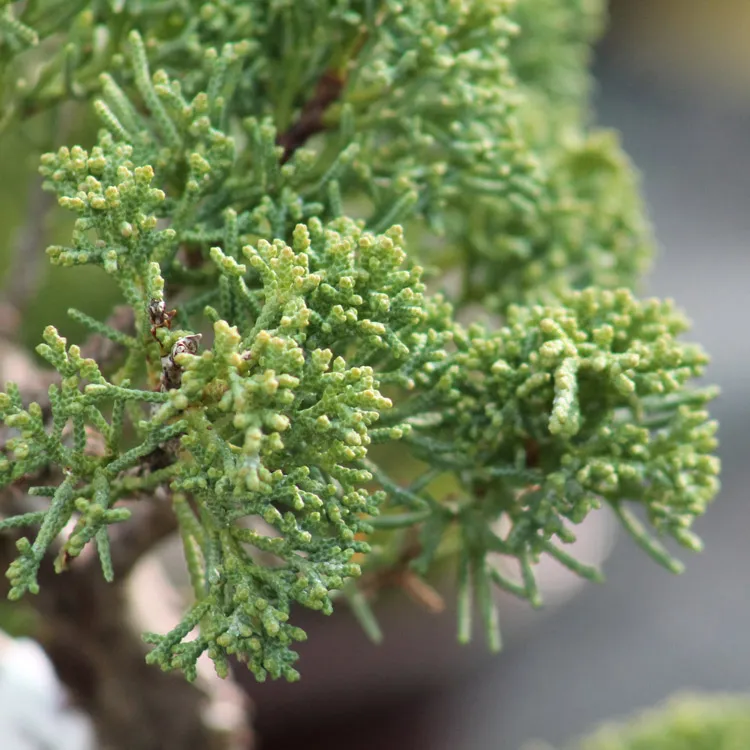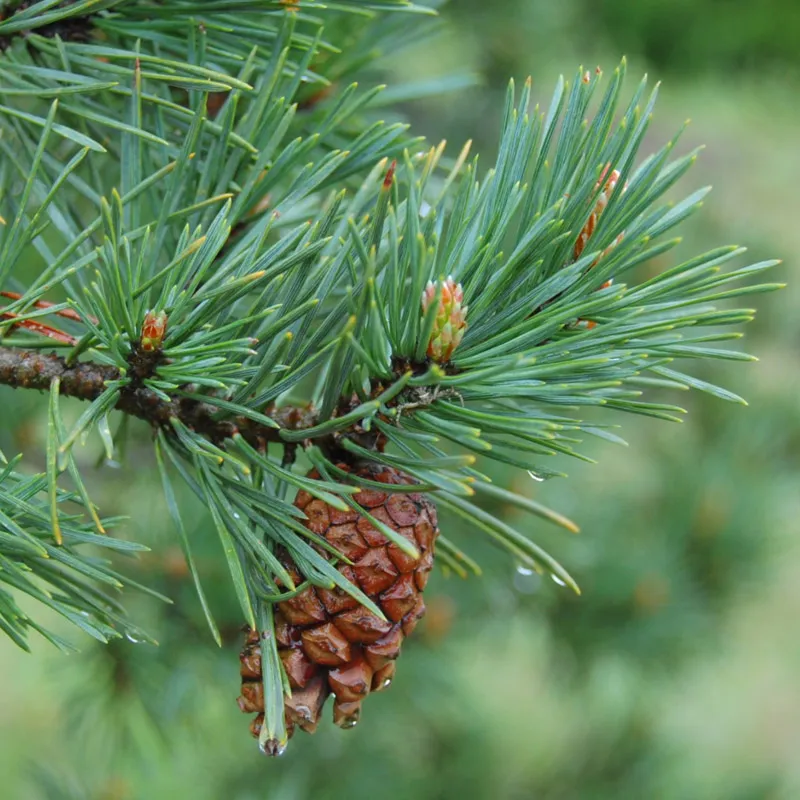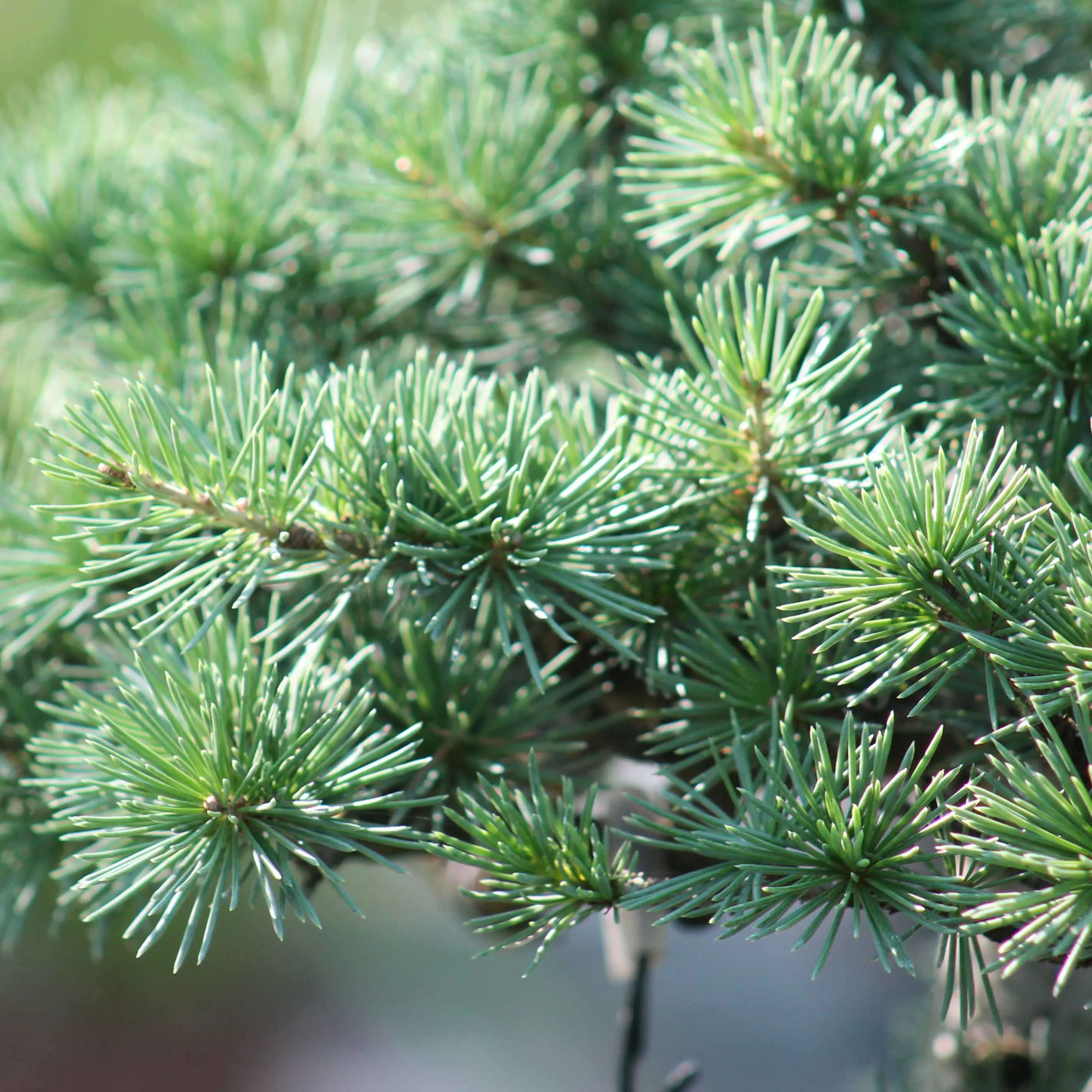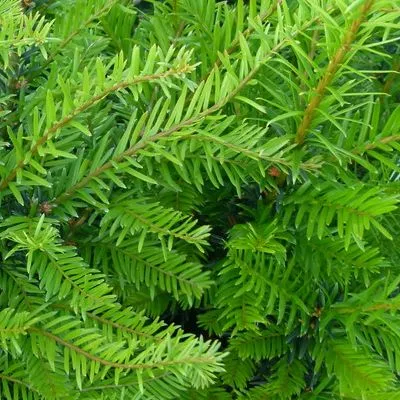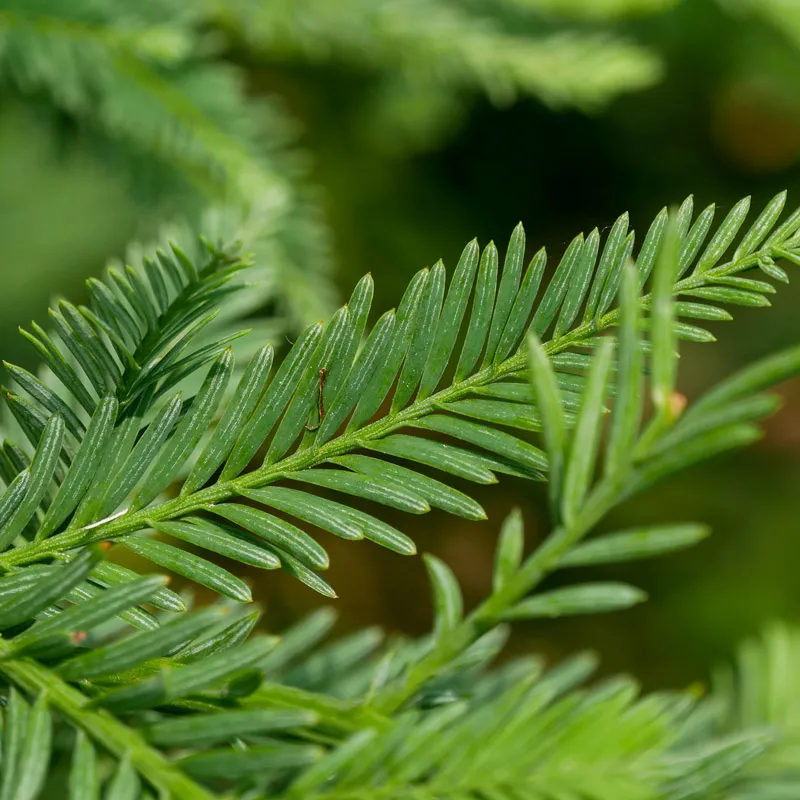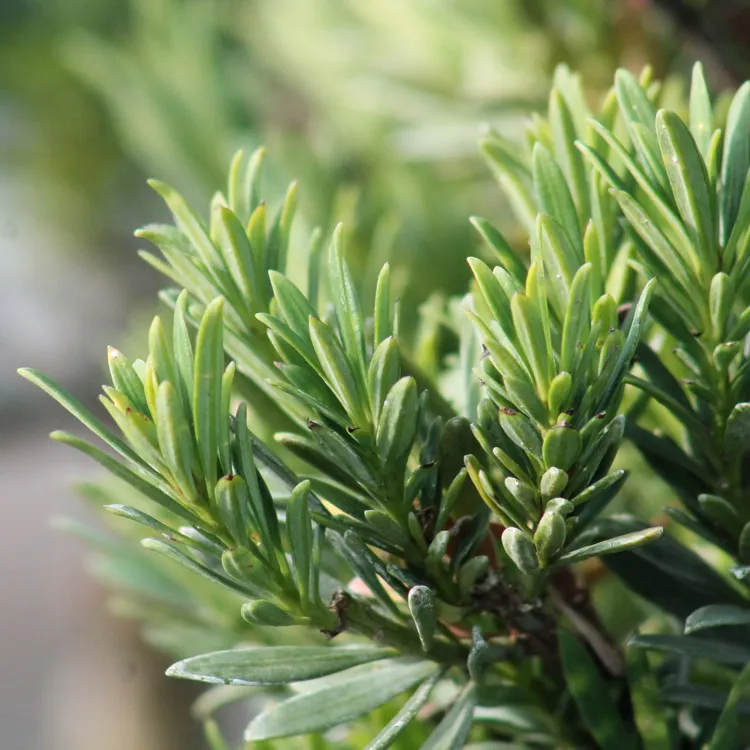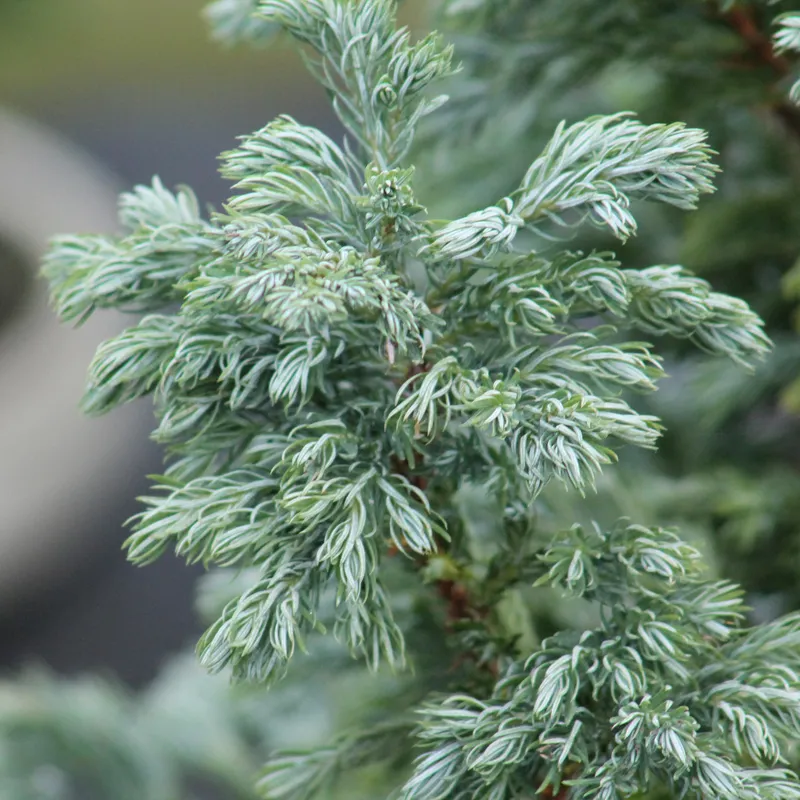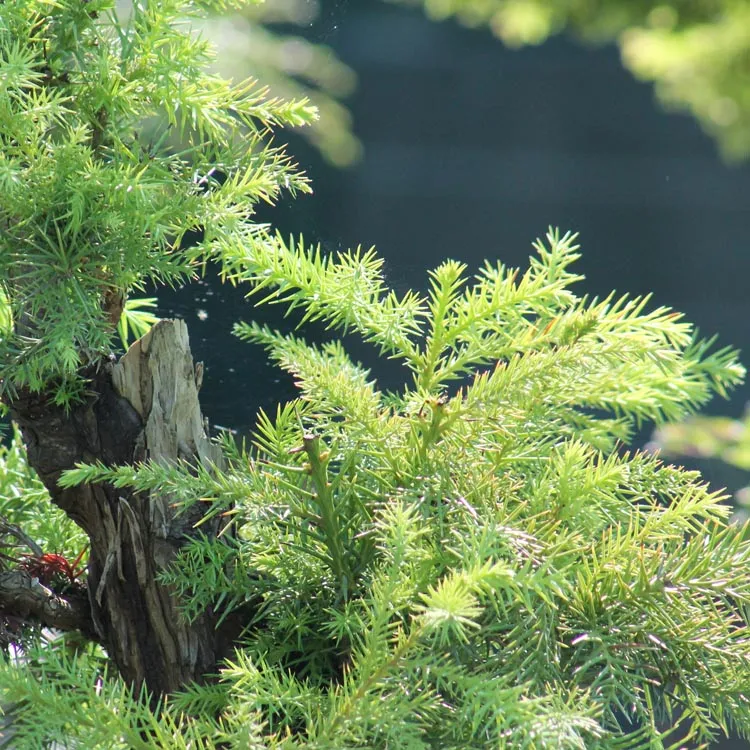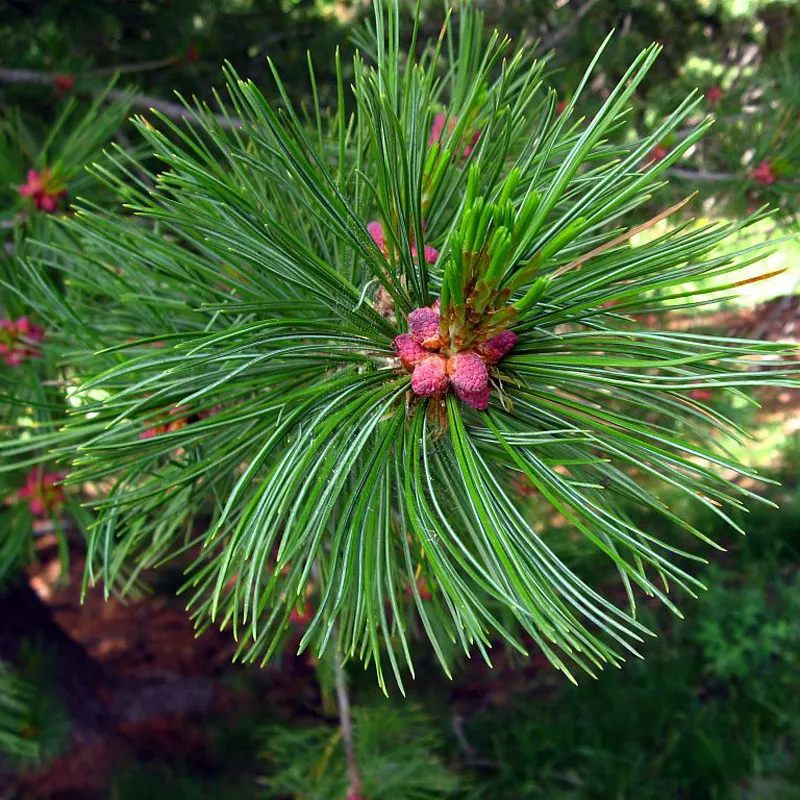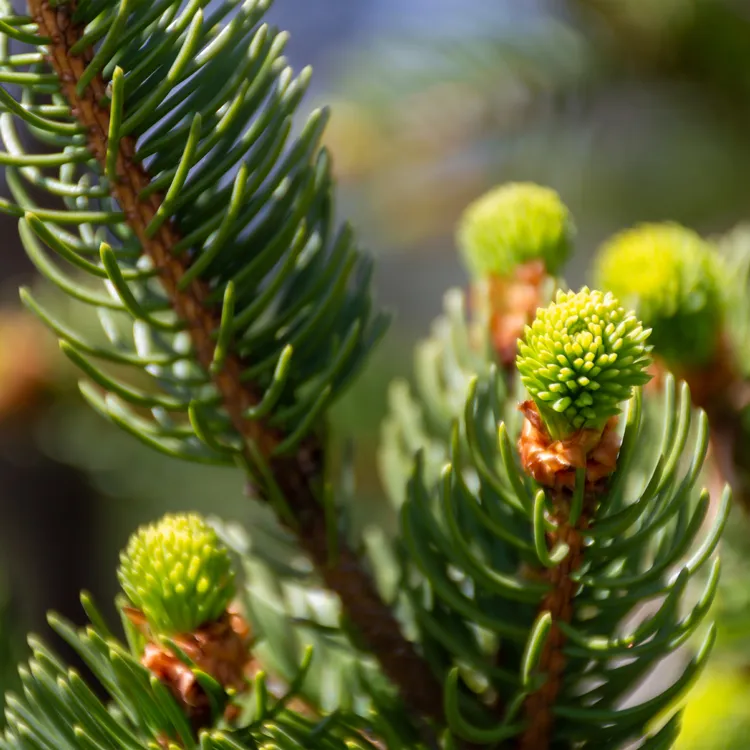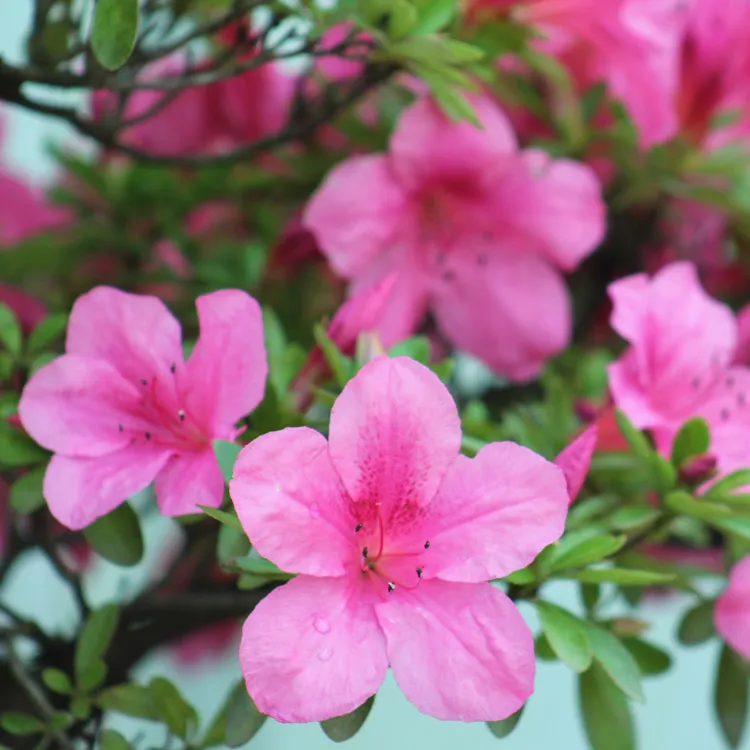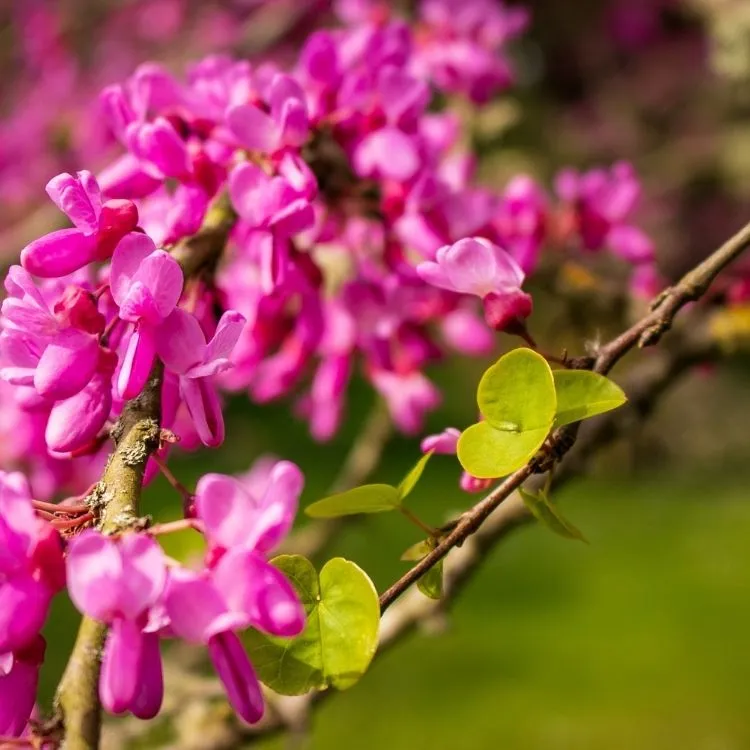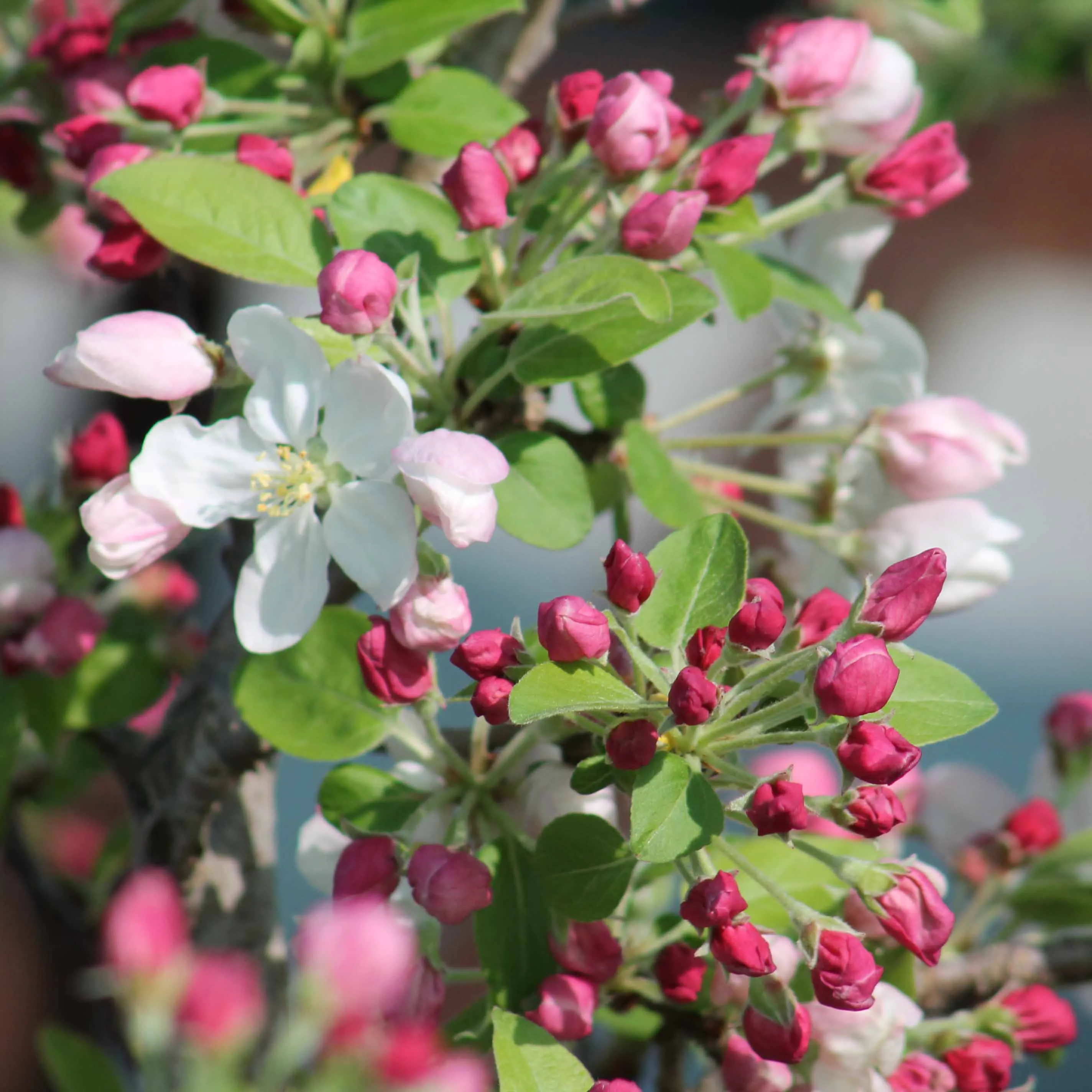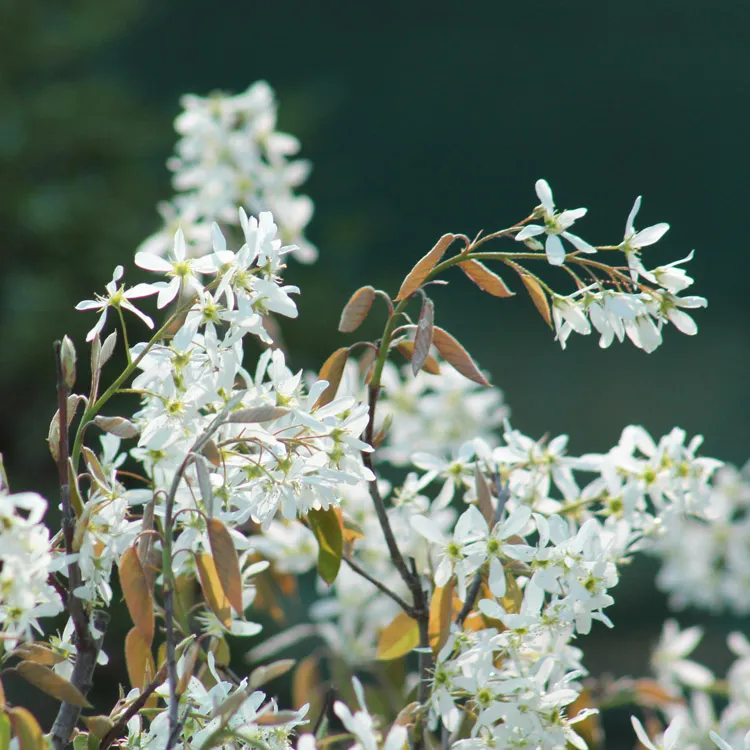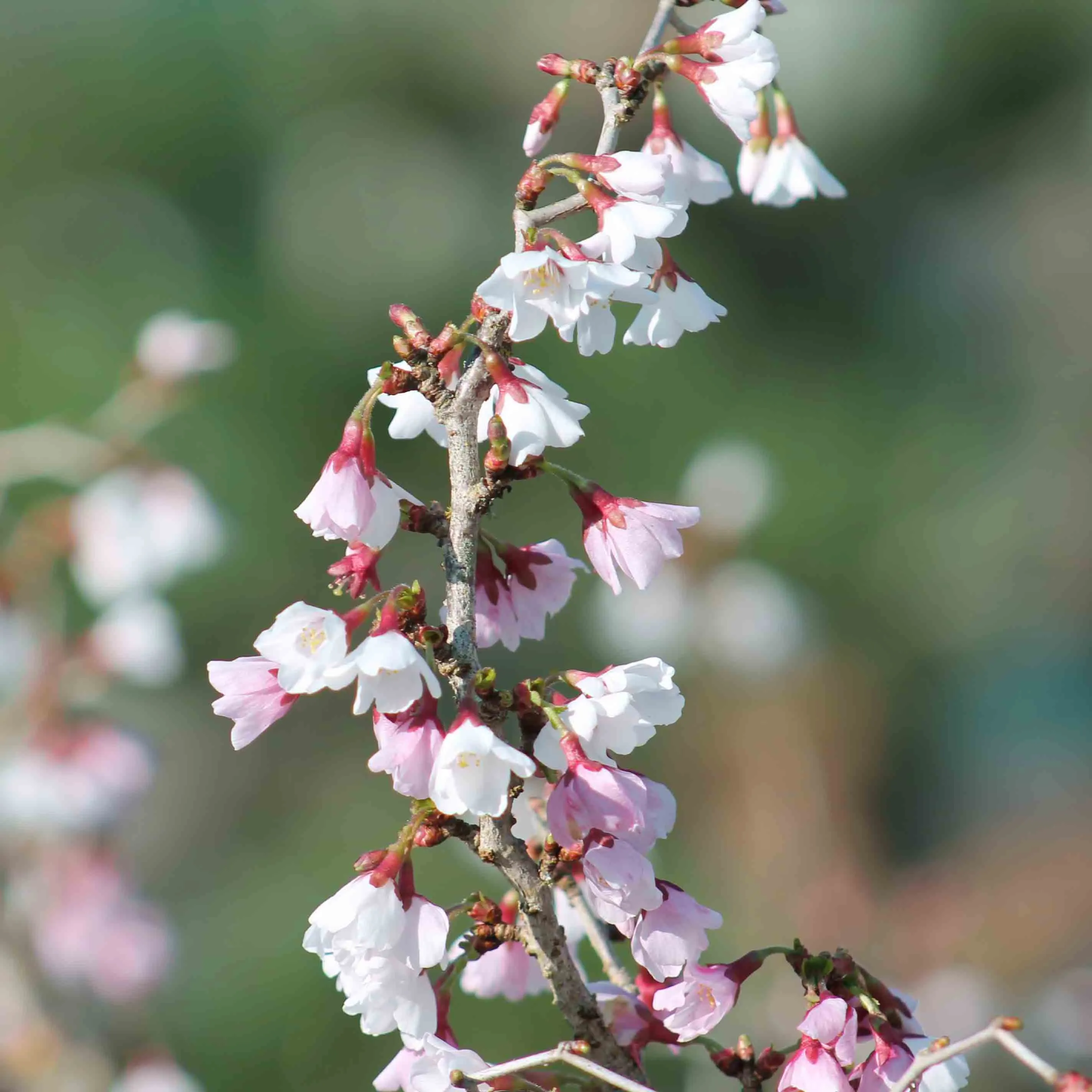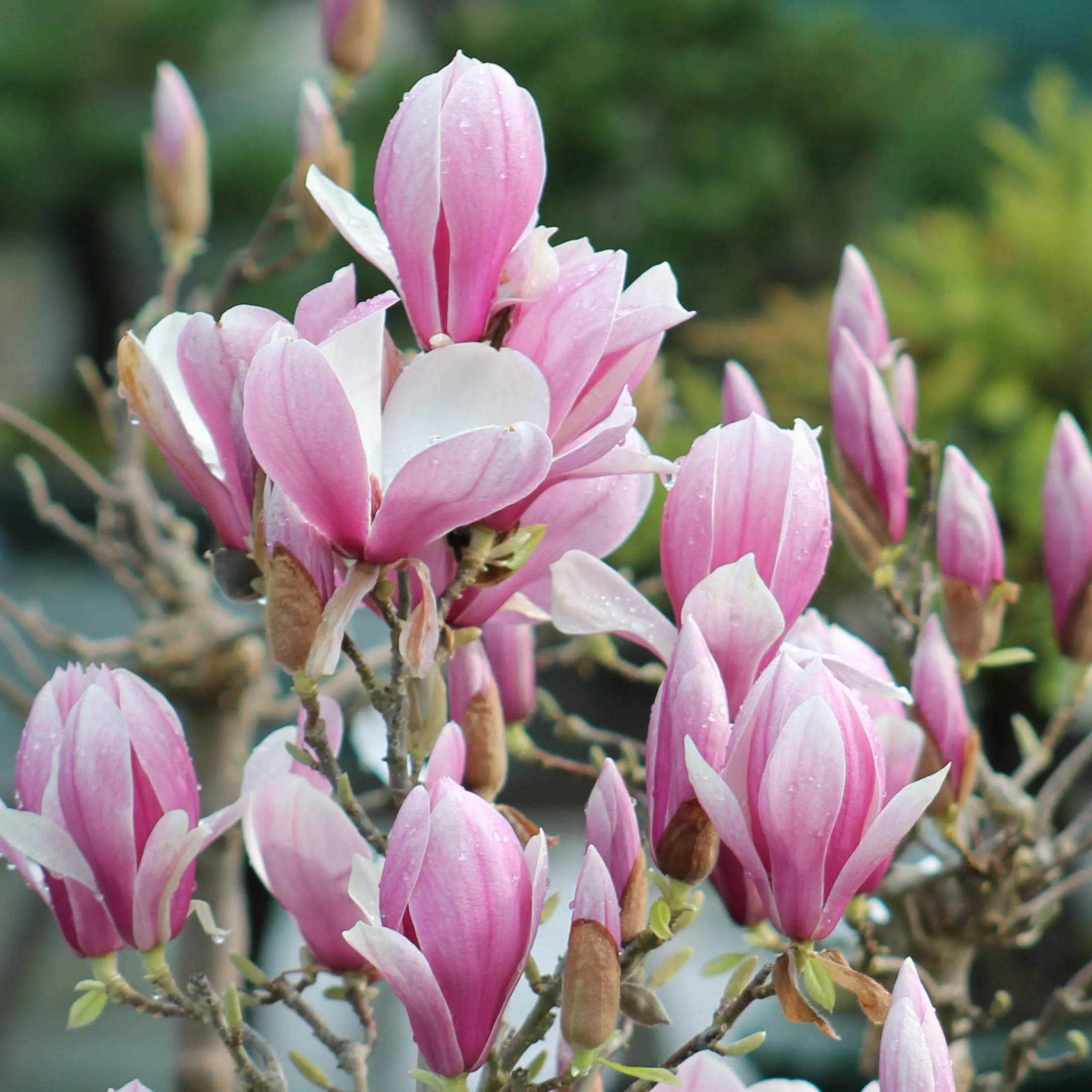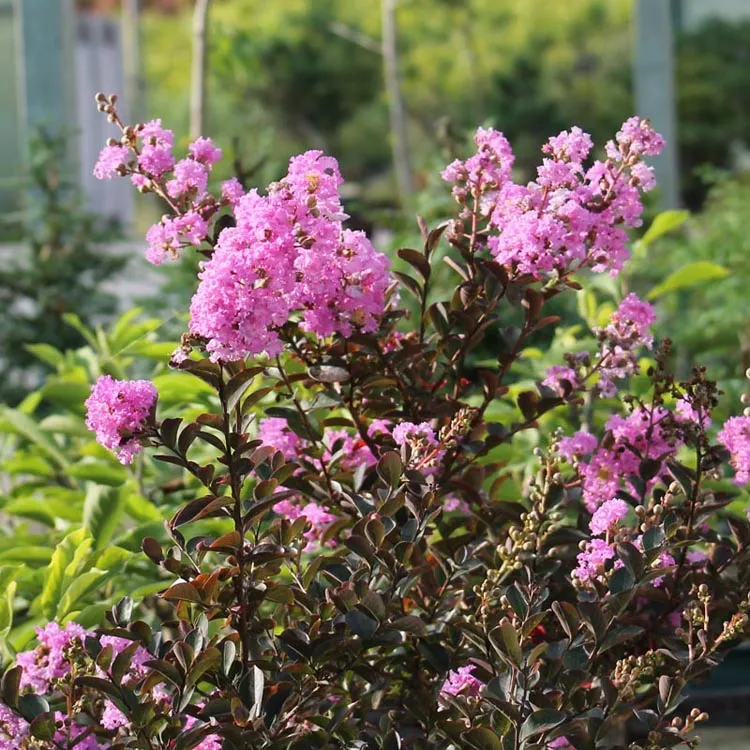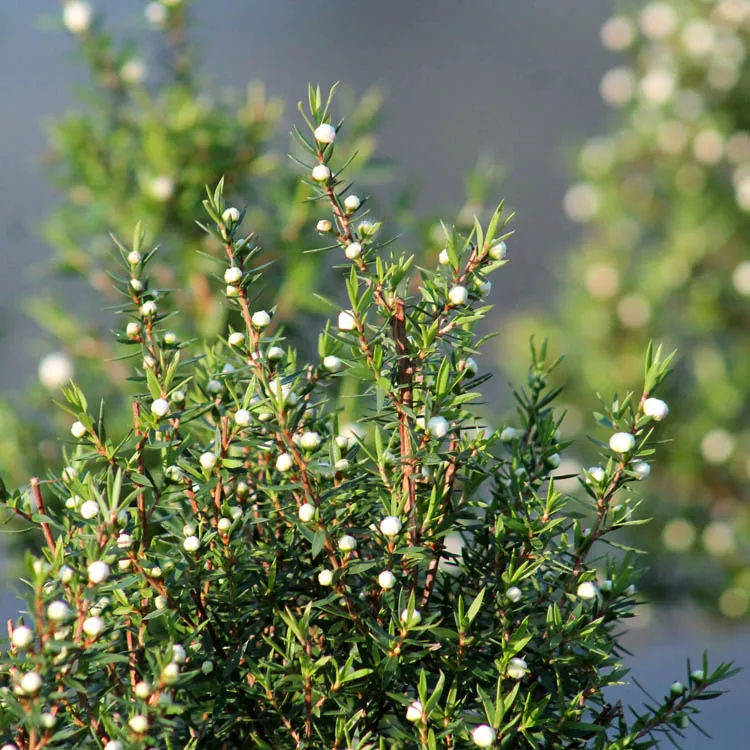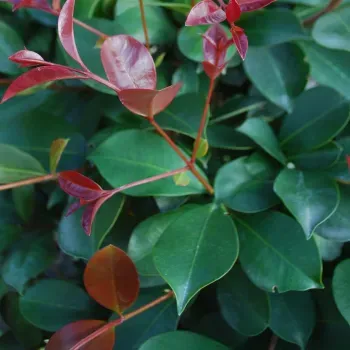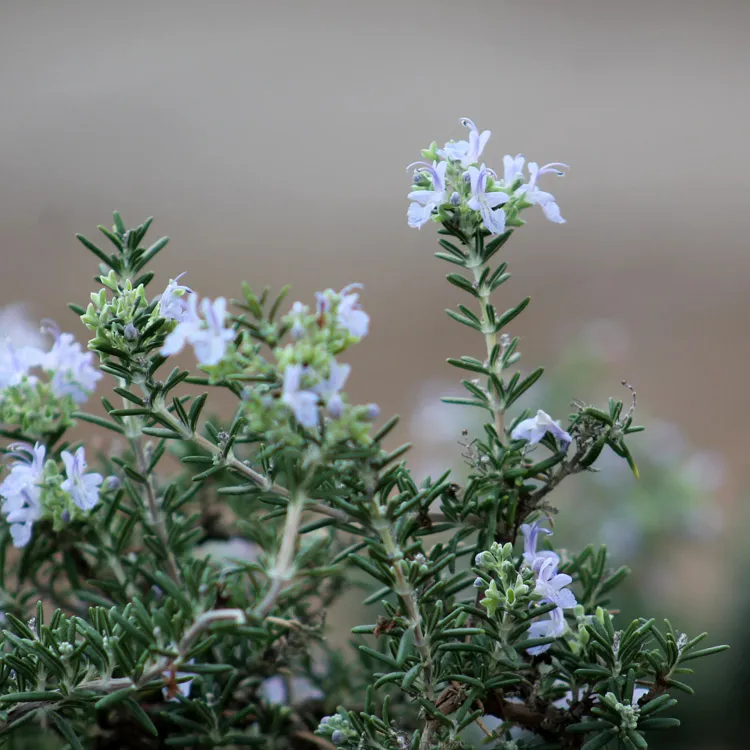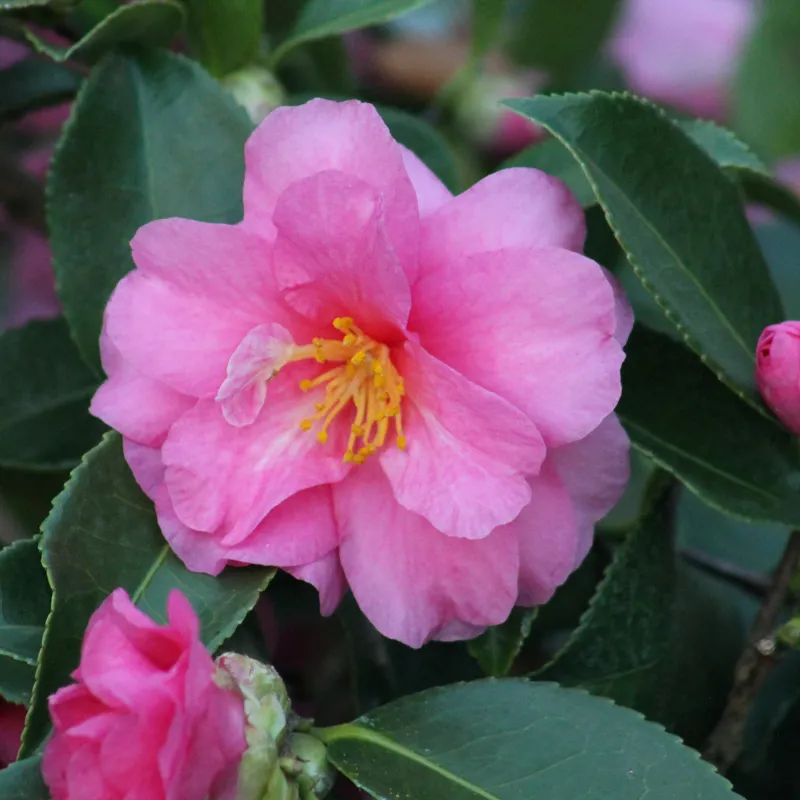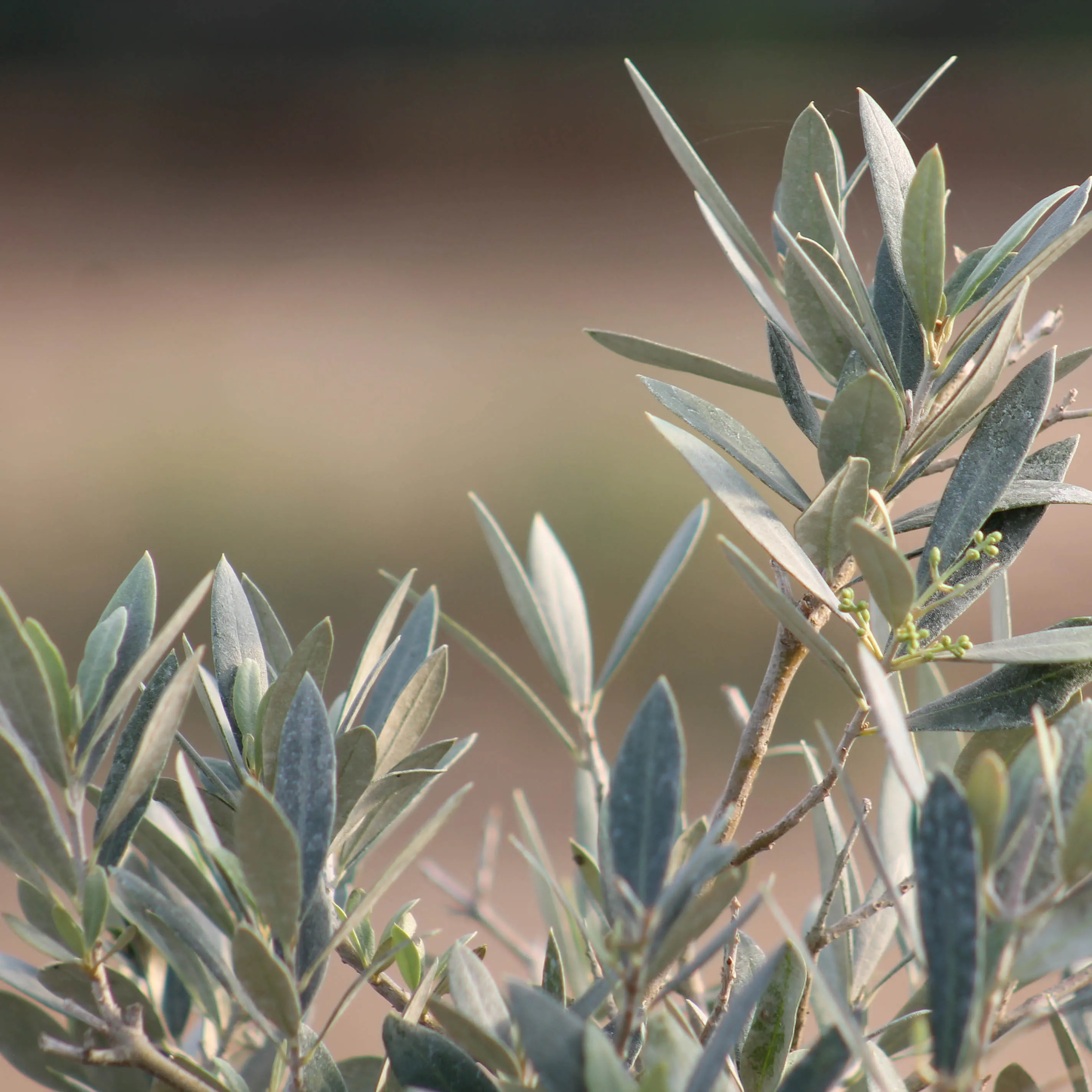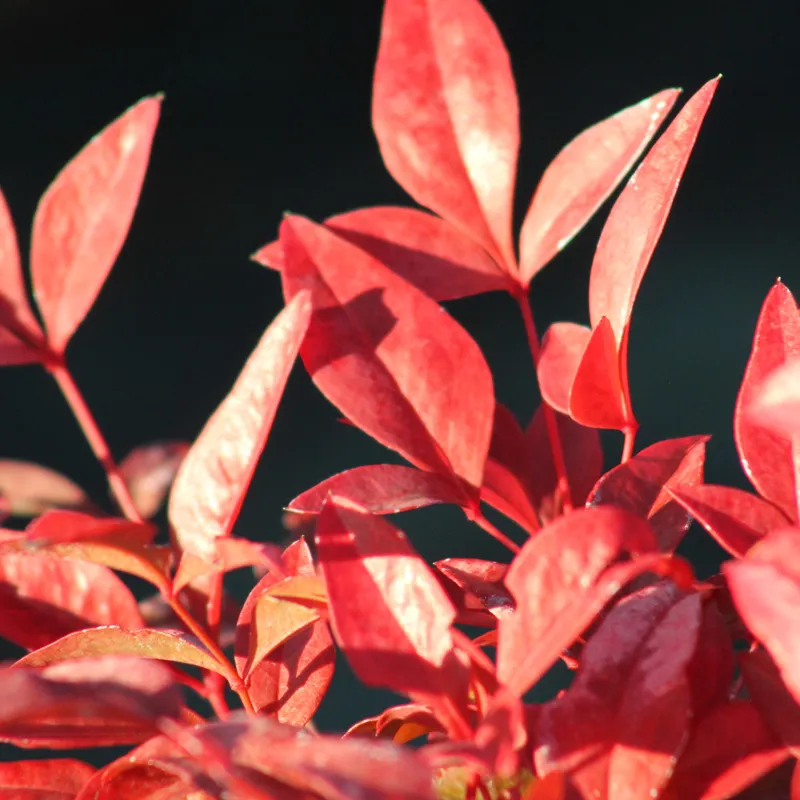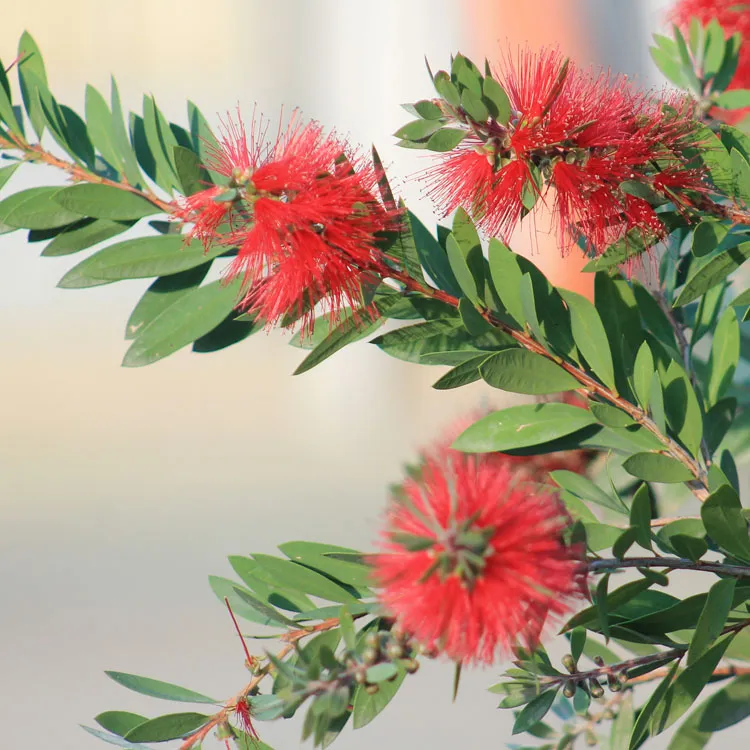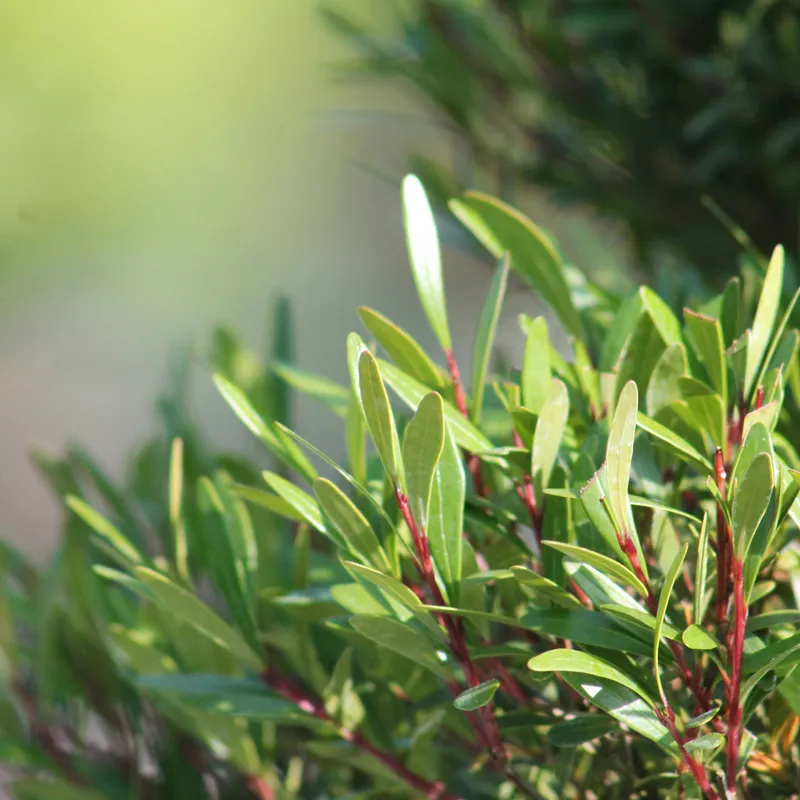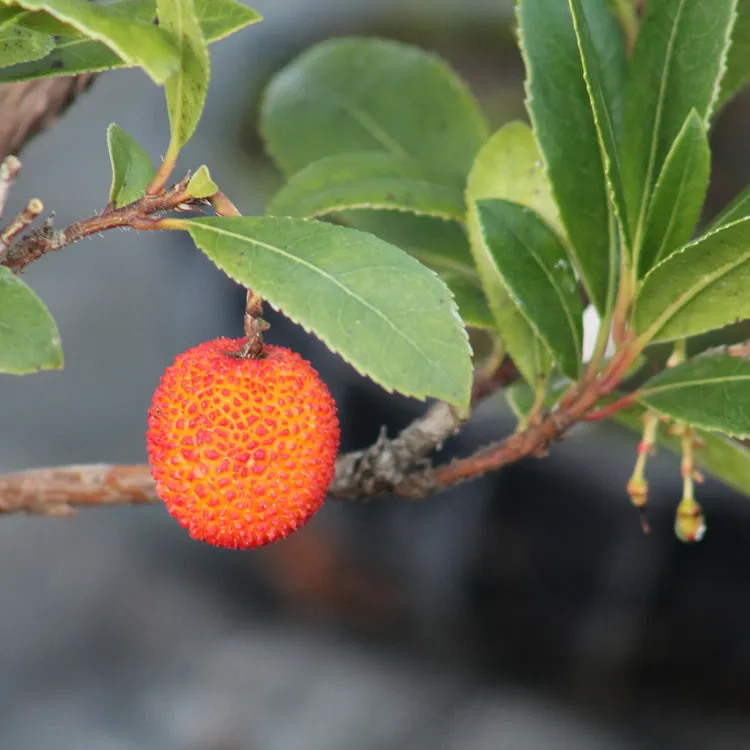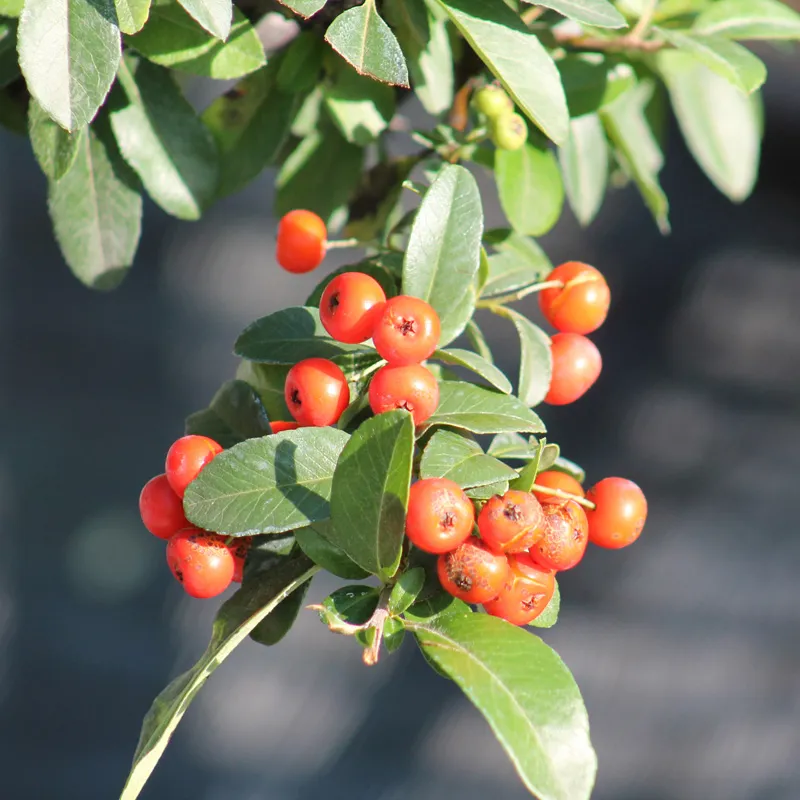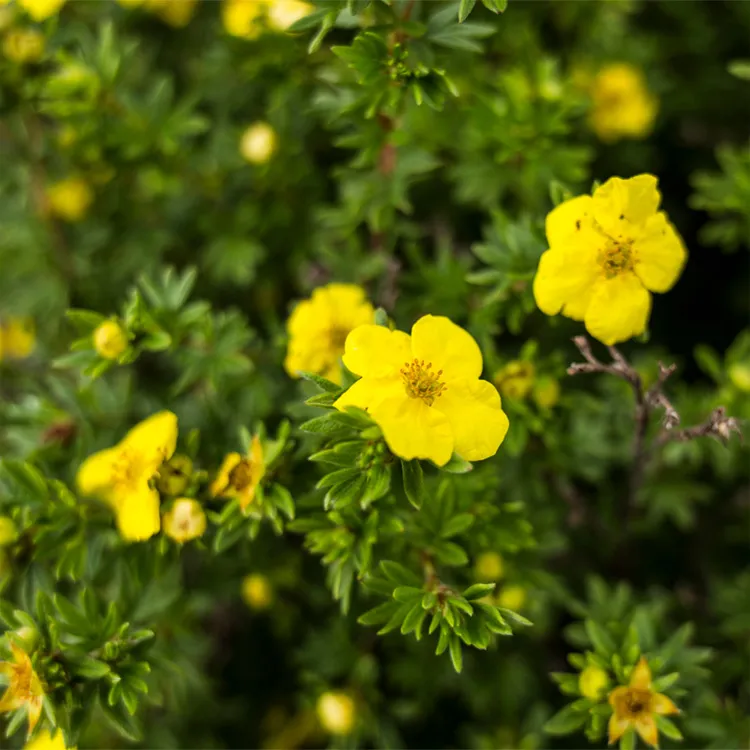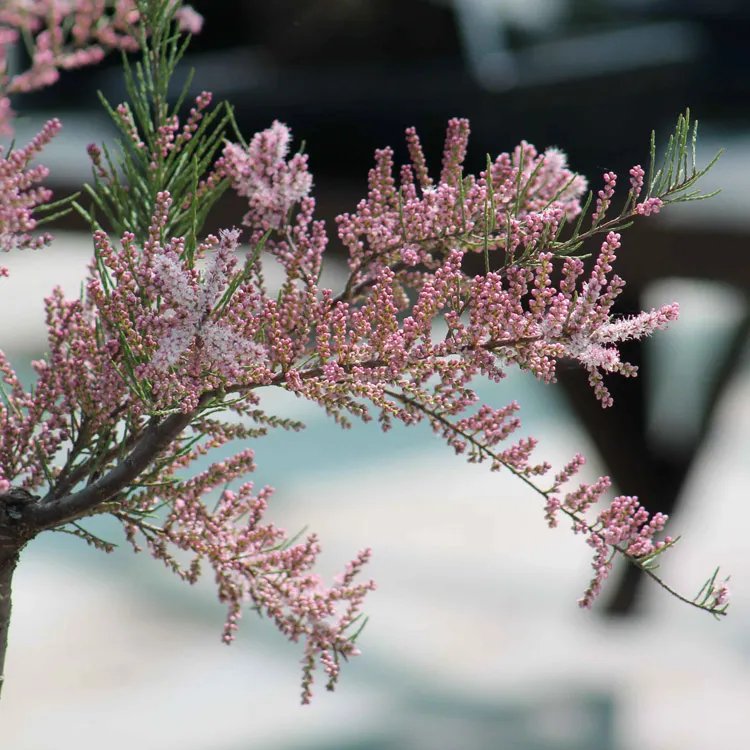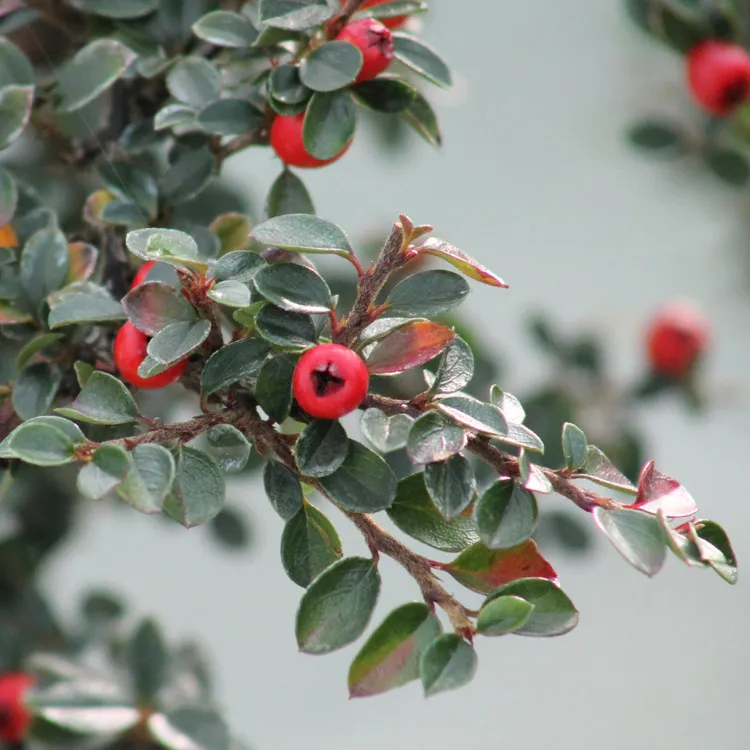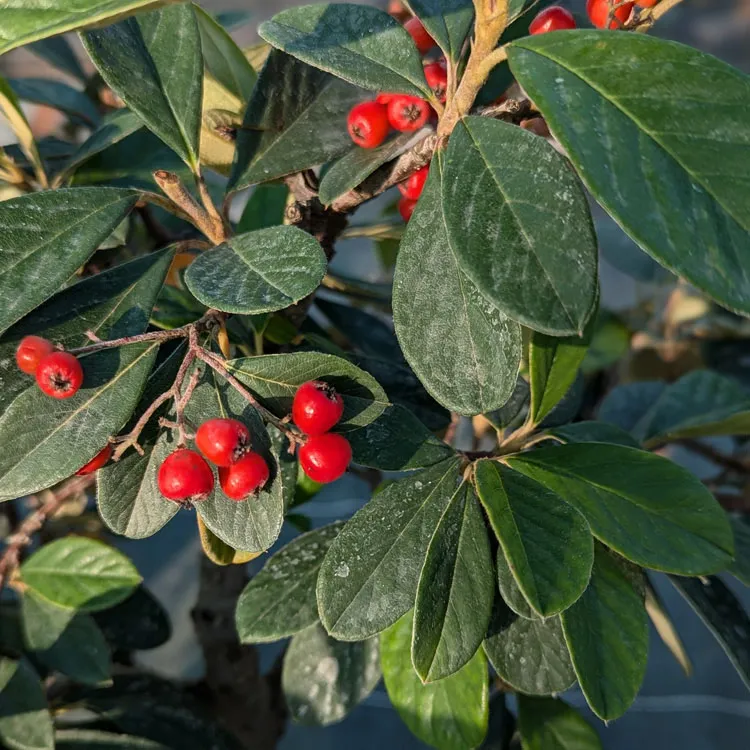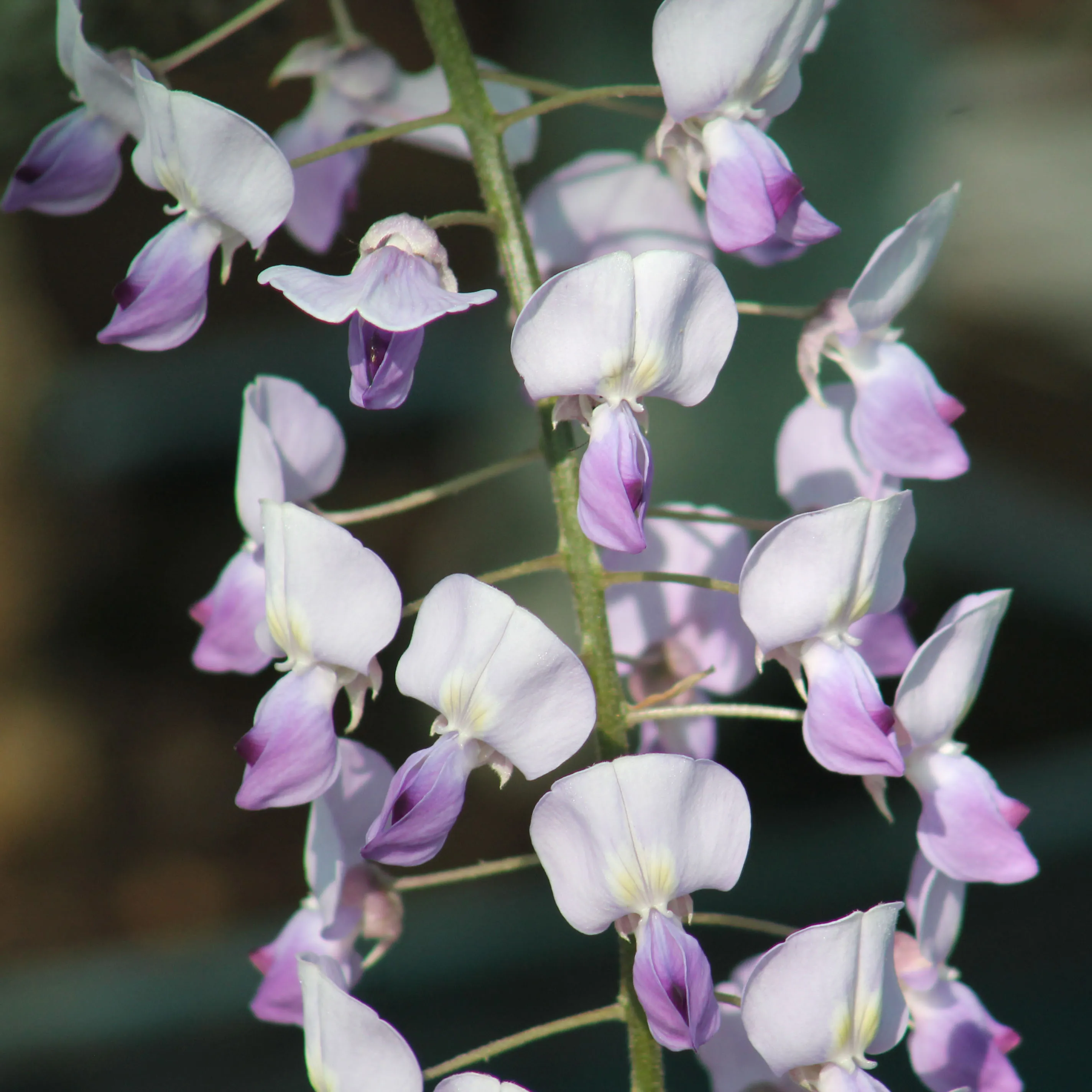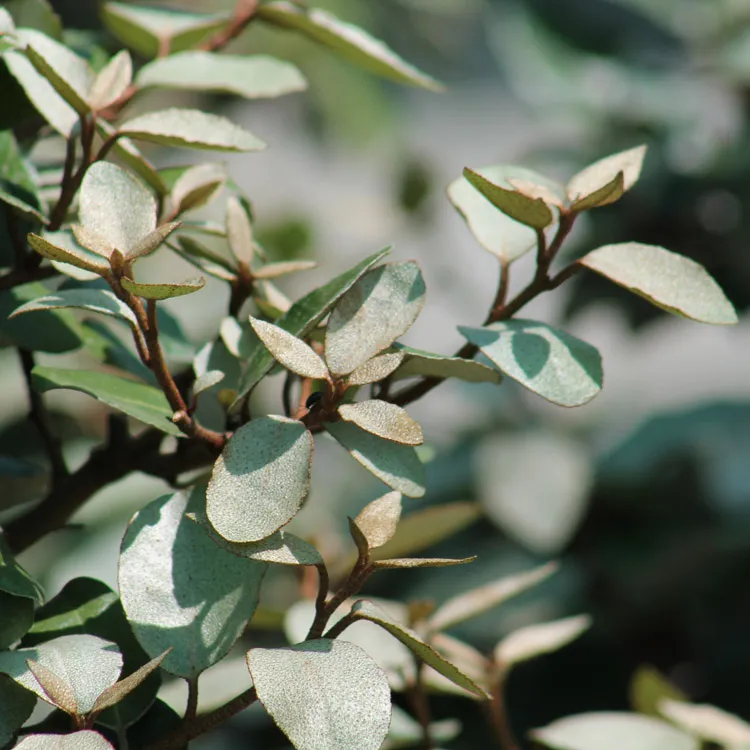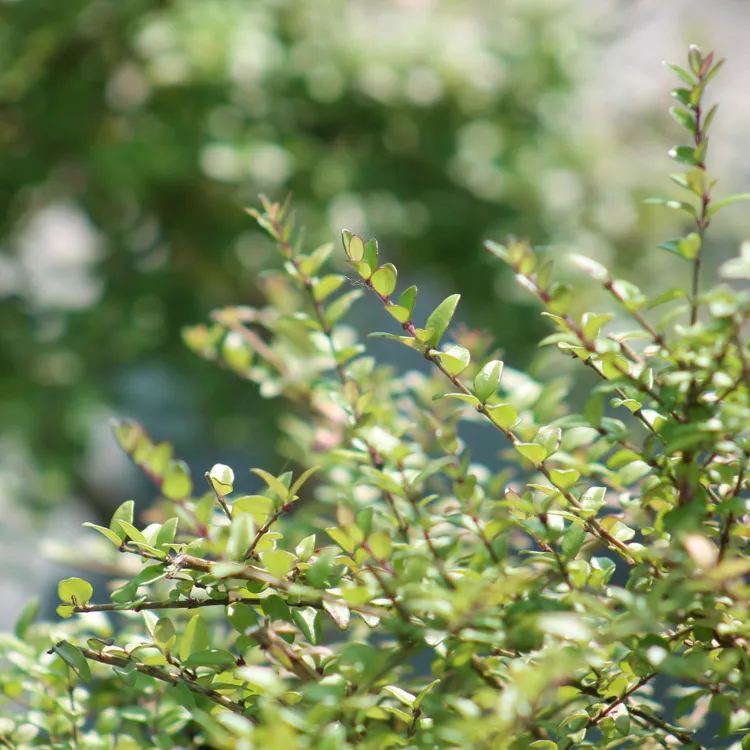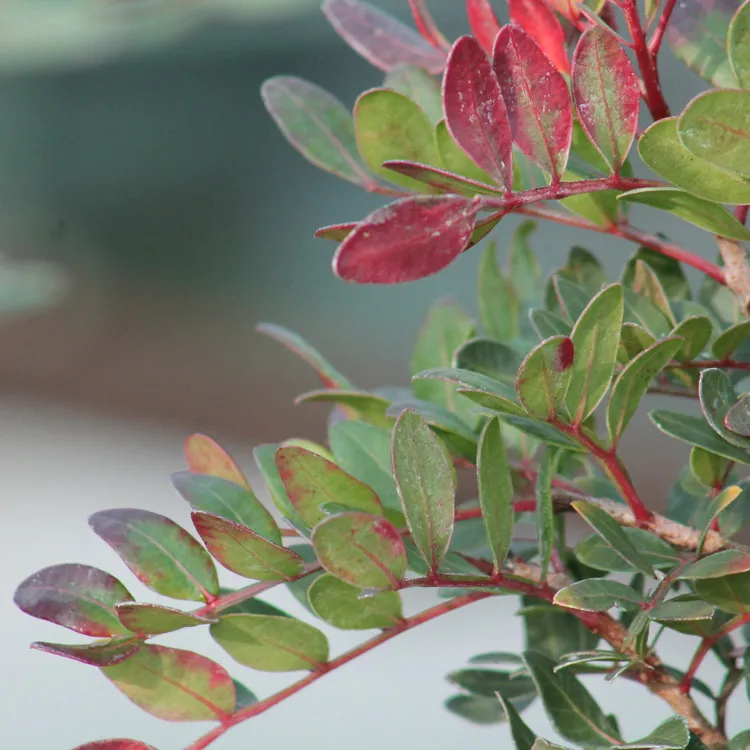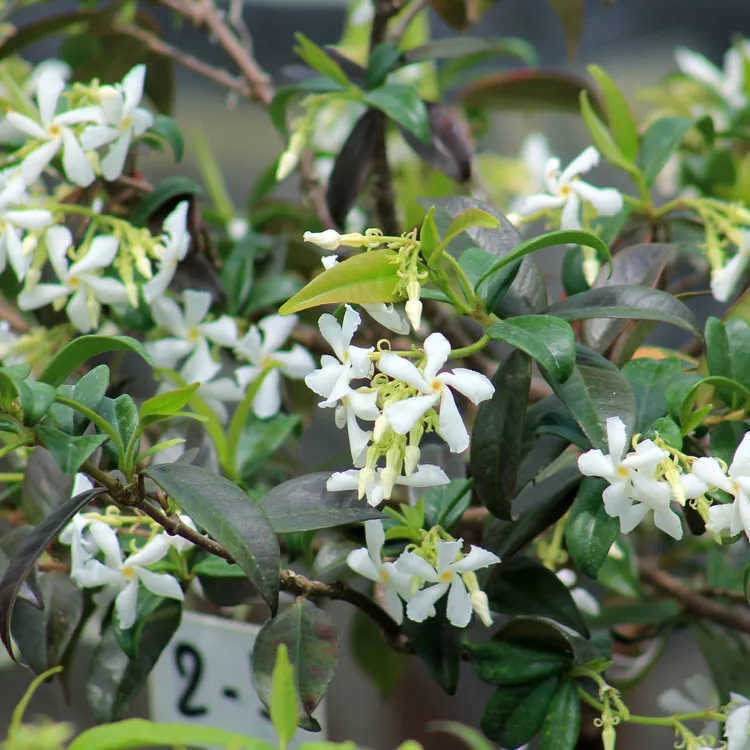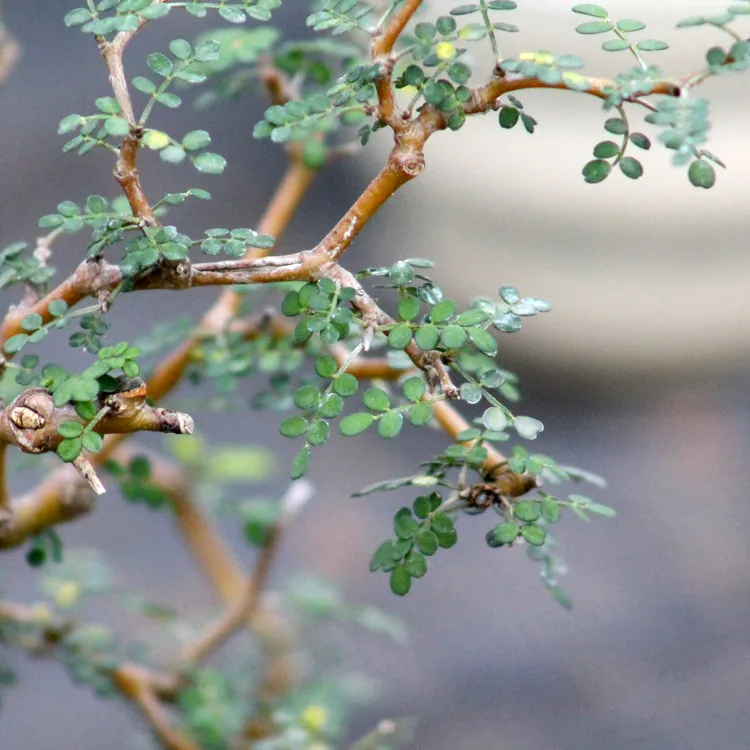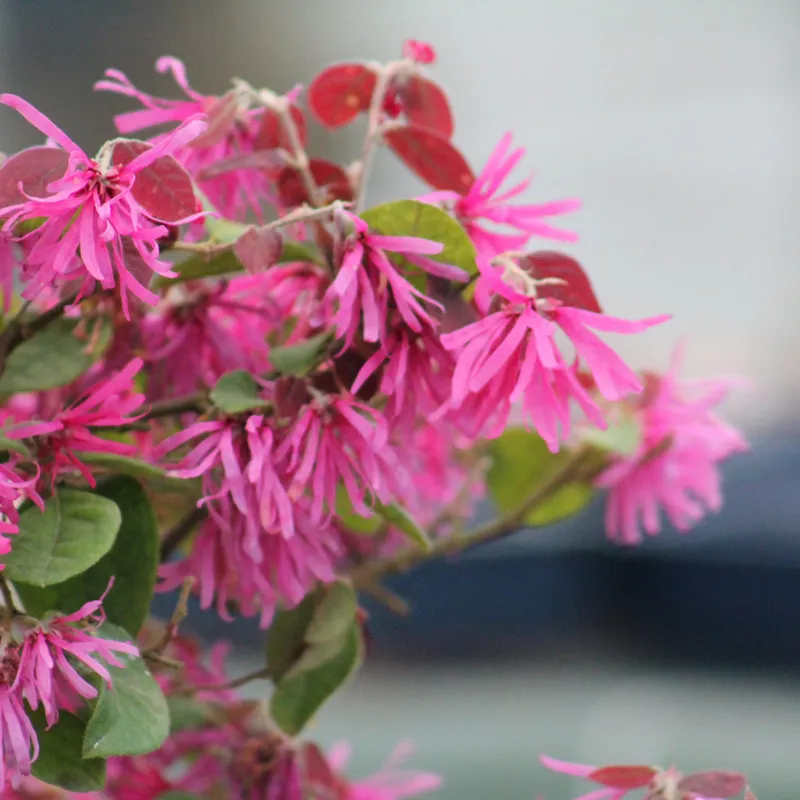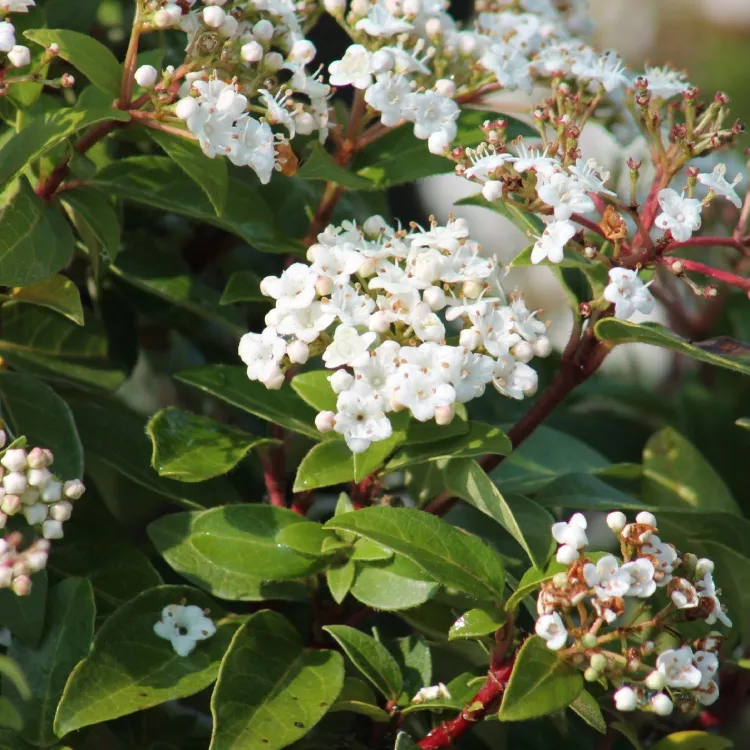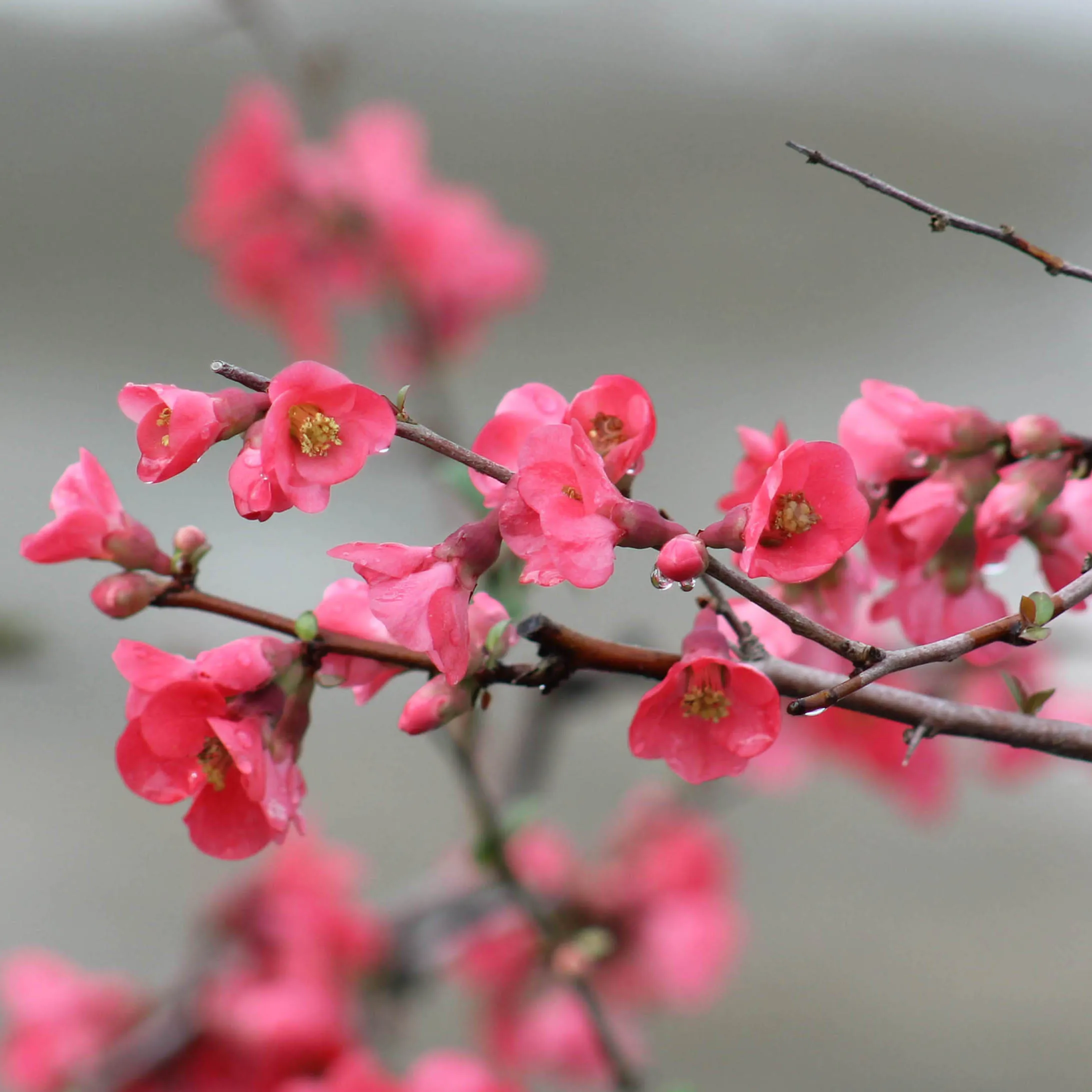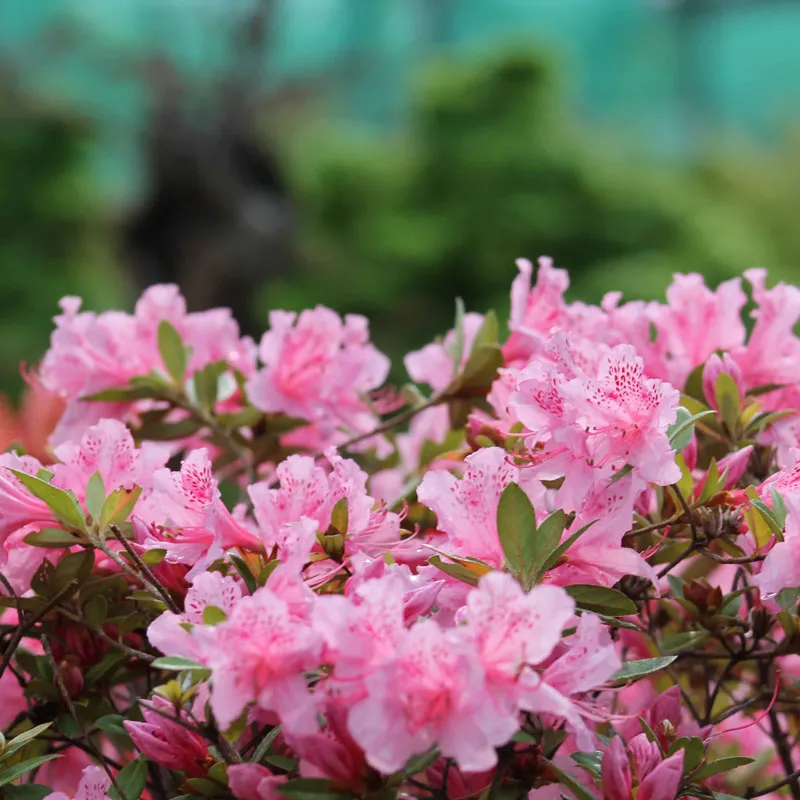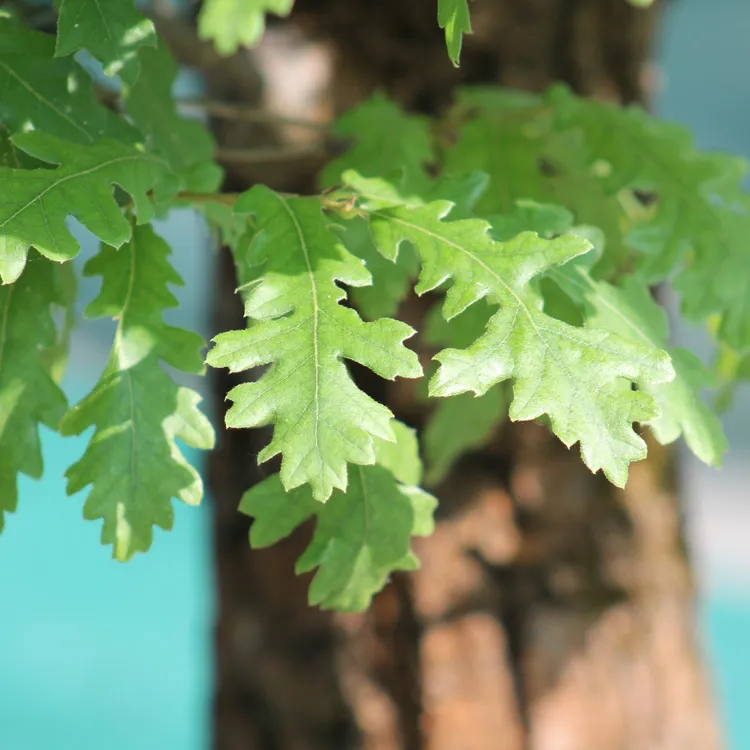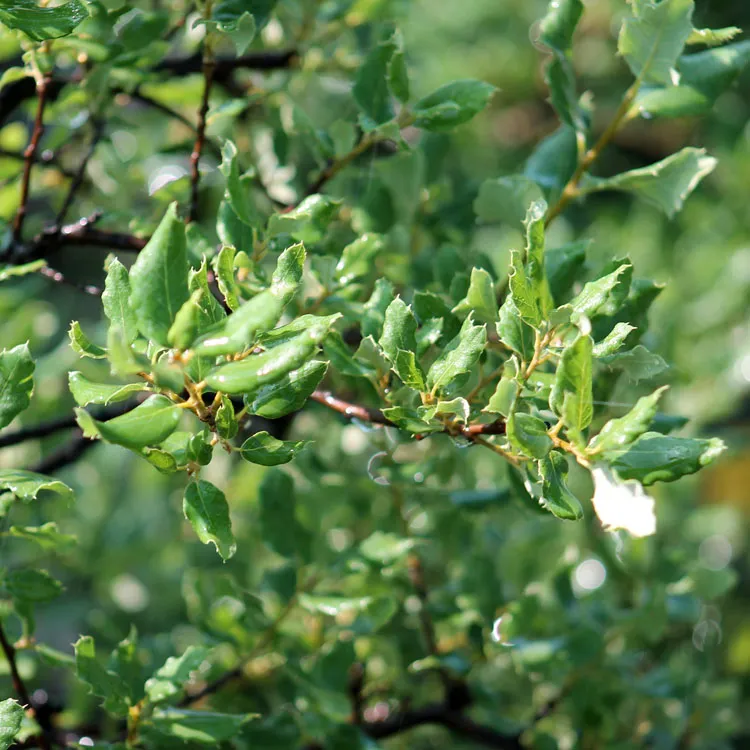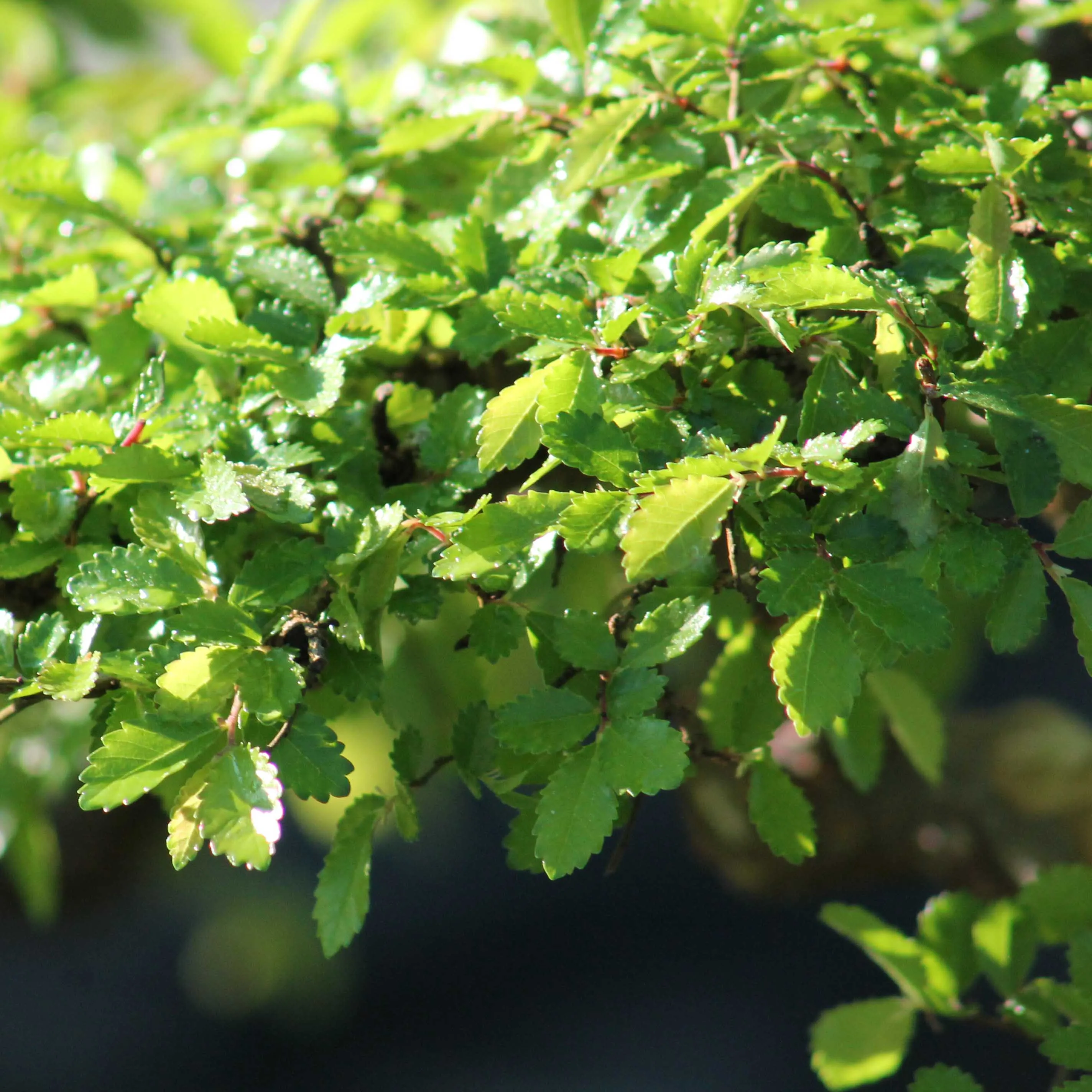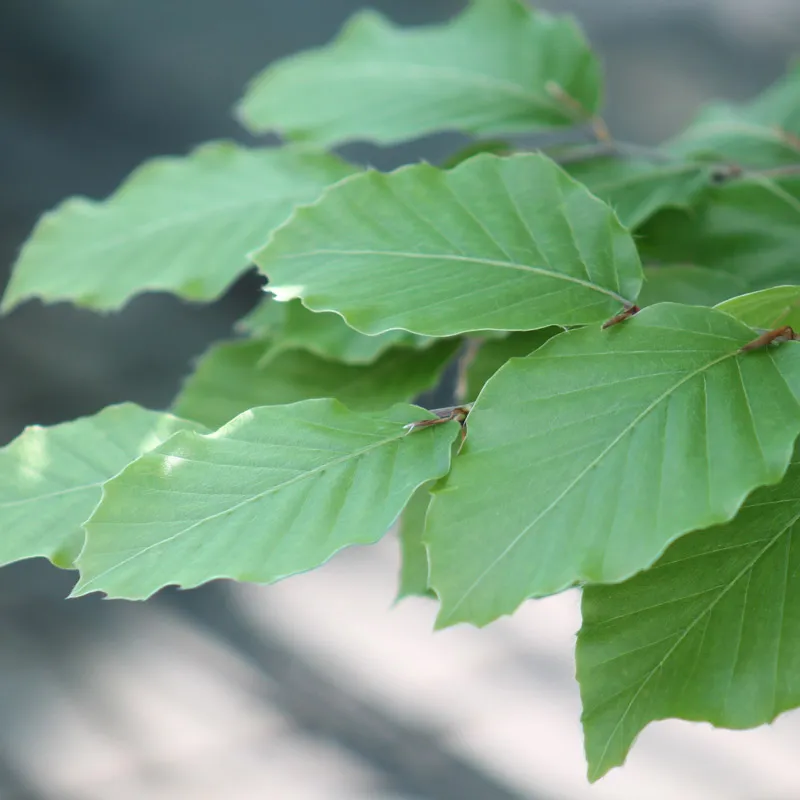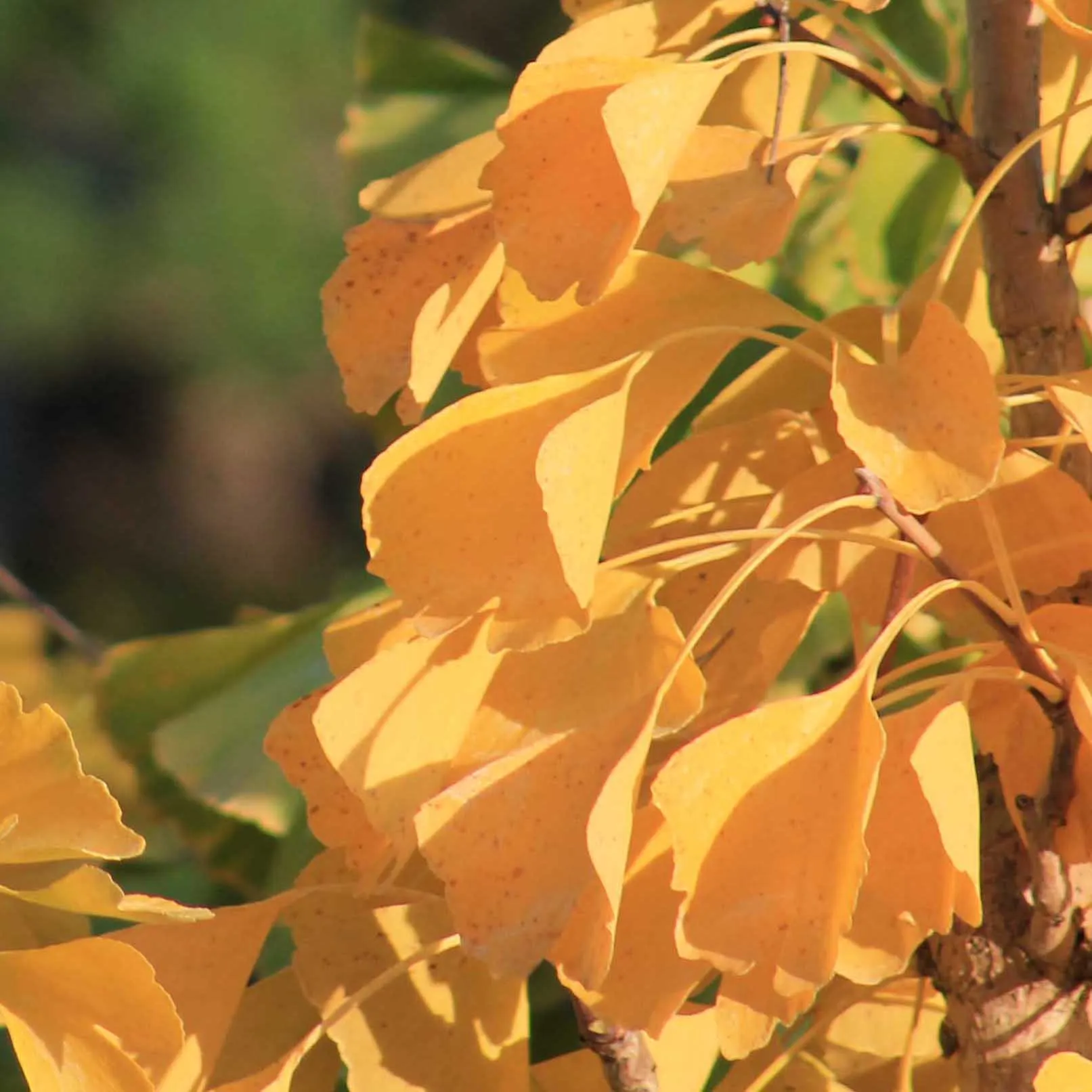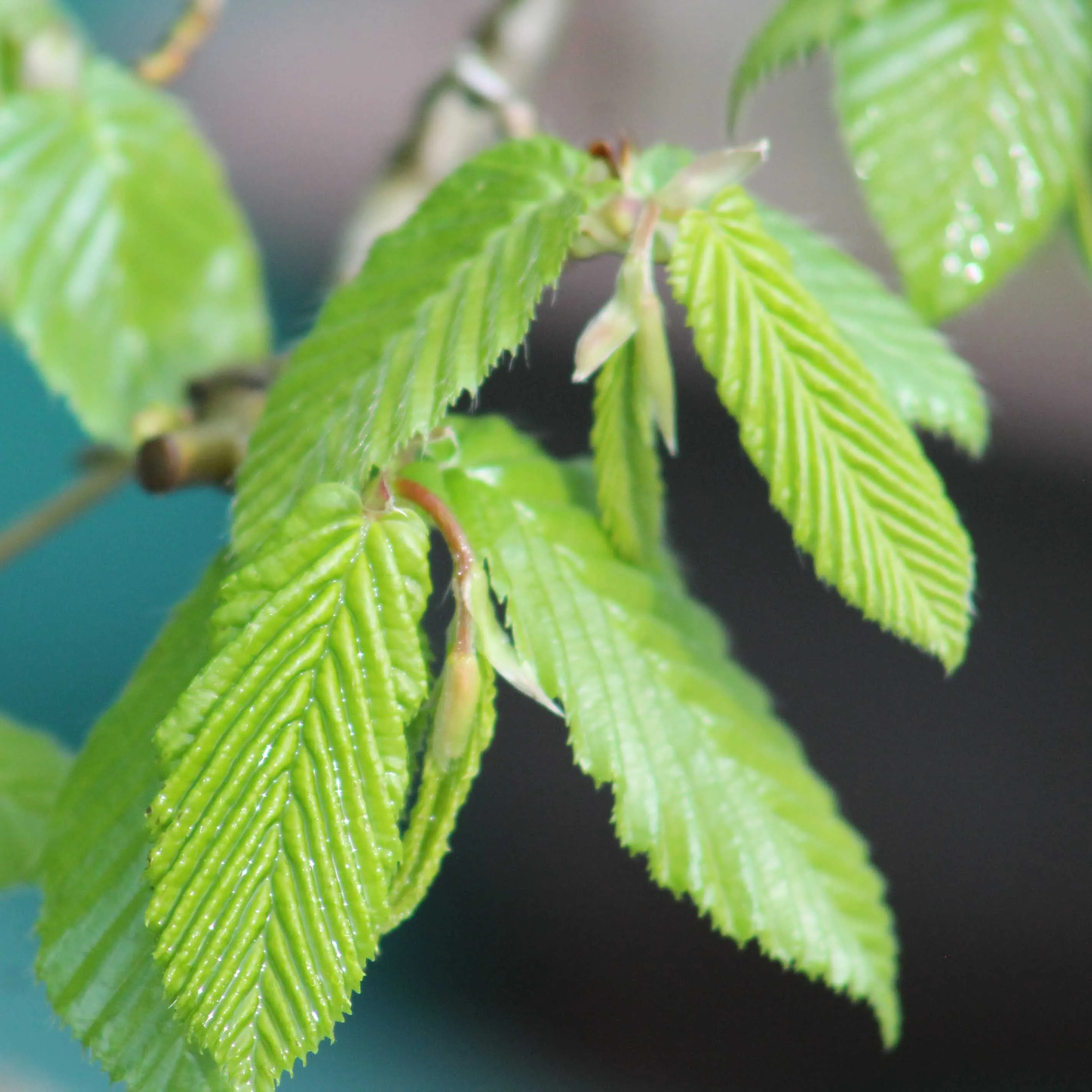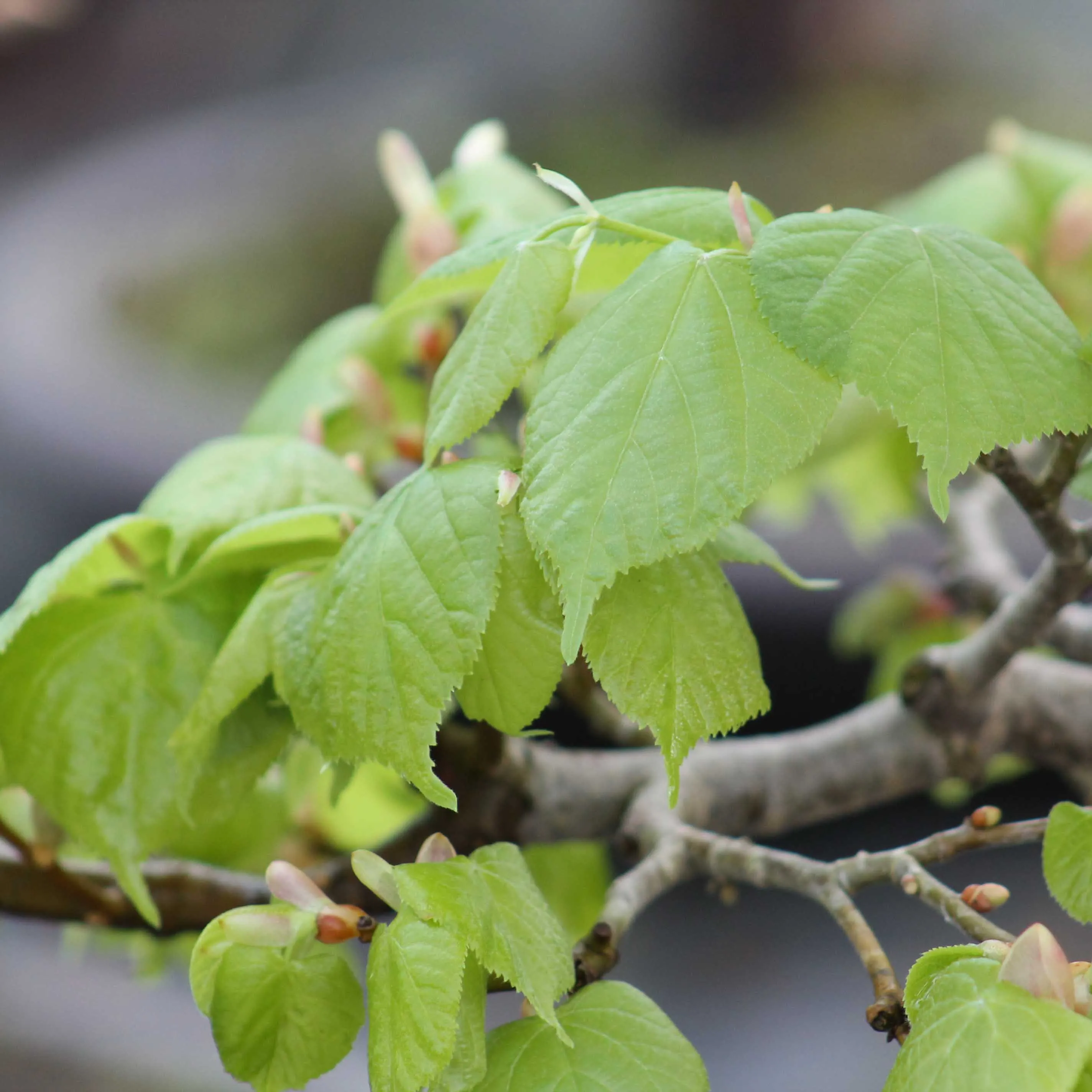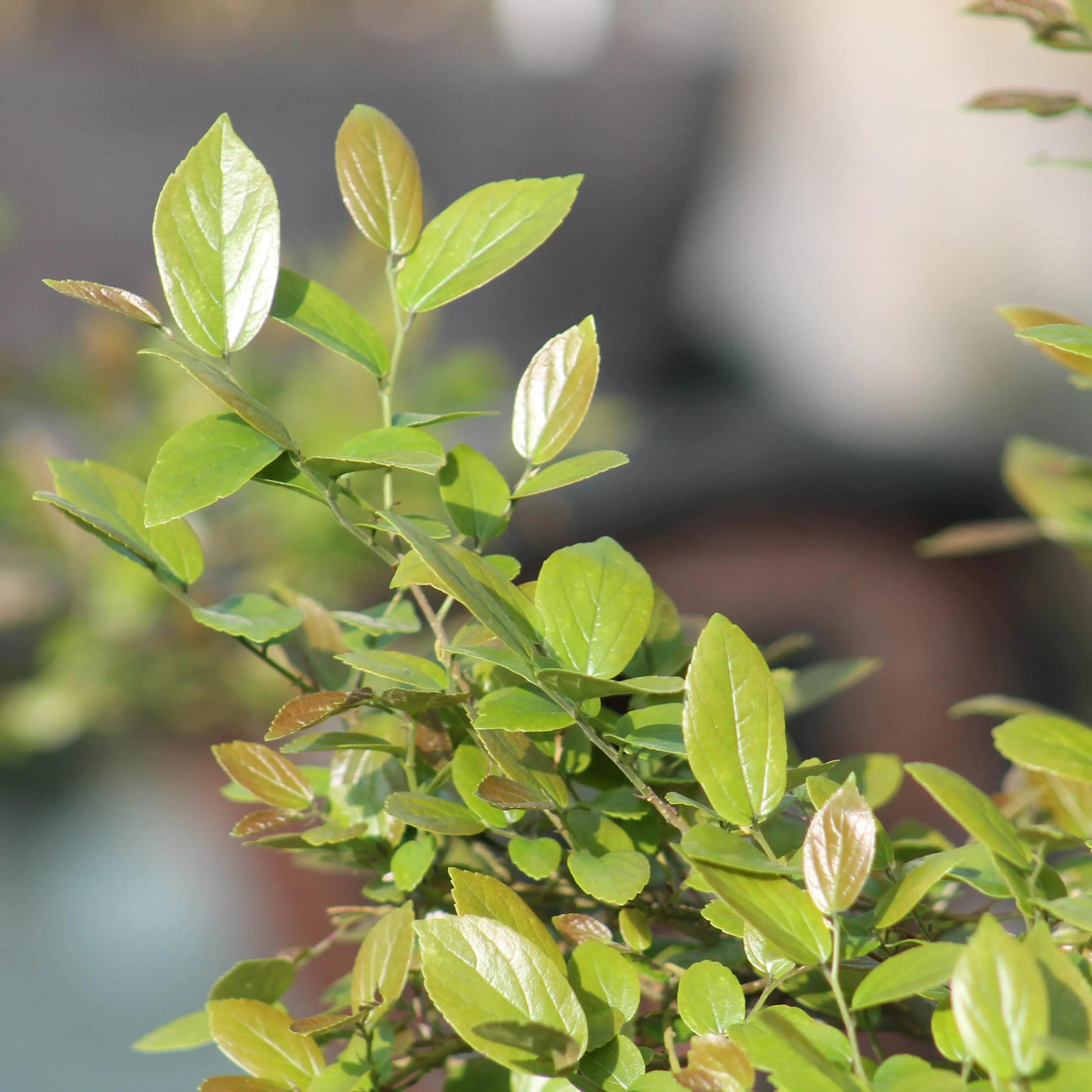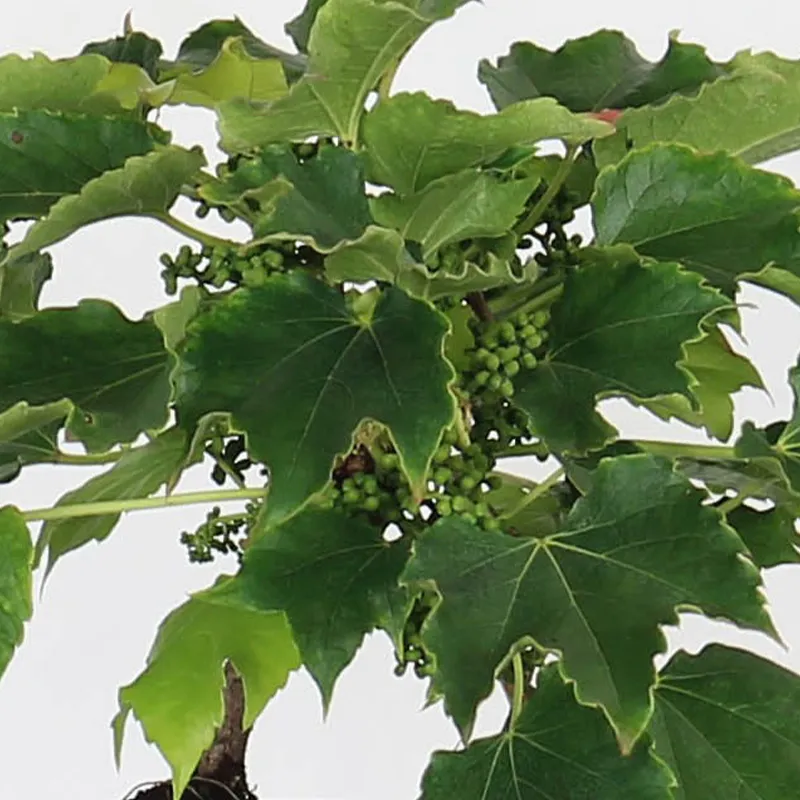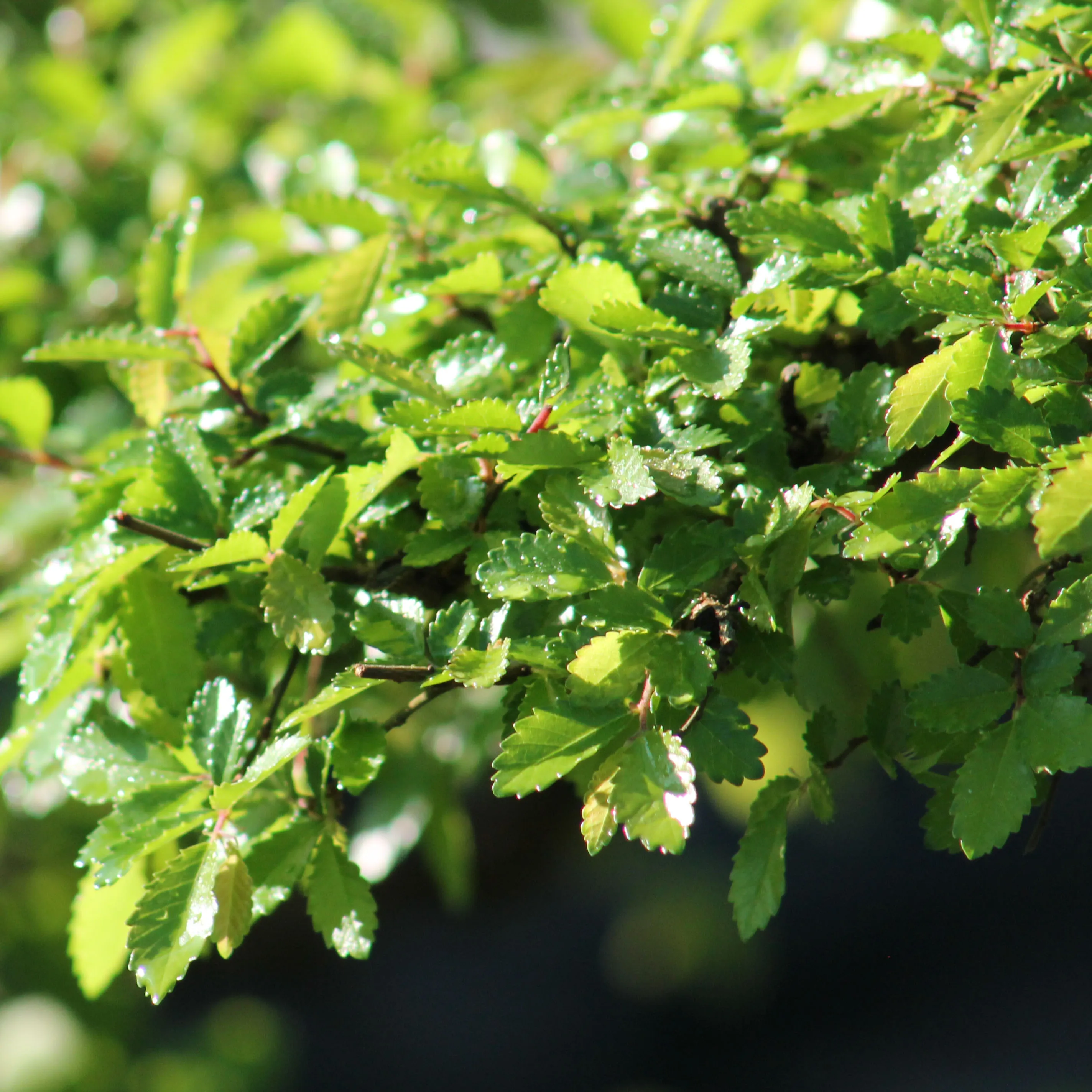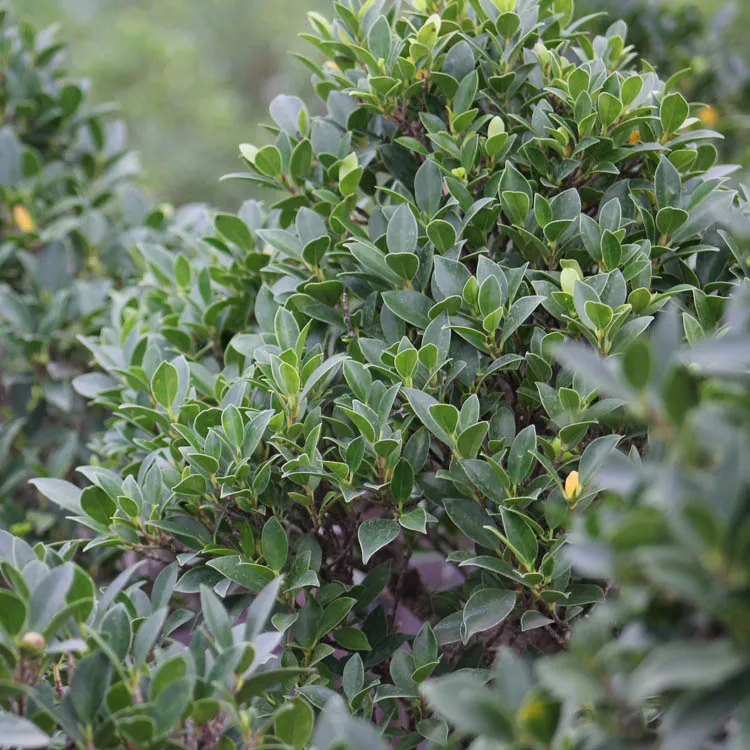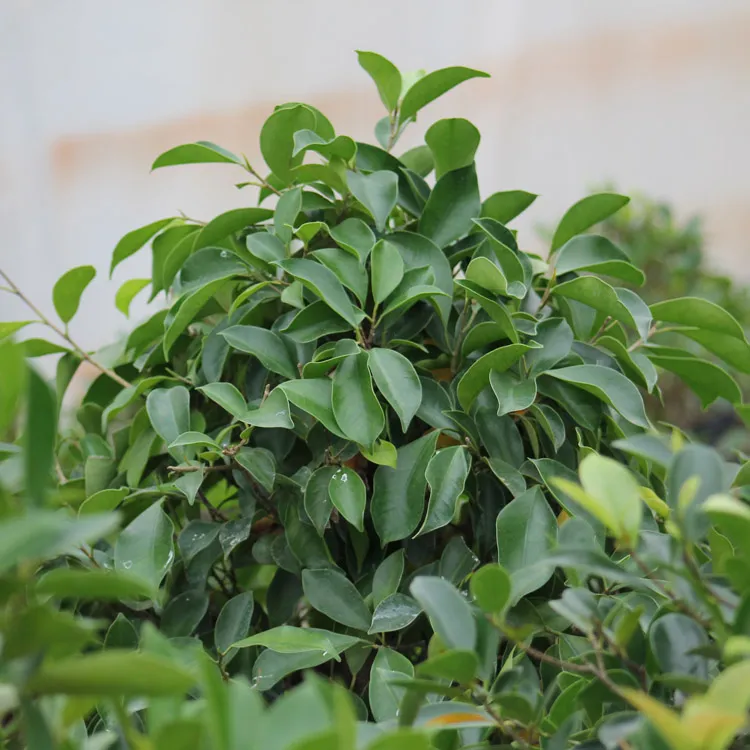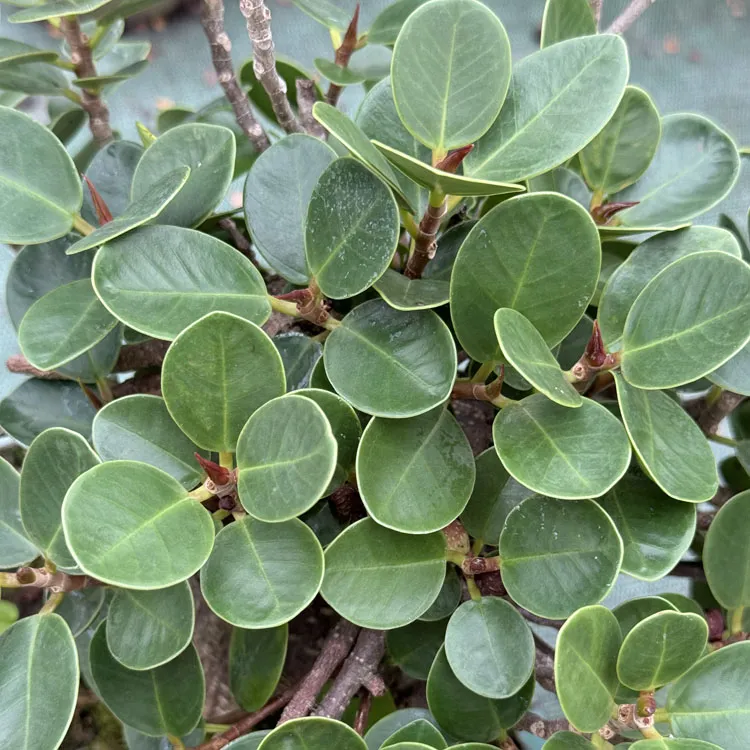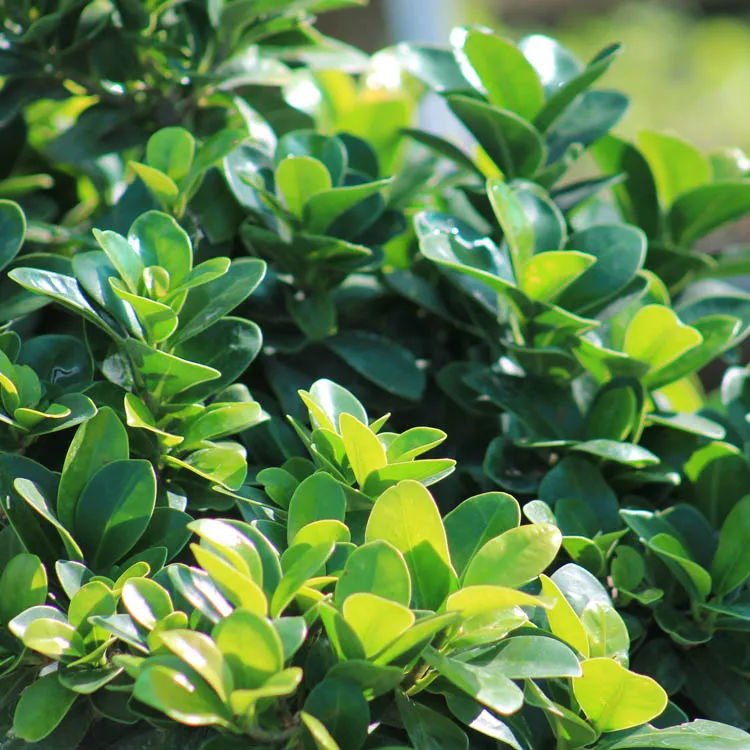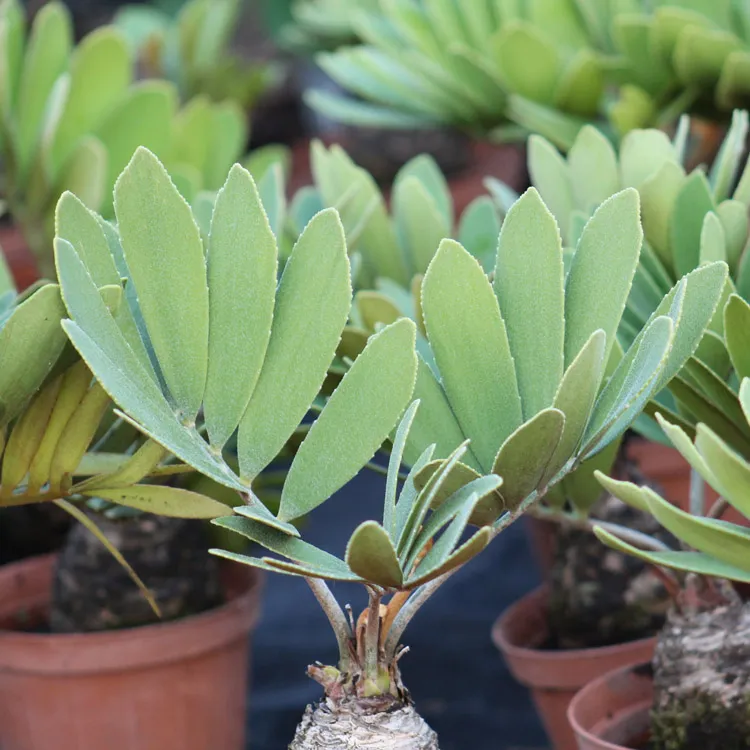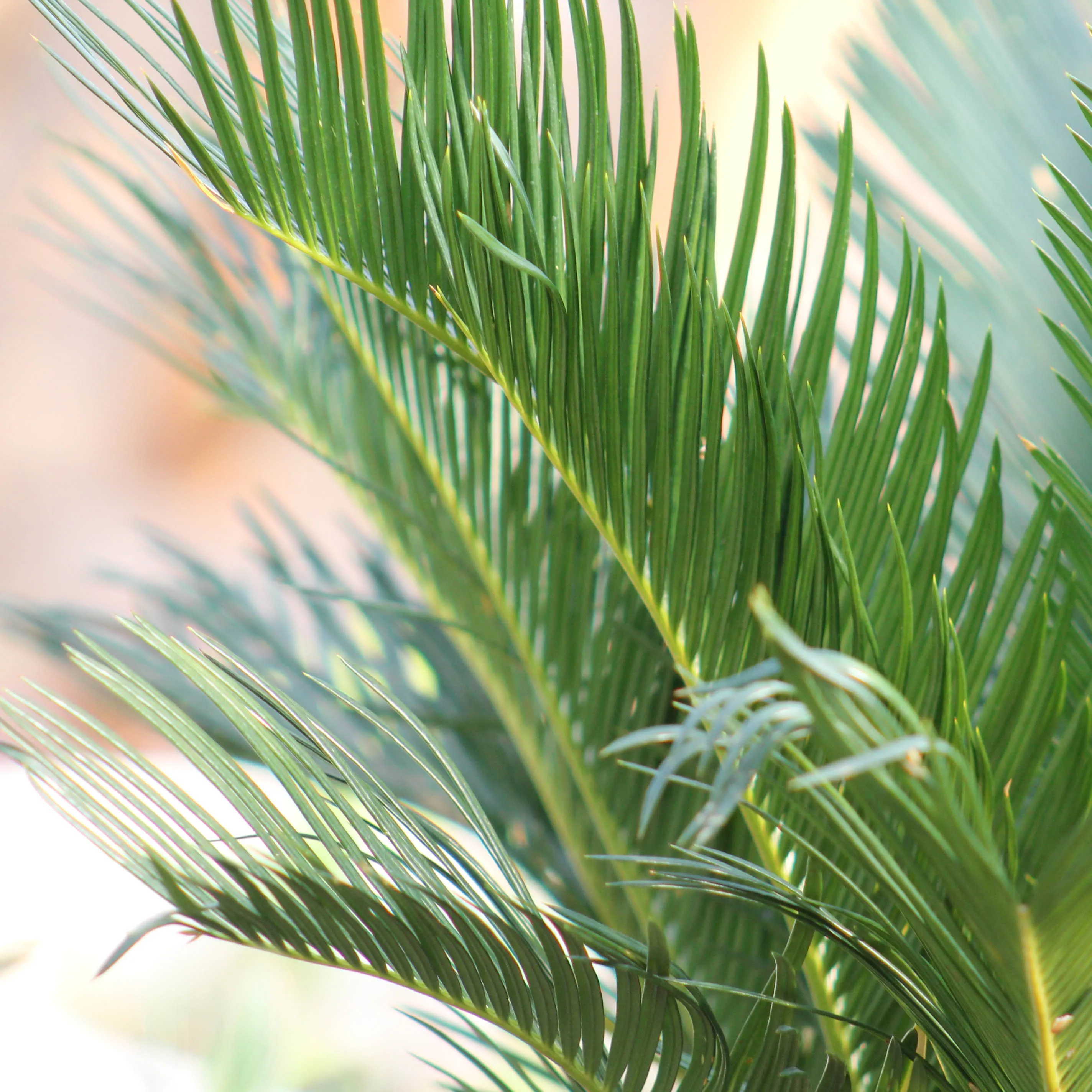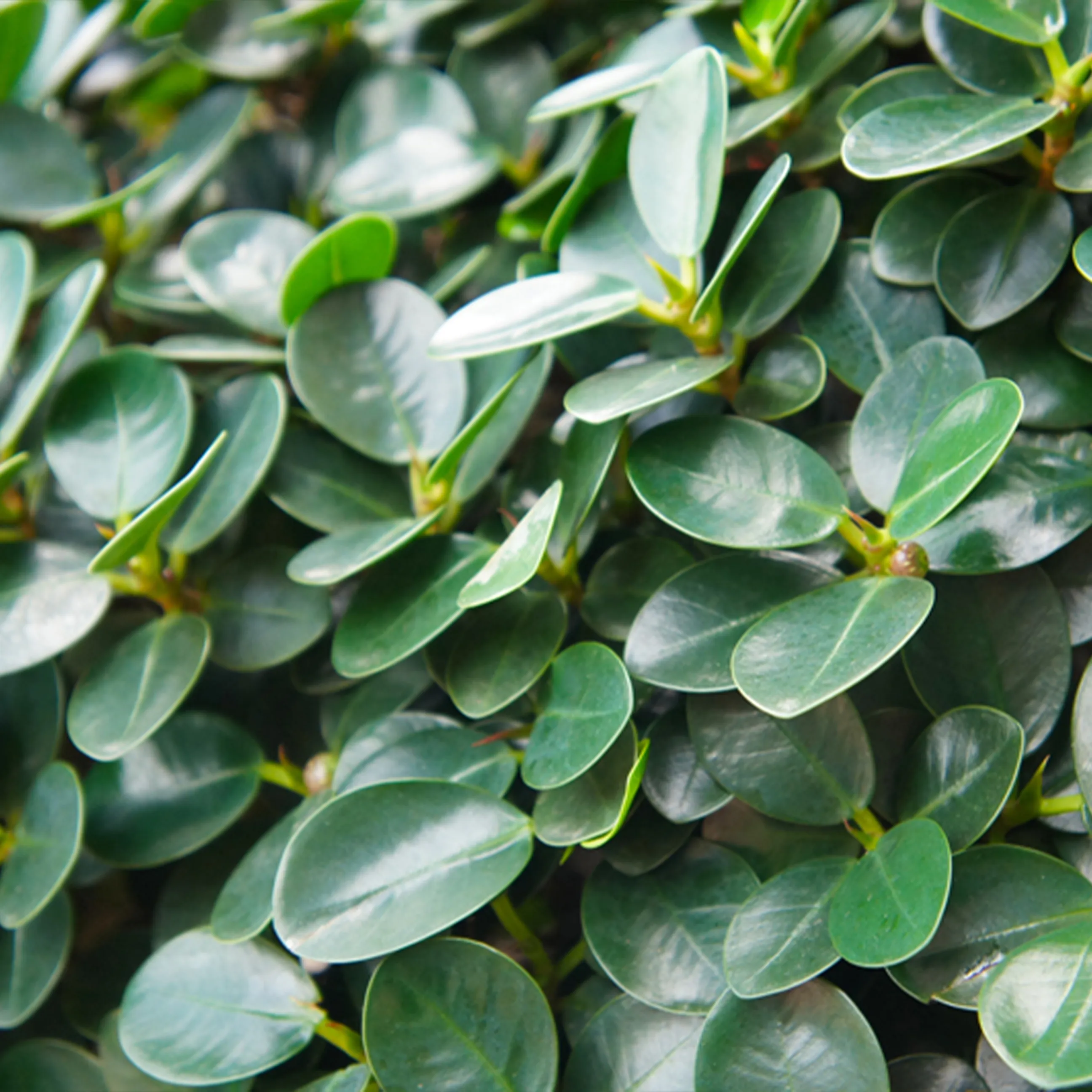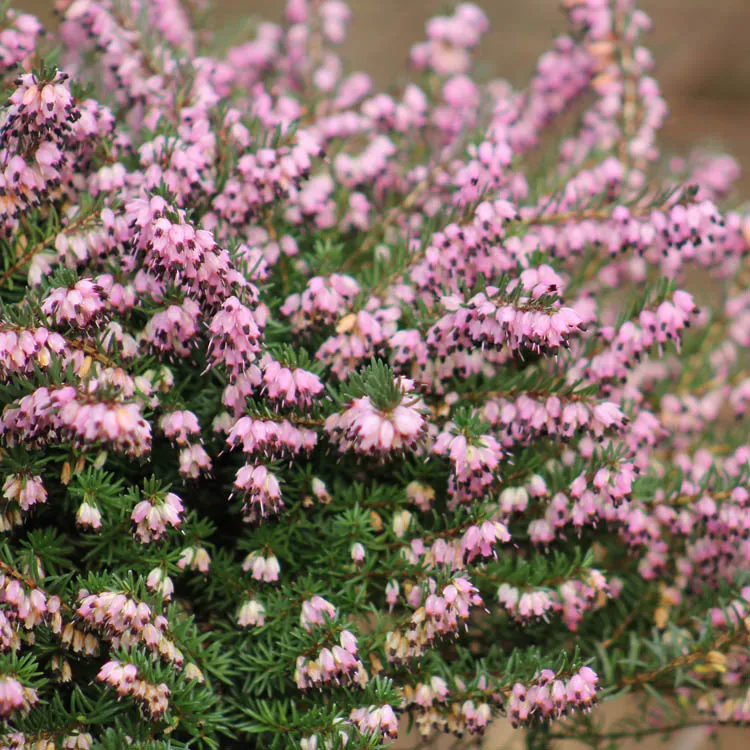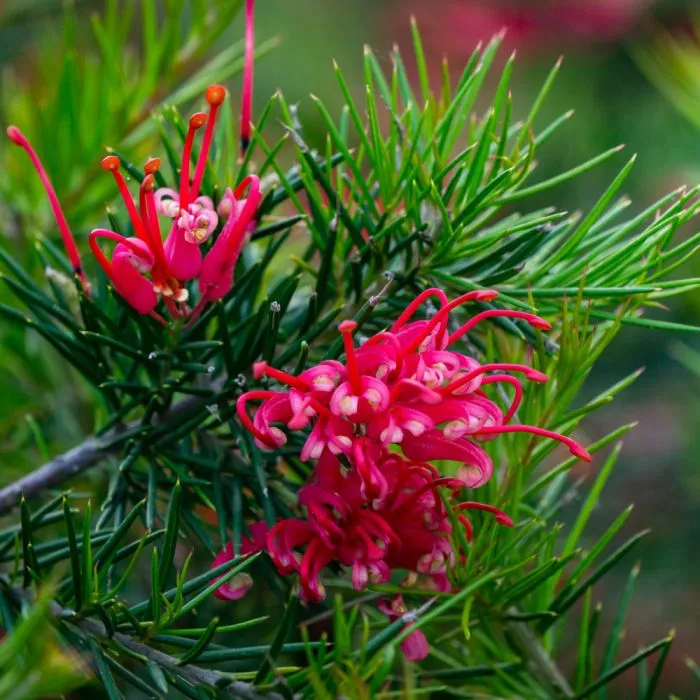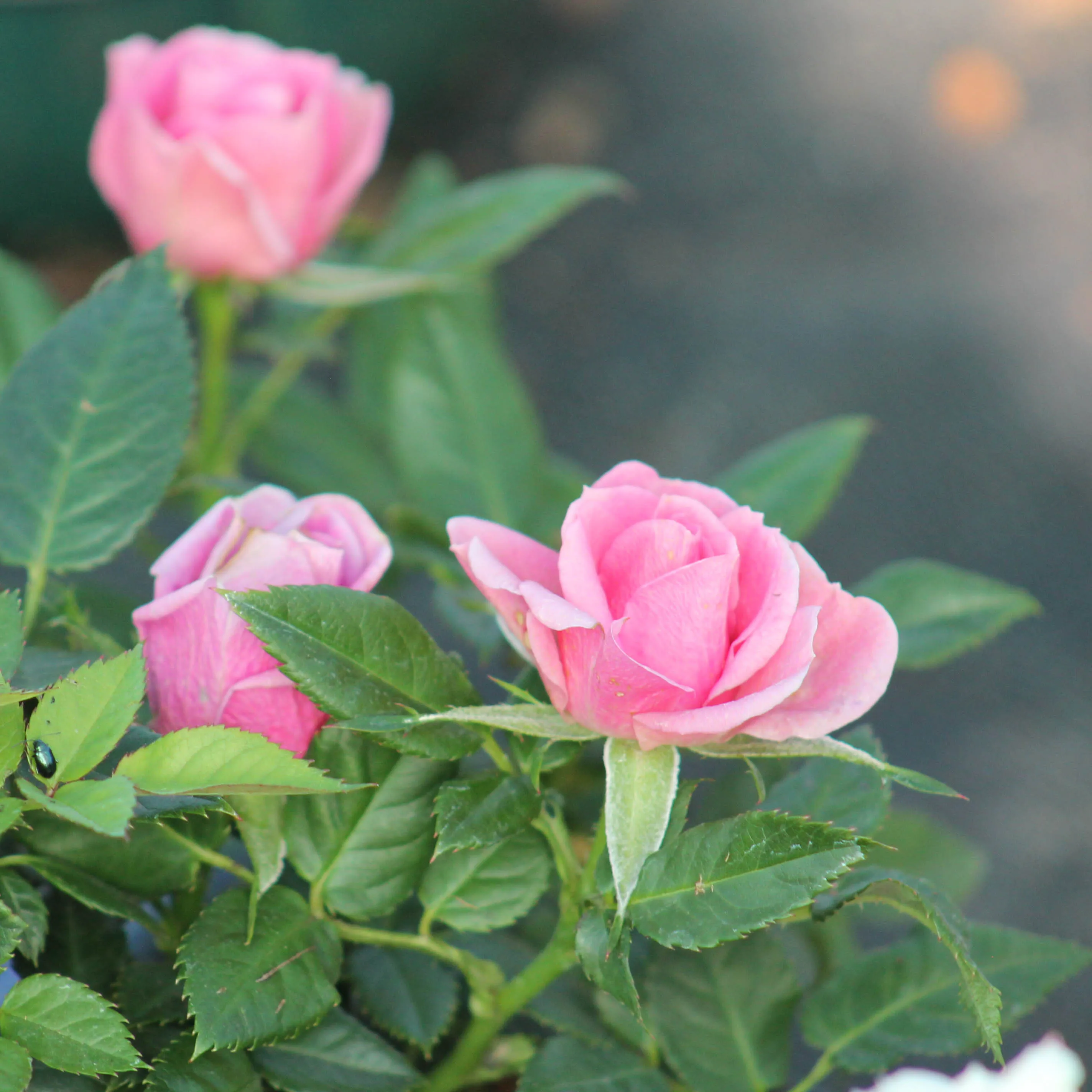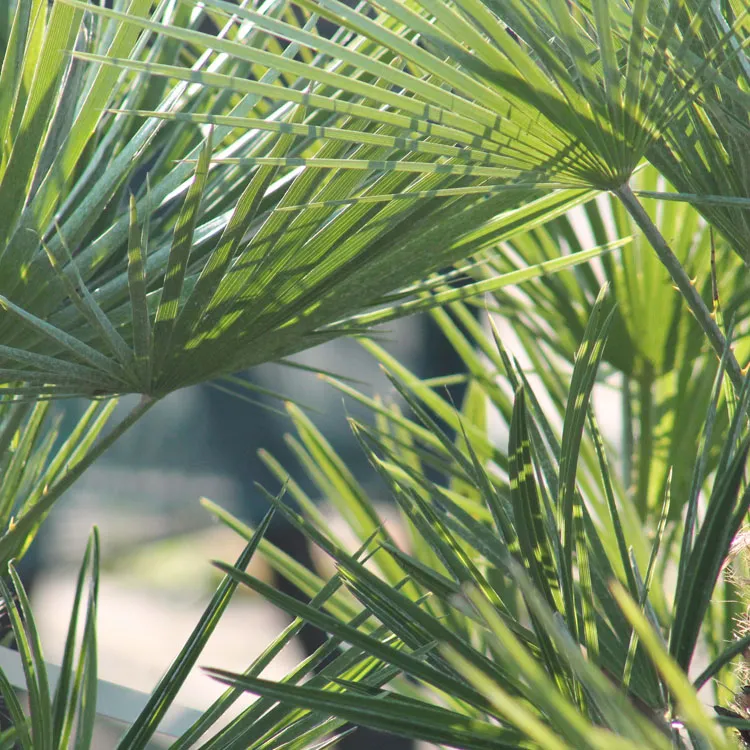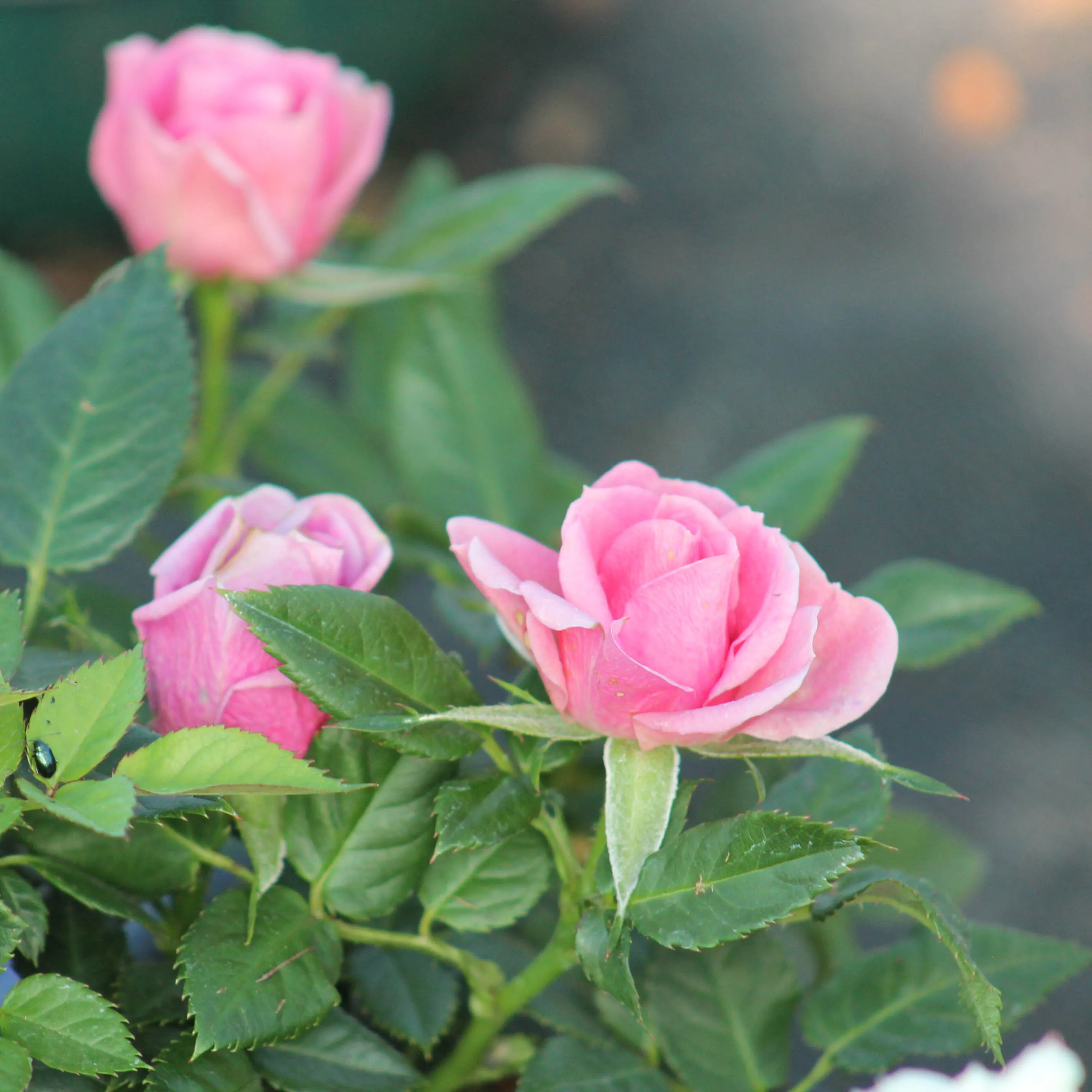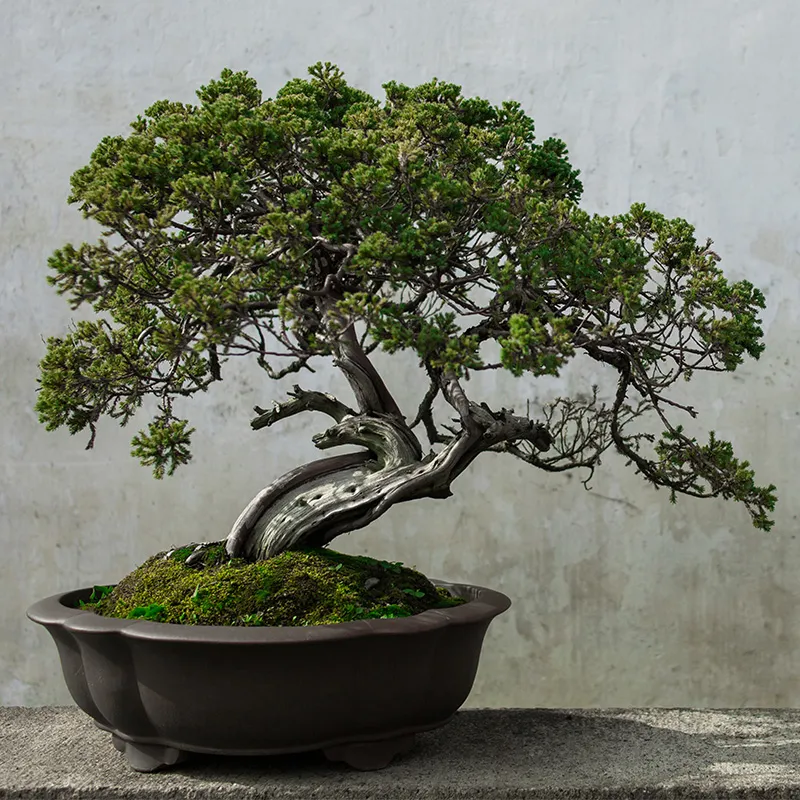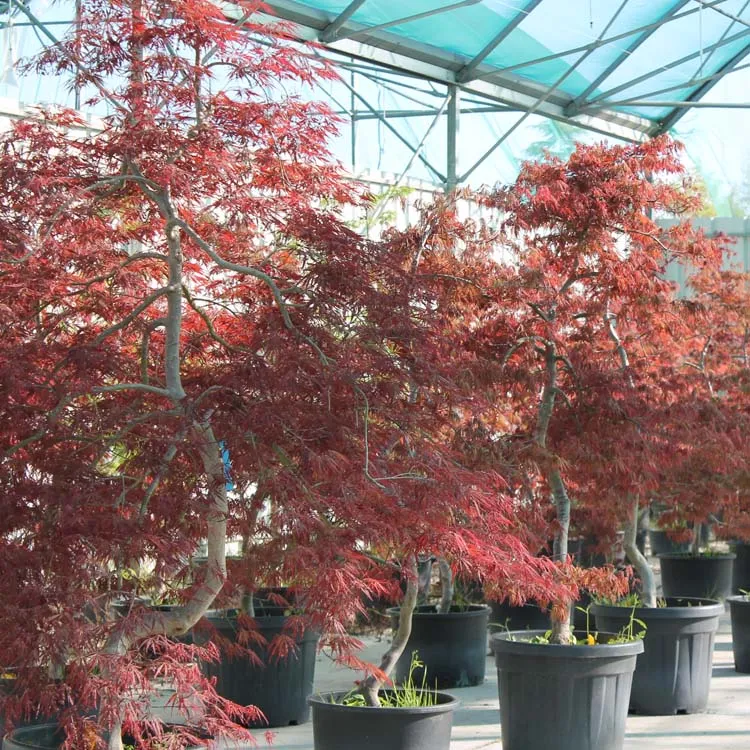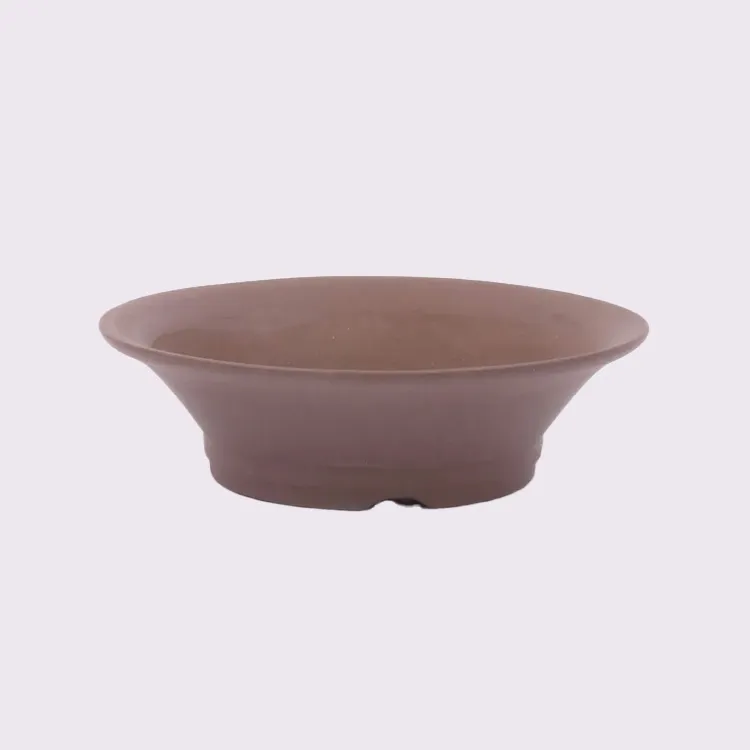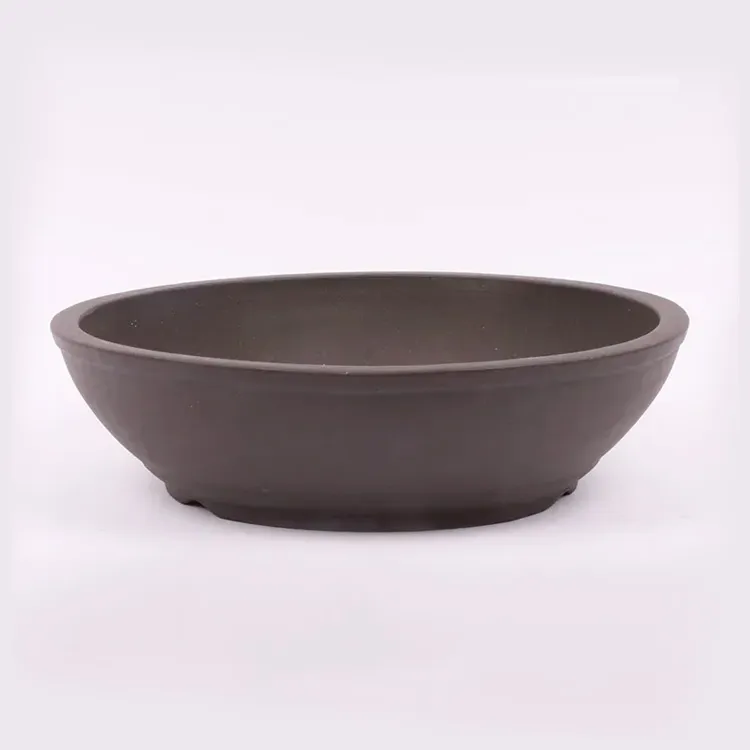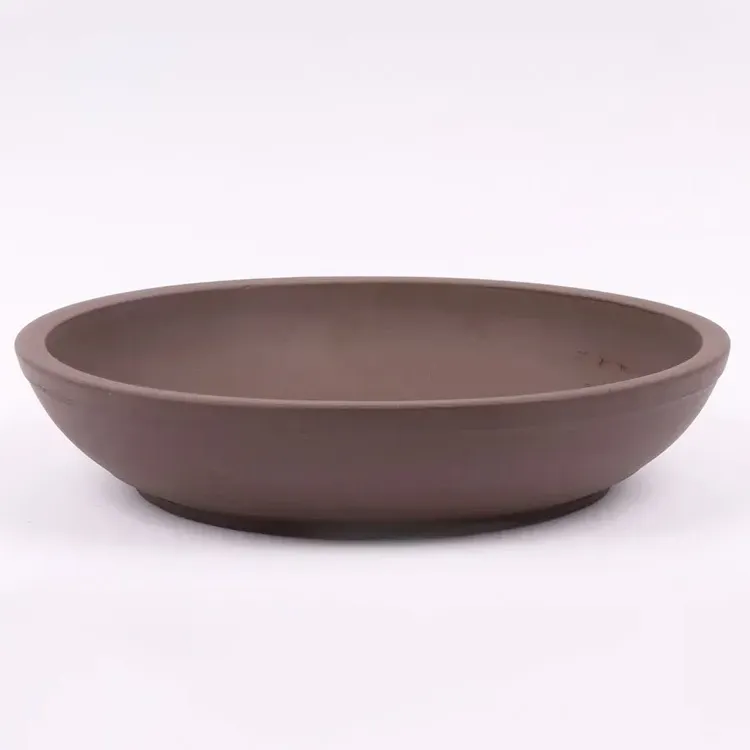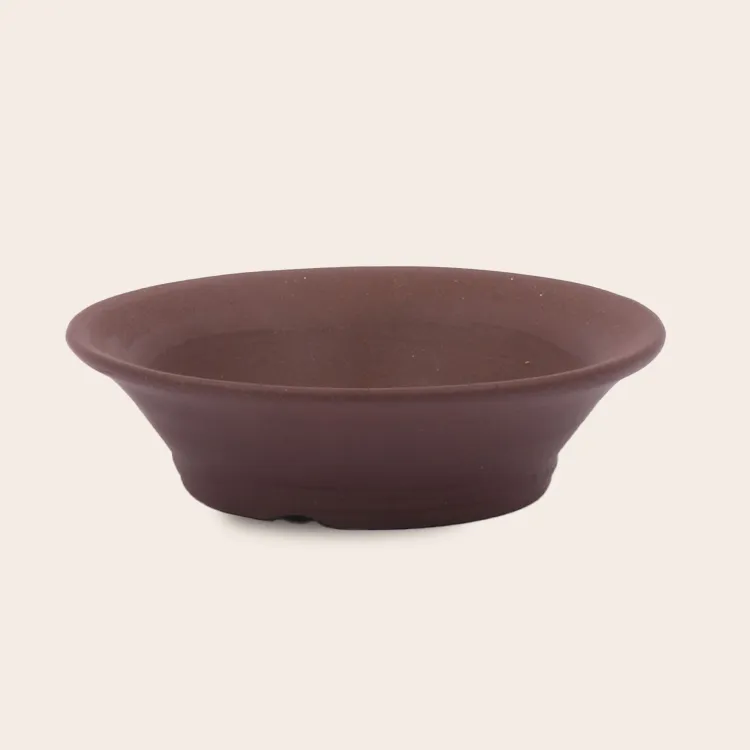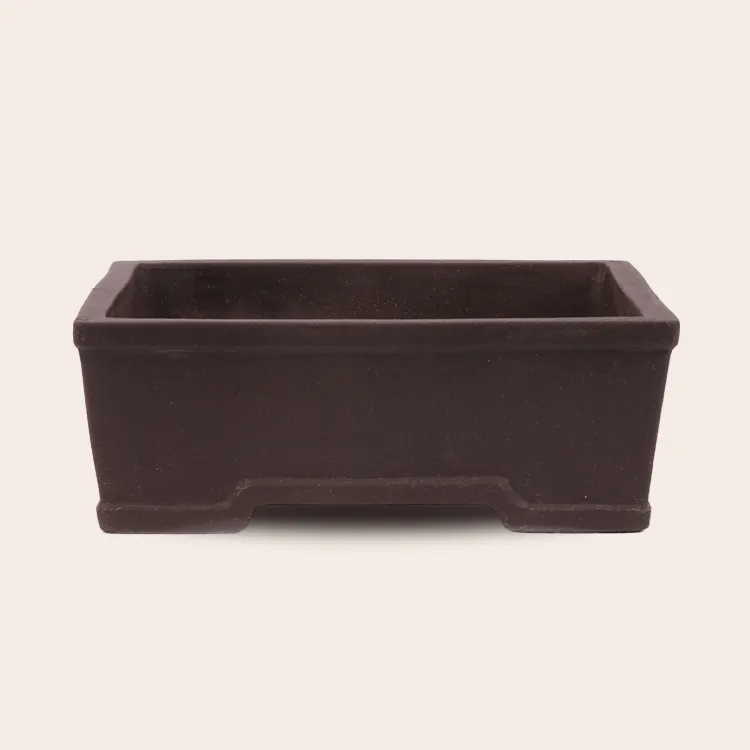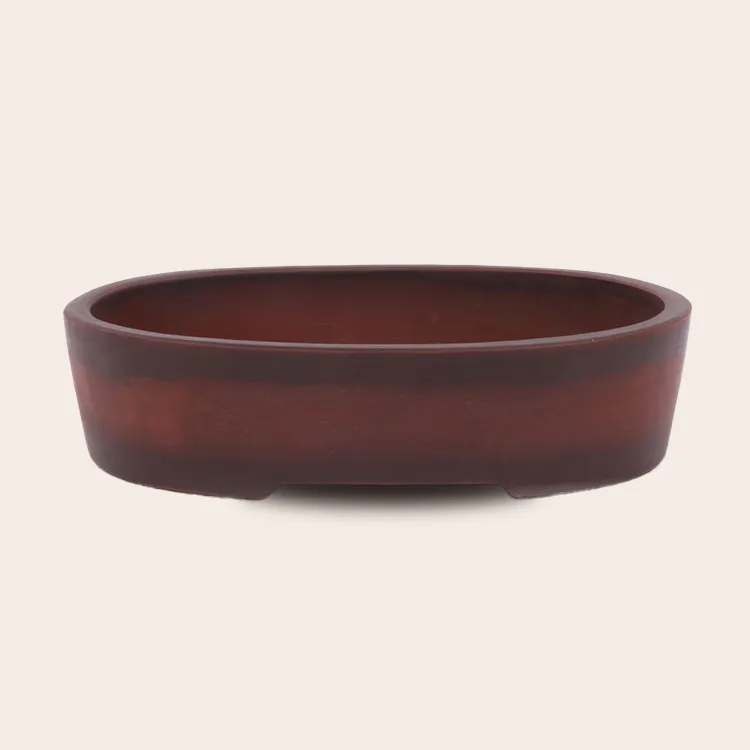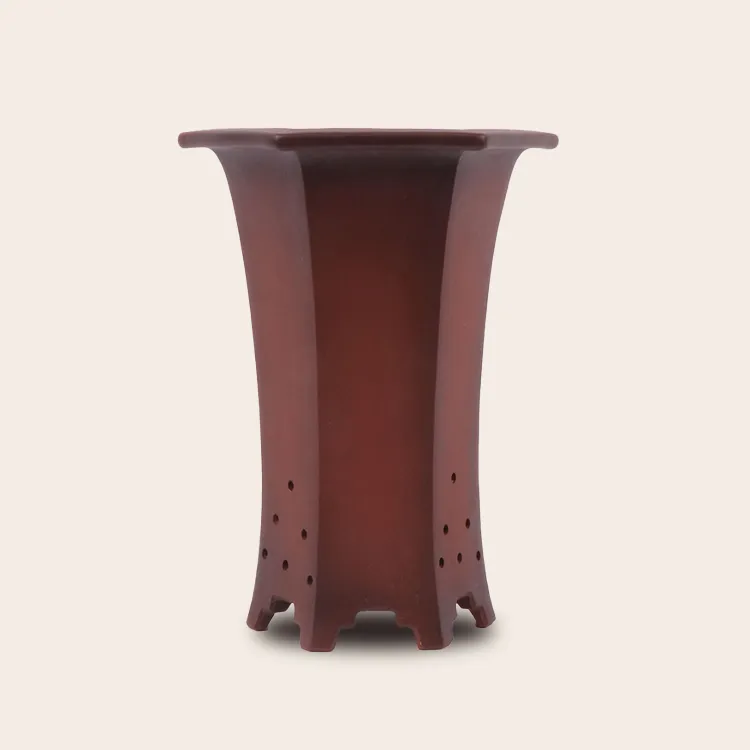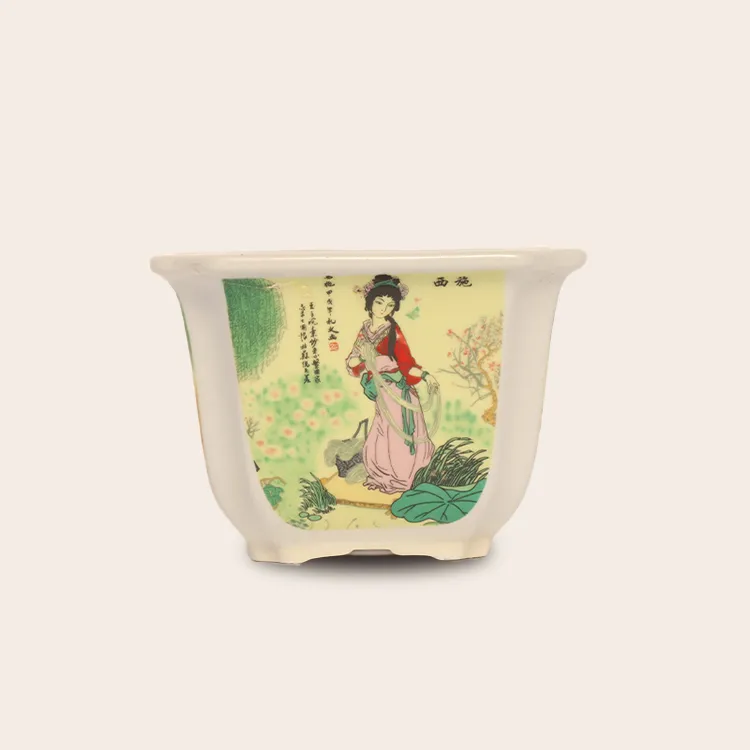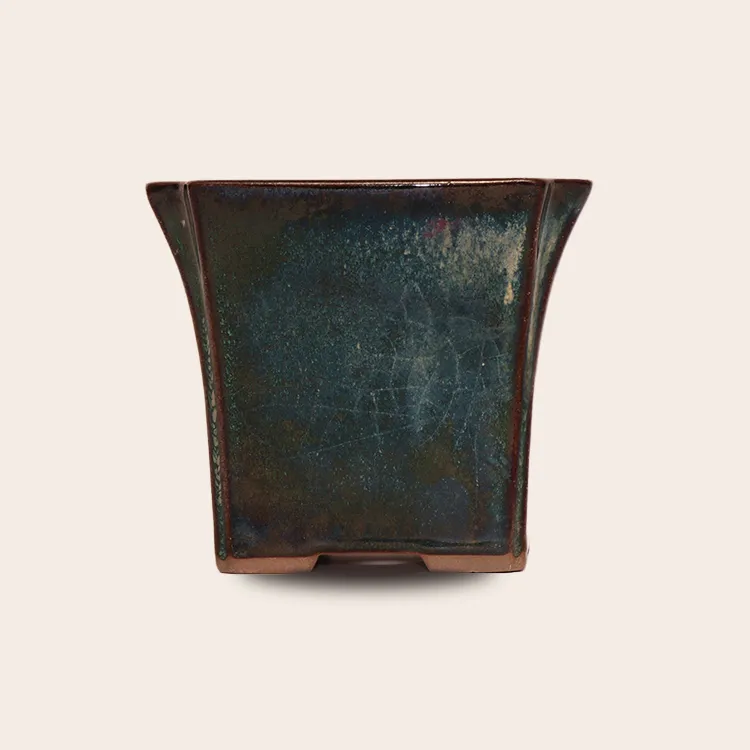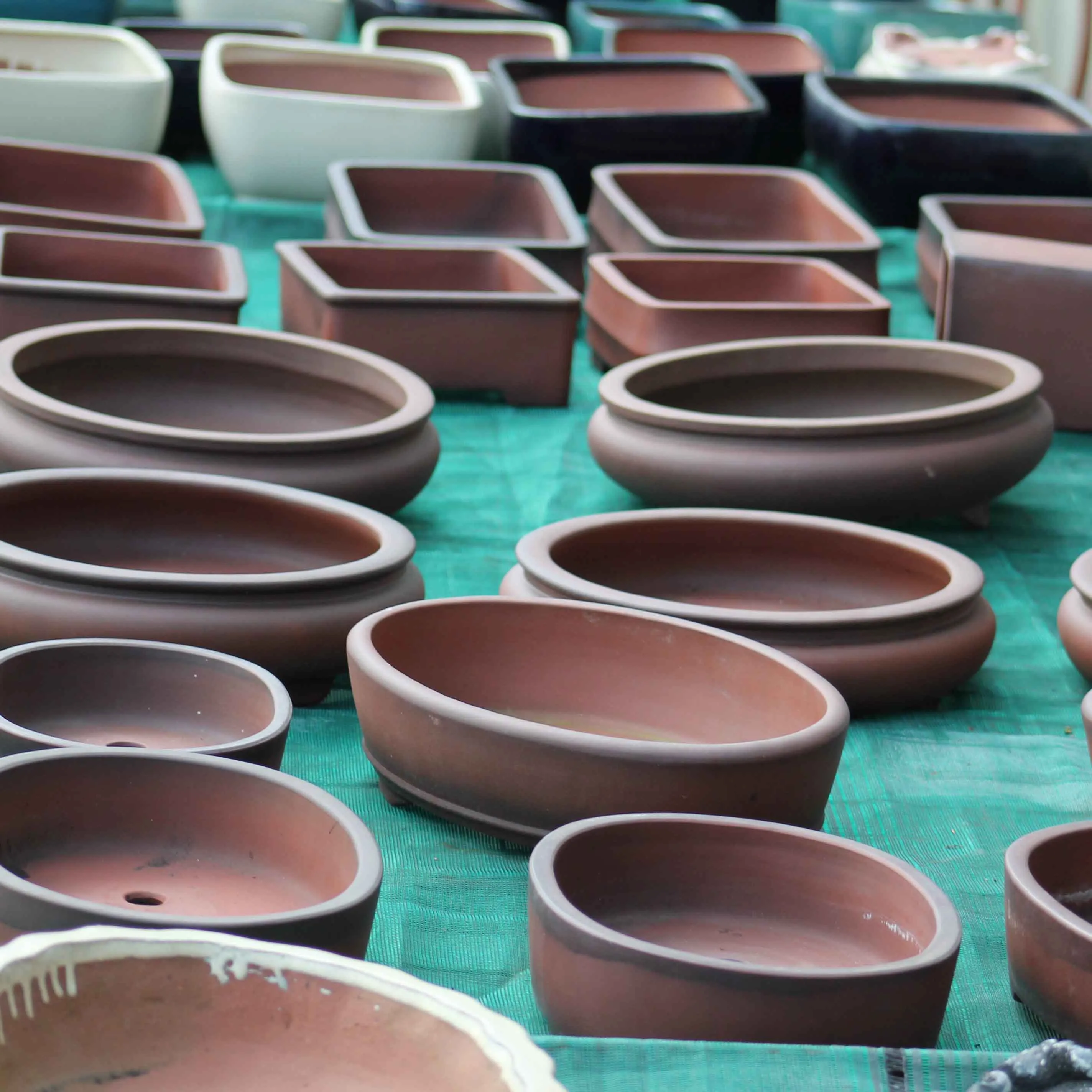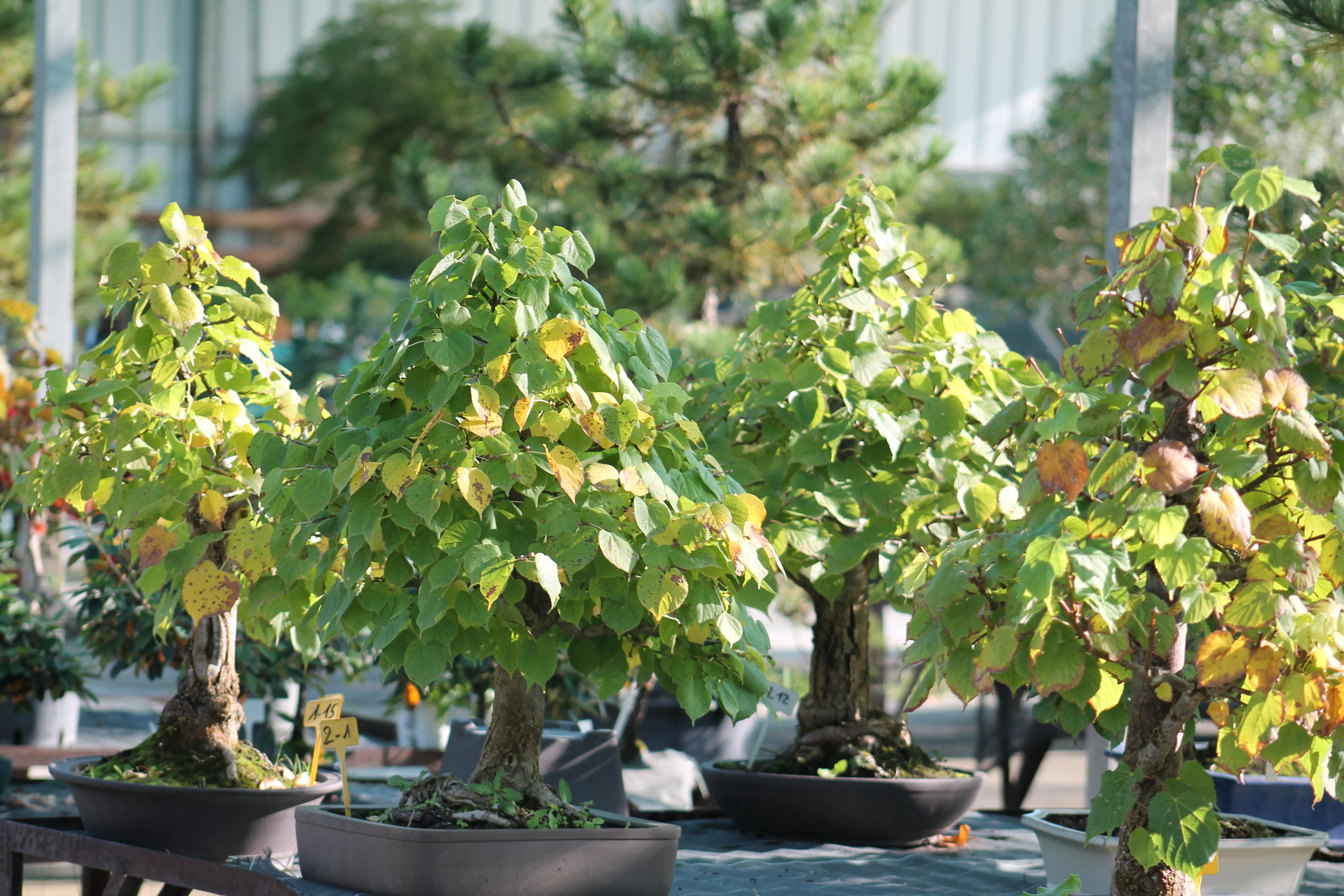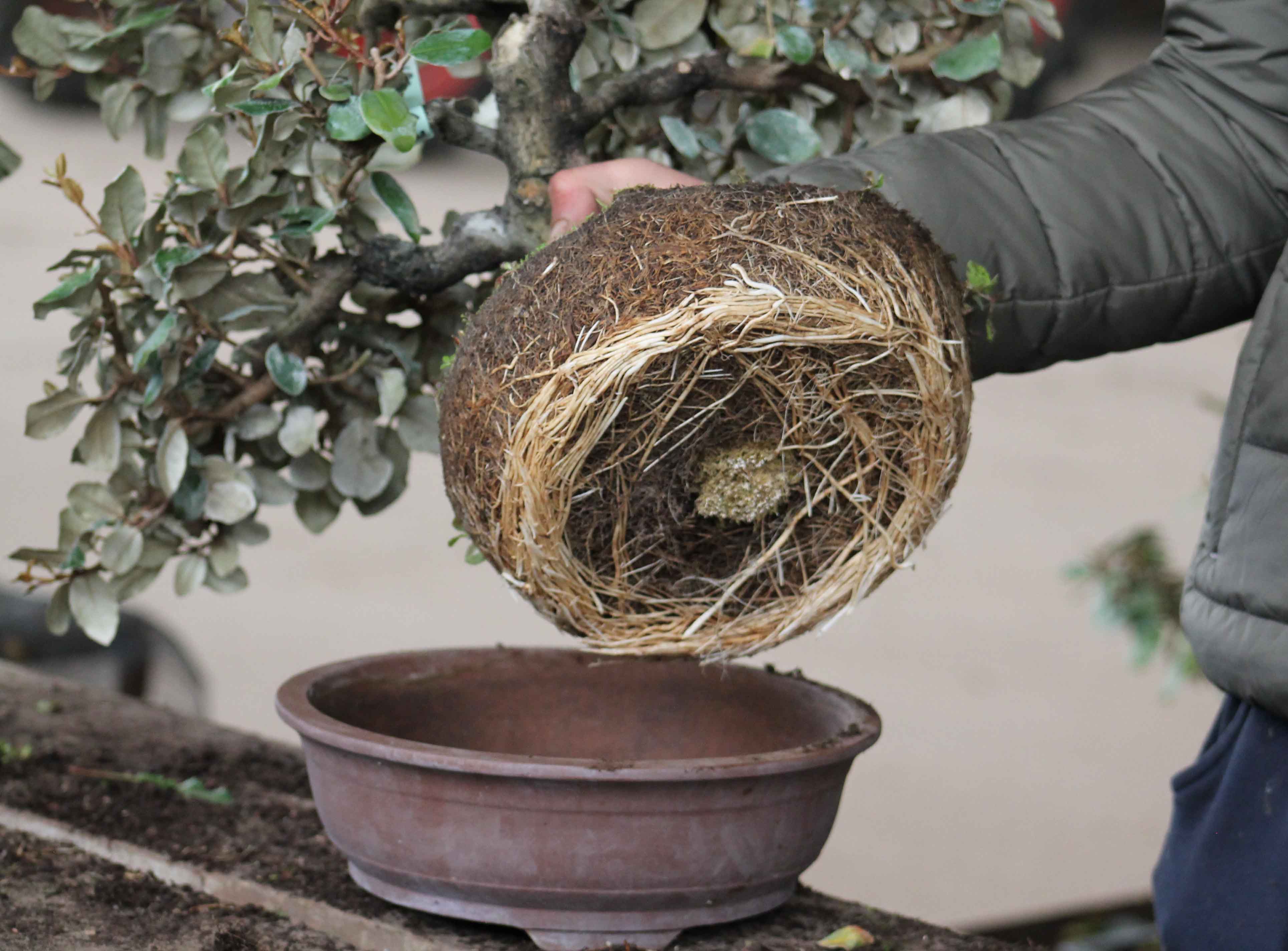September marks the transition between summer and fall. The days are getting shorter, the nights are getting cooler, and our bonsai are already sensing the change in season. It's a pivotal time, when trees take advantage of milder temperatures to restart their root activity and prepare essential reserves for winter.
It's often said that September feels like a second spring : and it's true! Many species are actively growing again, next year's buds are developing, and the foliage is already beginning to turn color, much to our delight.
Deciduous trees in celebration
Maples, hornbeams, elms, and other deciduous trees are already revealing their first autumnal hues. Depending on your region, the colors may arrive earlier or later, but one thing is certain: it's a magical moment that all enthusiasts eagerly await.
These species are still taking advantage of this dynamic to prepare their buds for the coming year. Keep a close eye on your trees: they're already showing you what they promise for next spring!
Conifers in transition
On pines (mugo, Scots, black, etc.) and other conifers, you'll notice that the oldest needles turn yellow and fall off. Don't worry: this is completely normal. Most conifers renew their needles every 2 to 3 years. You can gently remove them by hand or let the rain and wind do the work.
This natural cleansing period is important because it allows the tree to conserve its energy for the newest needles.
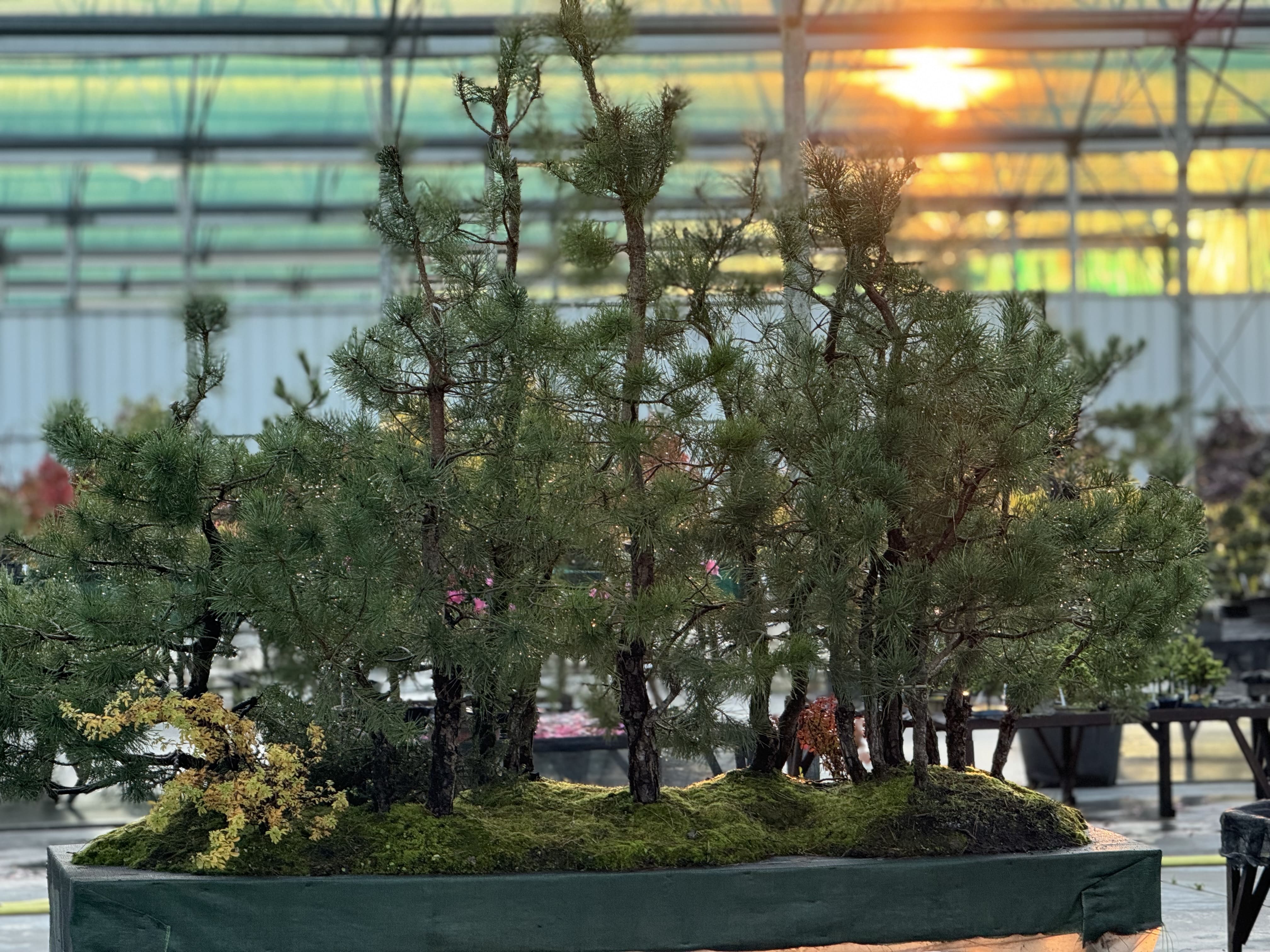
Watering: vigilance required
In September, the weather can be unpredictable: hot days, cool nights, sudden rains... It's therefore essential to adjust your watering schedule daily.
- Don't leave your trees in a permanently soggy substrate.
- Species like pines, junipers, and oaks particularly need aerated soil and healthy mycorrhizae.
- Keep in mind that excessive moisture is more harmful than a few hours of dryness.
Fertilizer: priority to reserves
Now is the time when your bonsai are recharging their batteries to face winter. Fall fertilizer is therefore essential.
Choose:
- fertilizers richer in phosphorus and potassium (for the roots and bud formation),
- a little less nitrogen (to prevent overly tender growth before the cold).
A balanced chemical fertilizer such as 12-12-17 is ideal. You can also supplement with organic fertilizers and foliar sprays of trace elements.
Pruning and maintenance
This month remains favorable for formative pruning:
- Ficus, elms, and other vigorous species can be cut back to their ripening branches.
- Remove dead leaves and thin the branches if necessary to allow light to penetrate the tree.
This helps maintain a beautiful structure and prepare your trees for winter without excess vegetation.
Repotting
September is also an excellent time to repot certain plants, especially conifers. Temperatures are still mild enough to allow new roots to sprout before winter.
In cooler regions, be careful: repotting too late could expose young roots to frost. If you're unsure, it's best to wait until spring.
Tying and guying
All species can be wired or guyed in September. Growth slows compared to spring, which reduces the risk of bark scarring.
However, monitor your wires regularly. Winter remains the best time to wire with confidence, but September is already a good time if you want to start correcting a structure.
In summary
September is a rich and exciting month for our bonsai:
- The deciduous trees amaze us with their colors,
- The conifers shed their old needles,
- And we carefully care for them with measured watering, appropriate fertilization, and minor pruning.
Preparing your trees now will ensure they have a healthy winter and an even more promising spring.
See you next month to discover October's projects together!


 Production of French Bonsai
Production of French Bonsai
